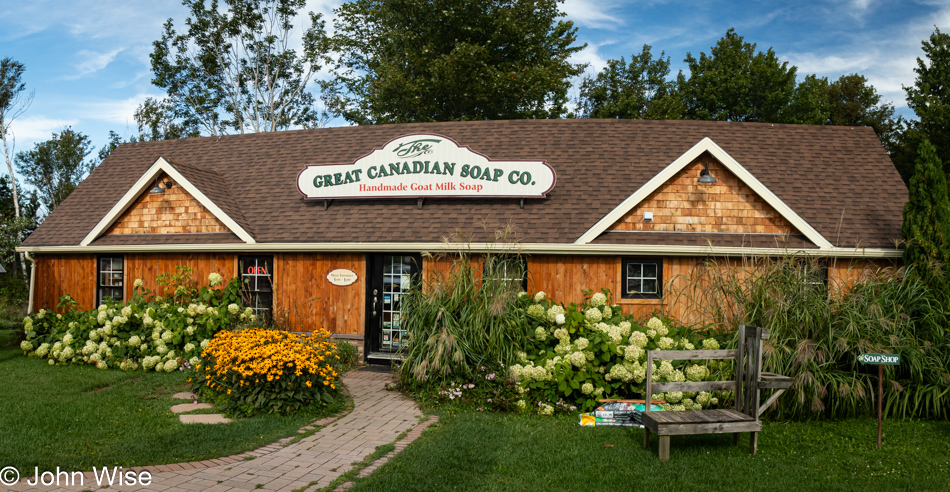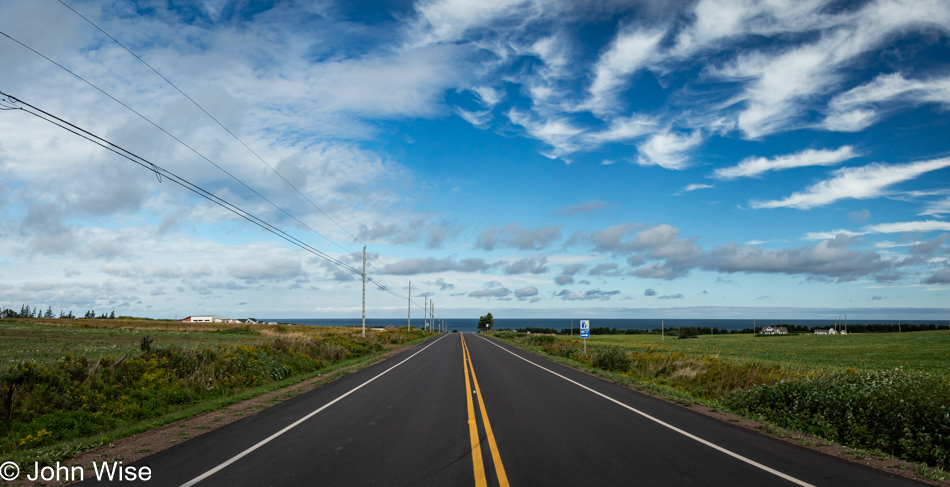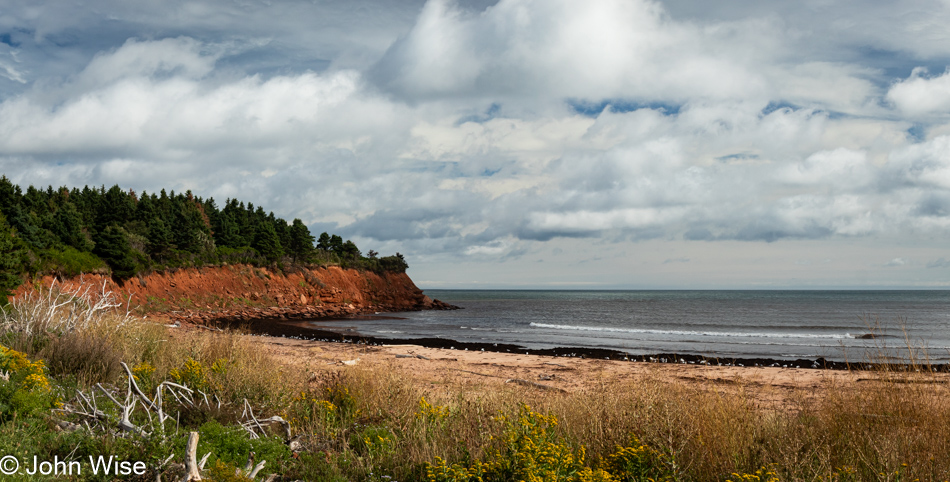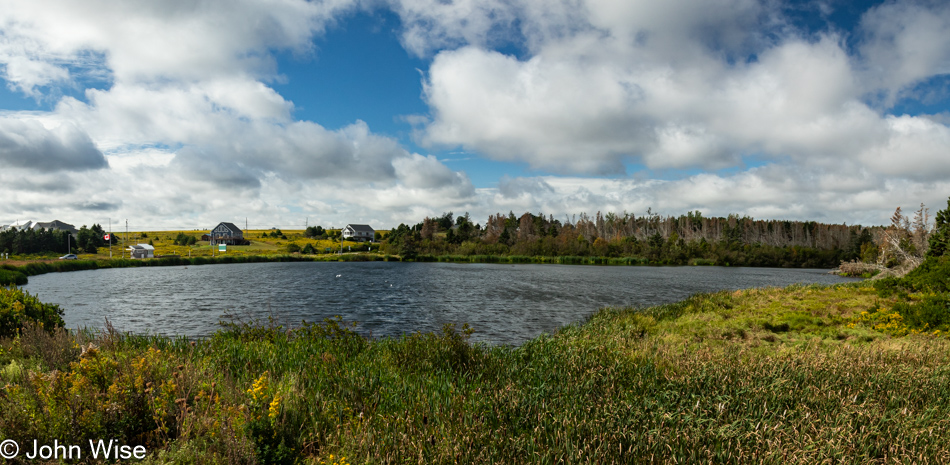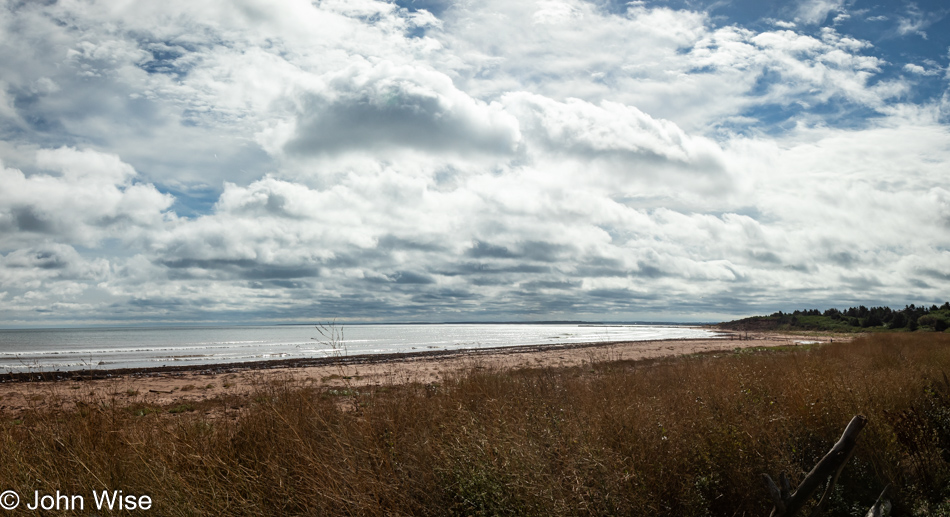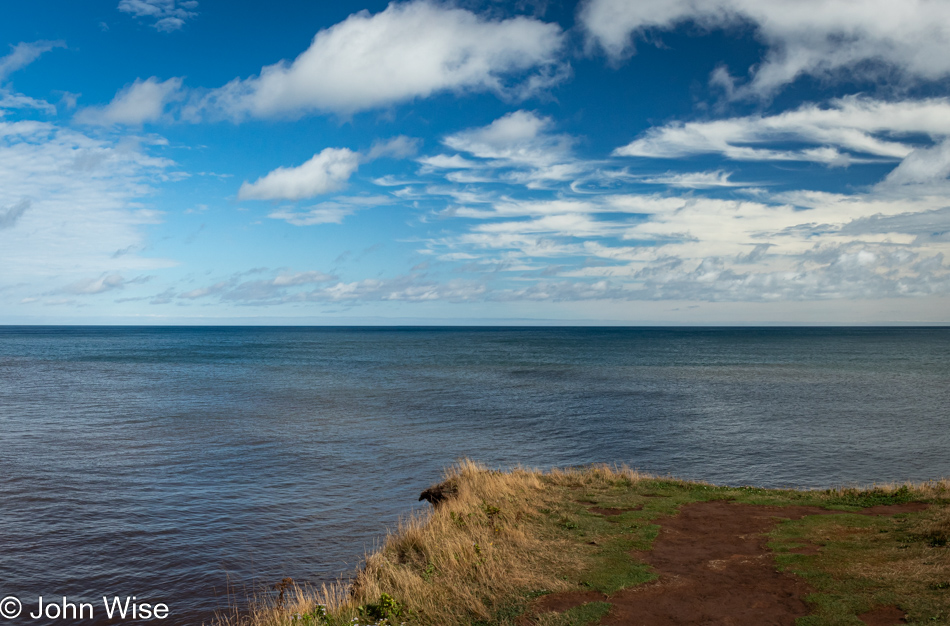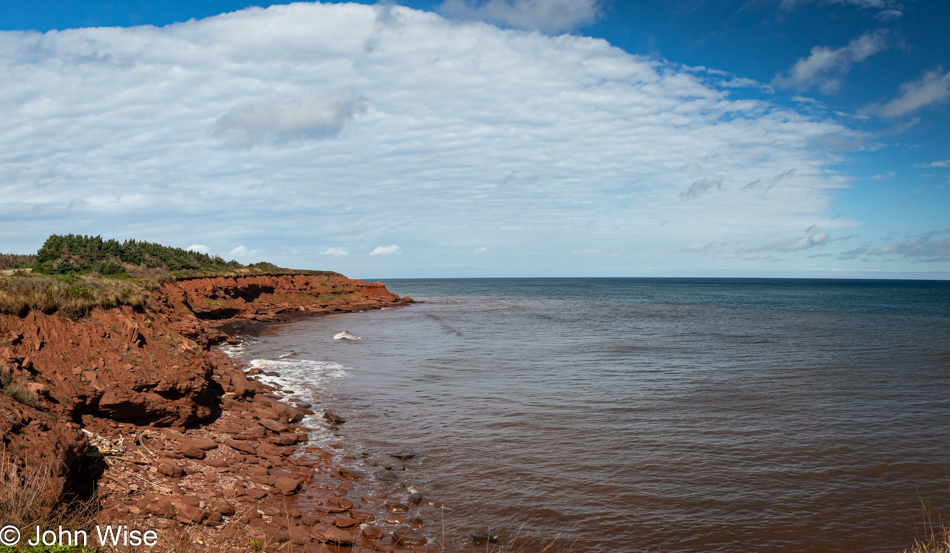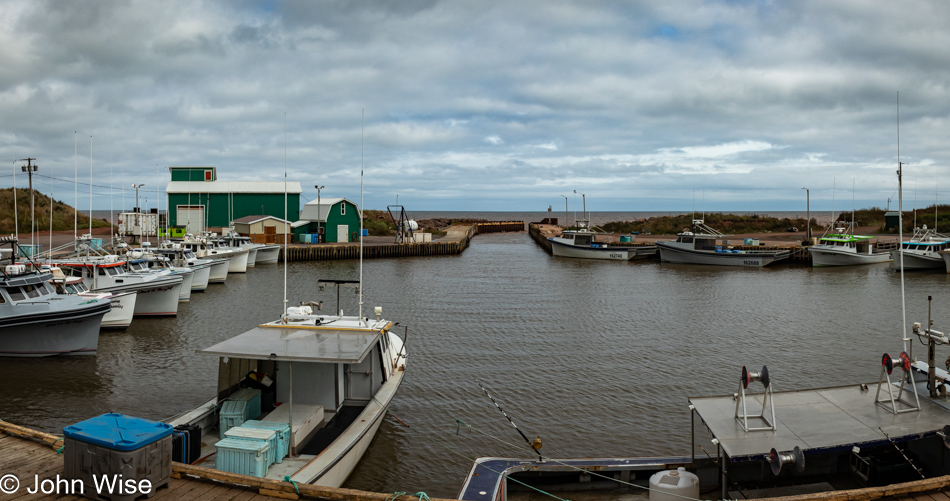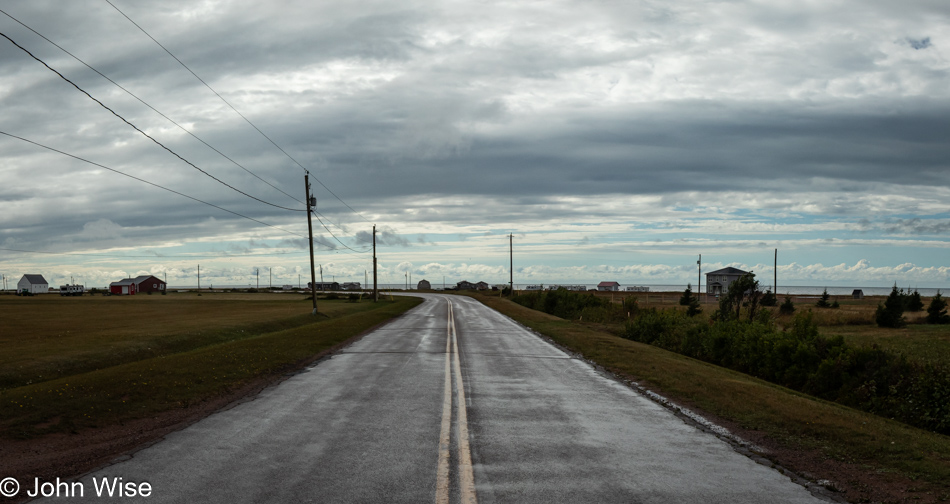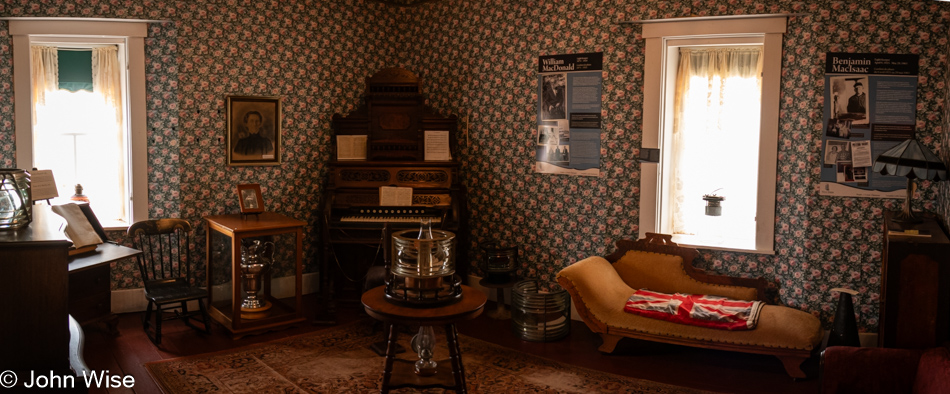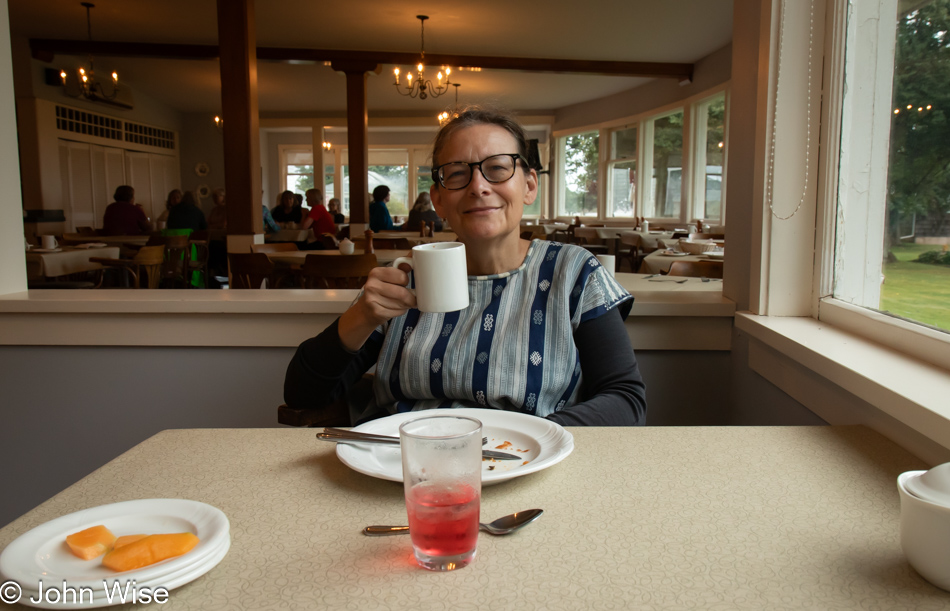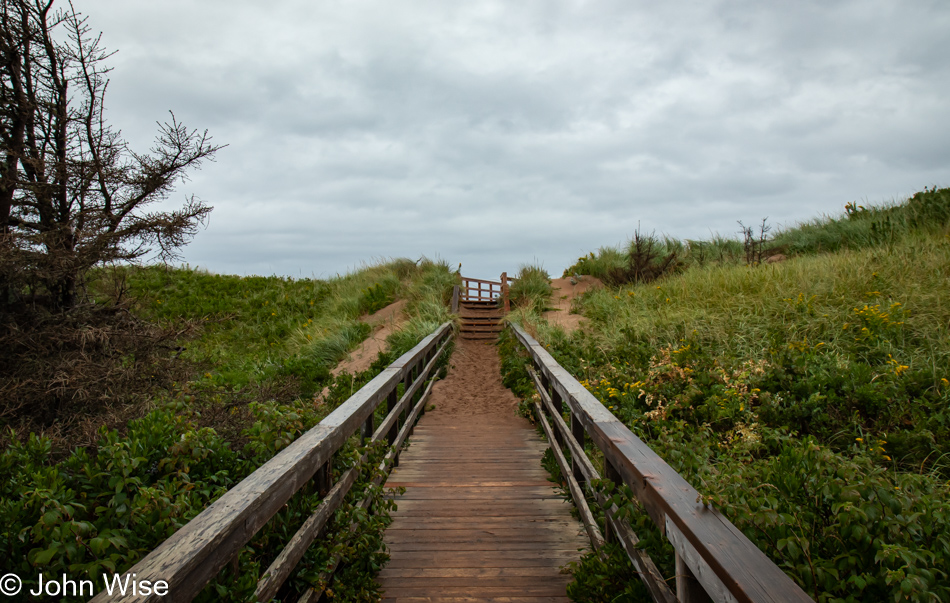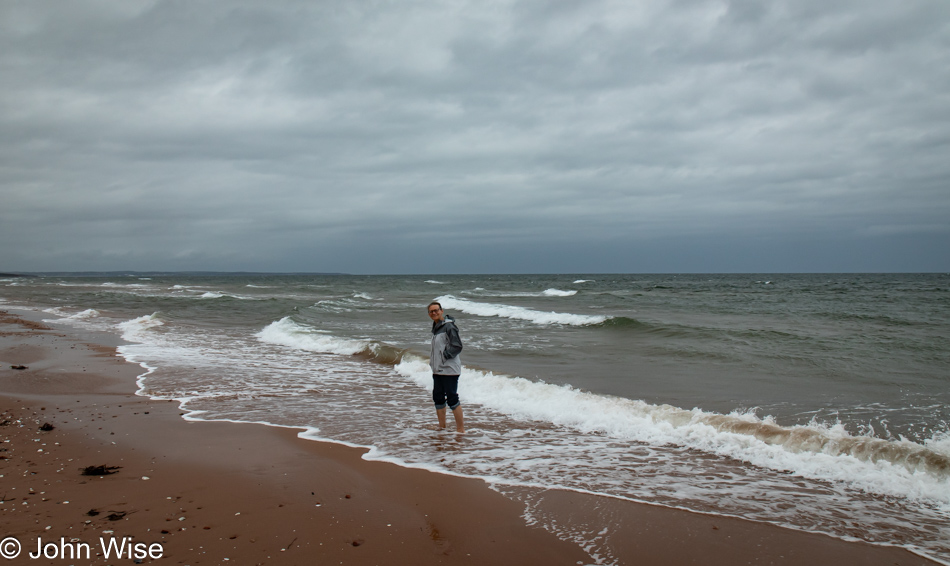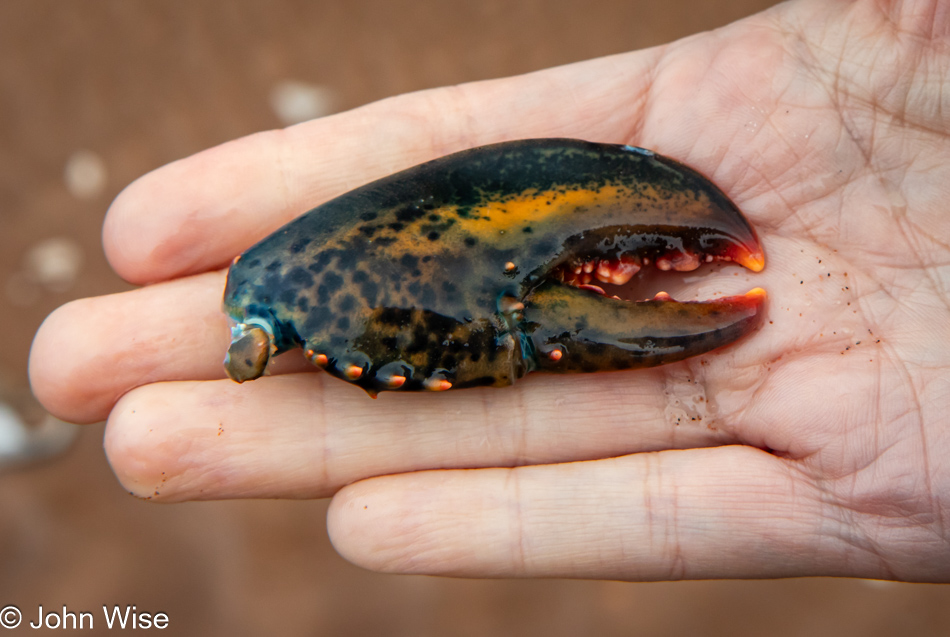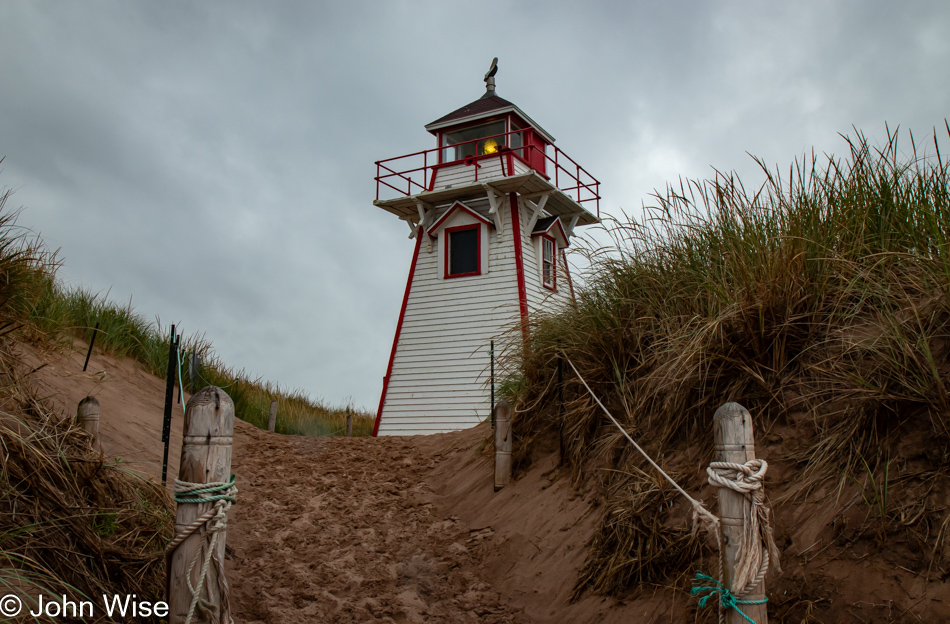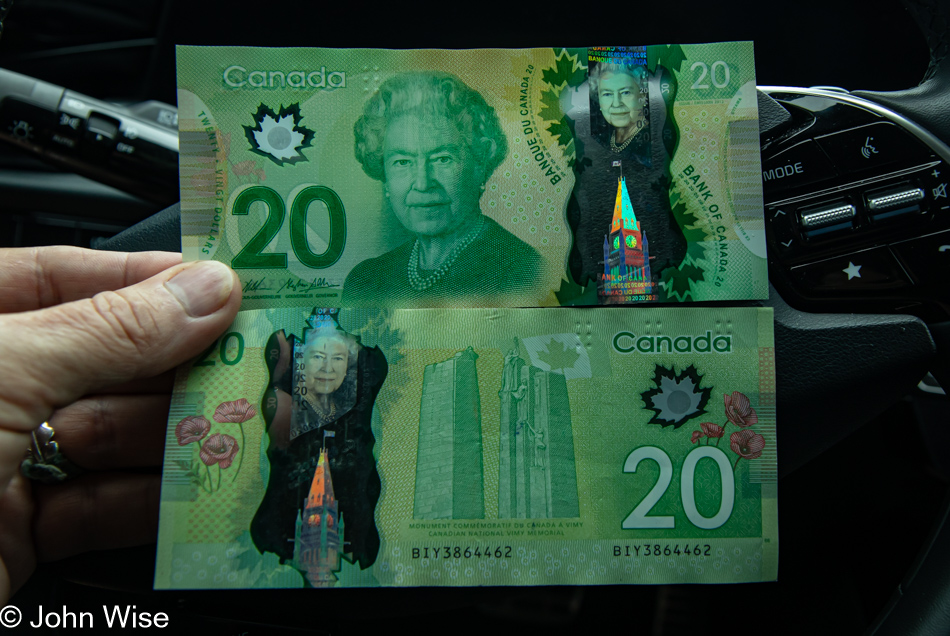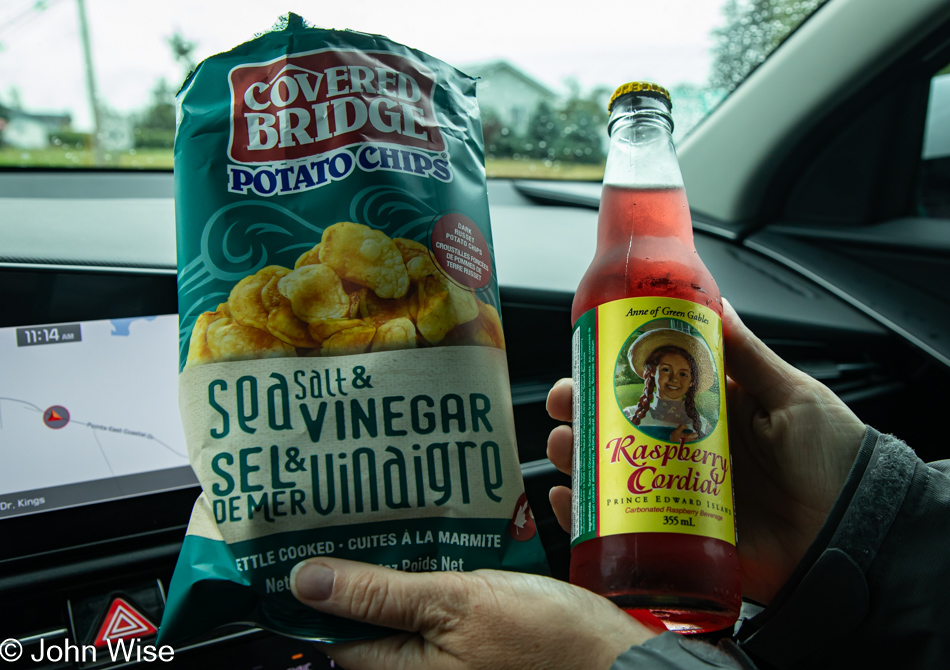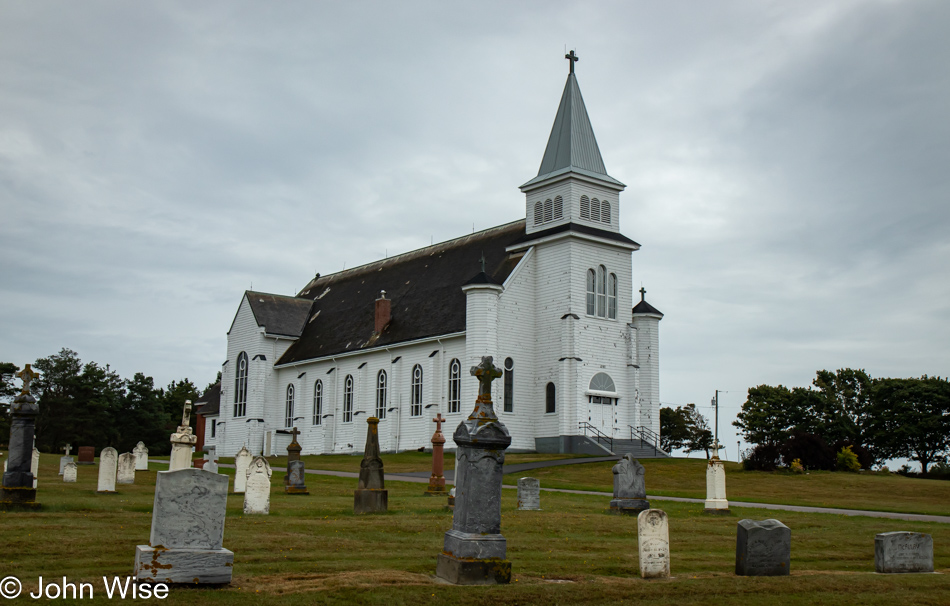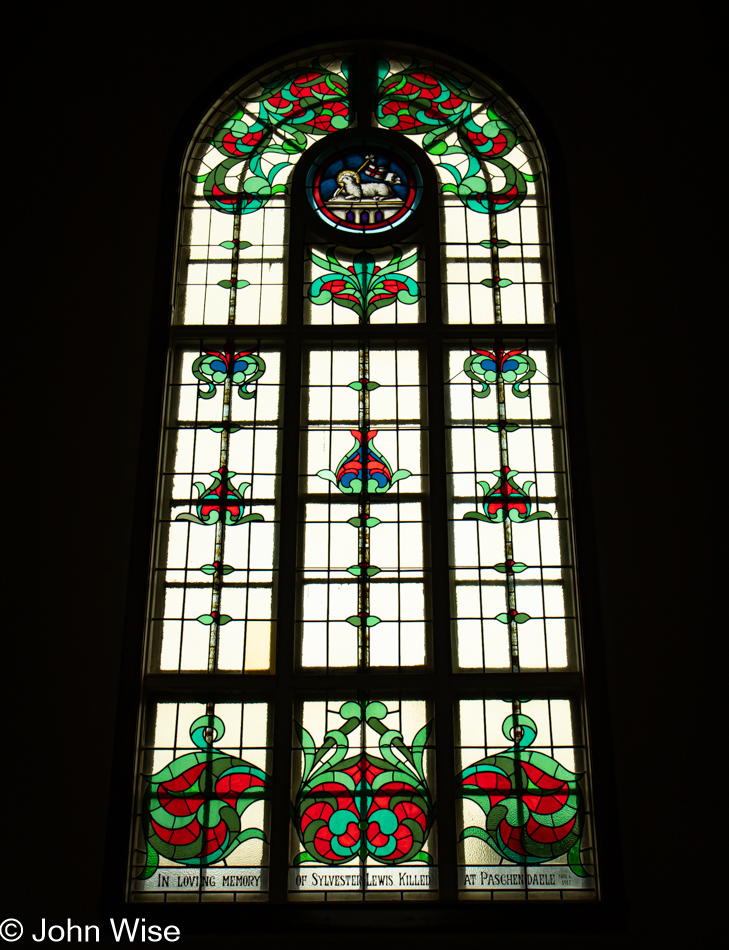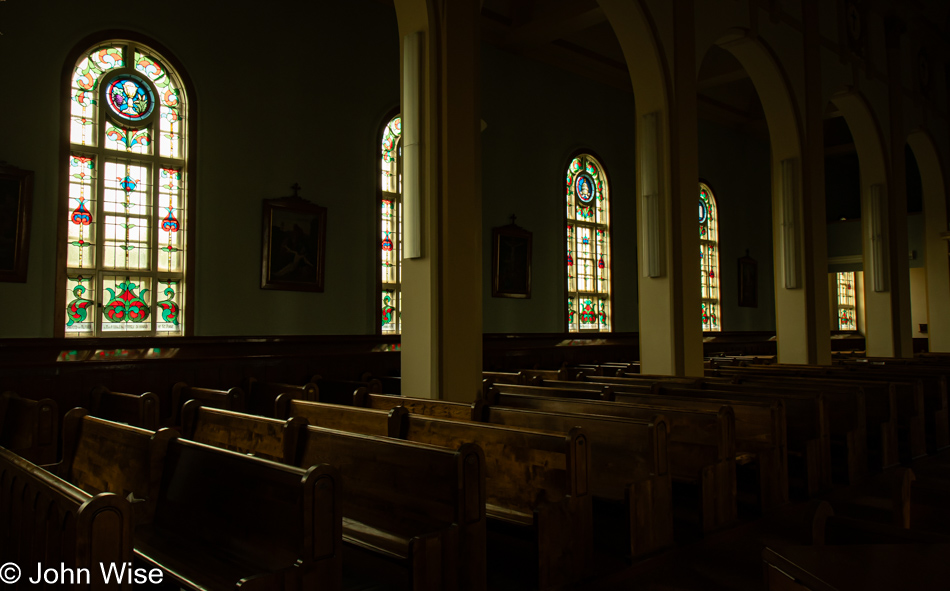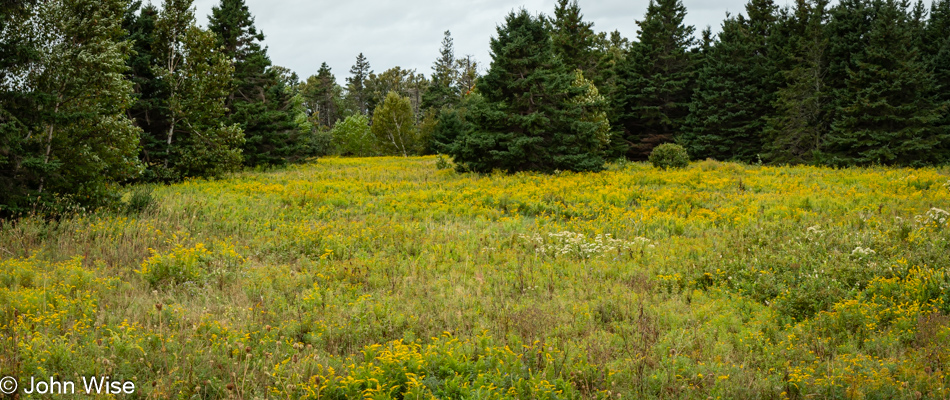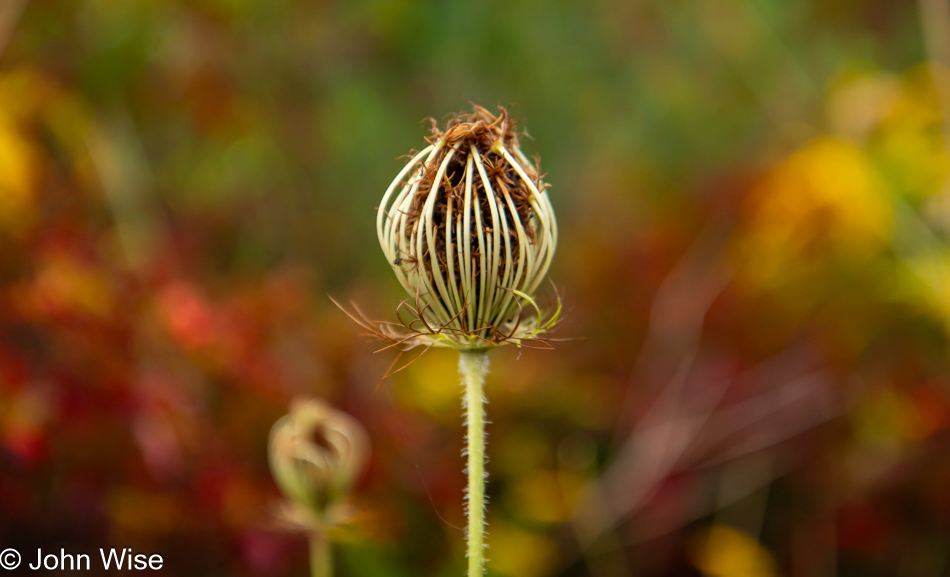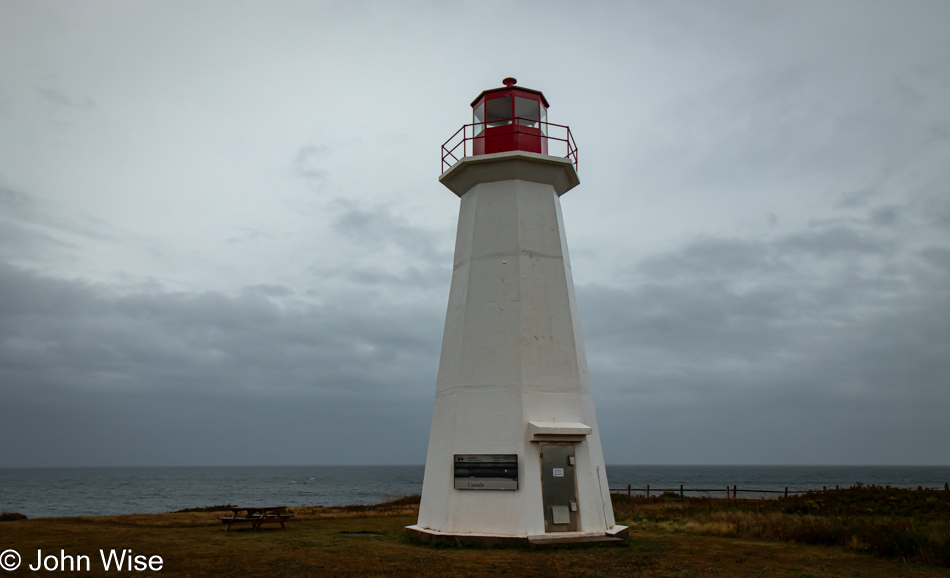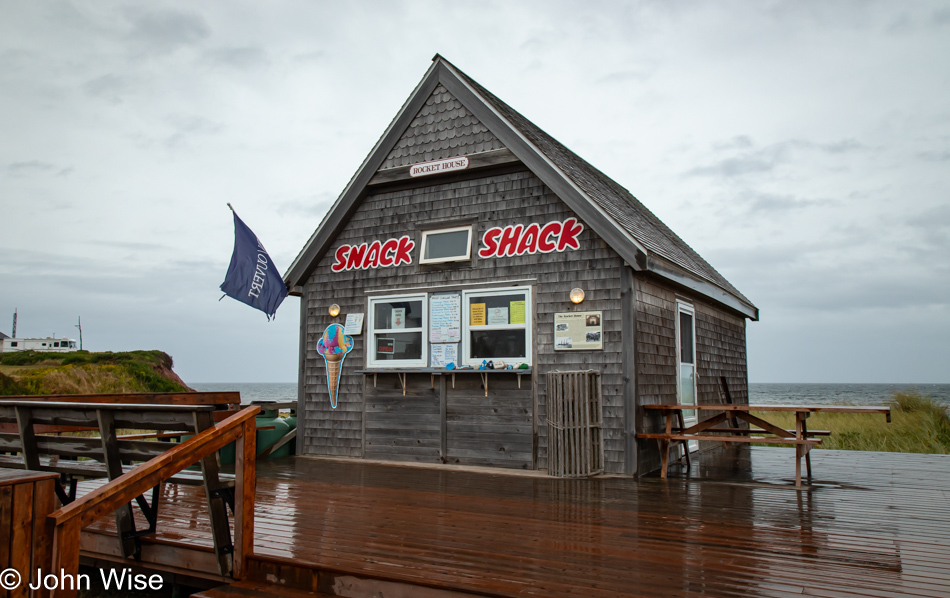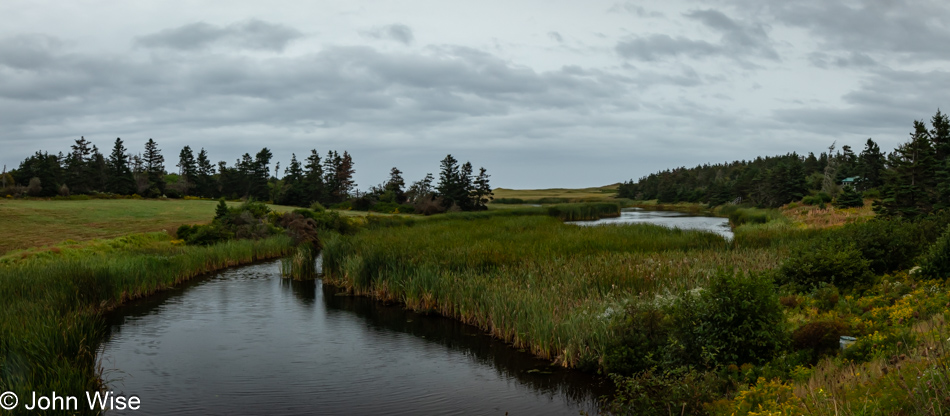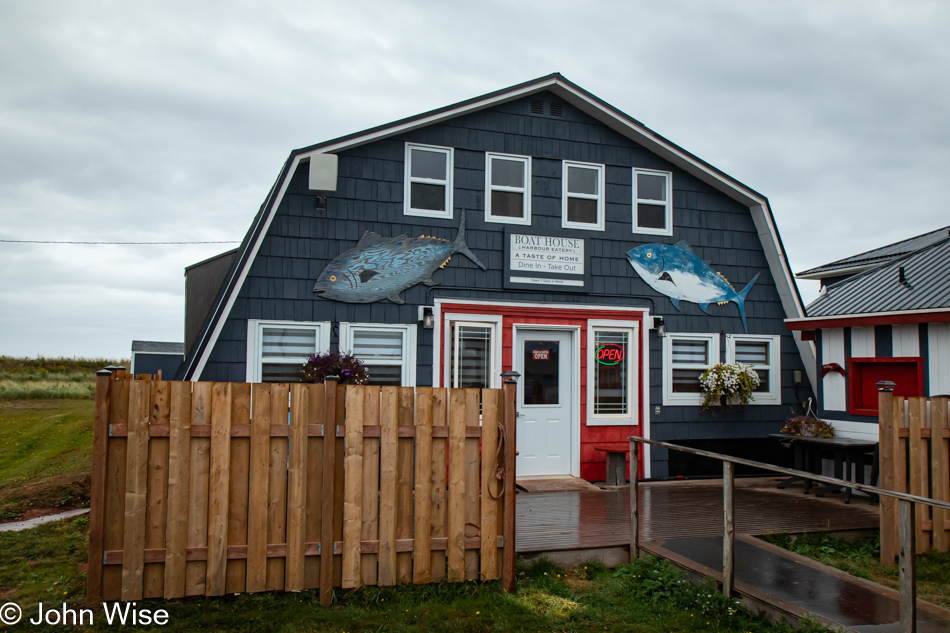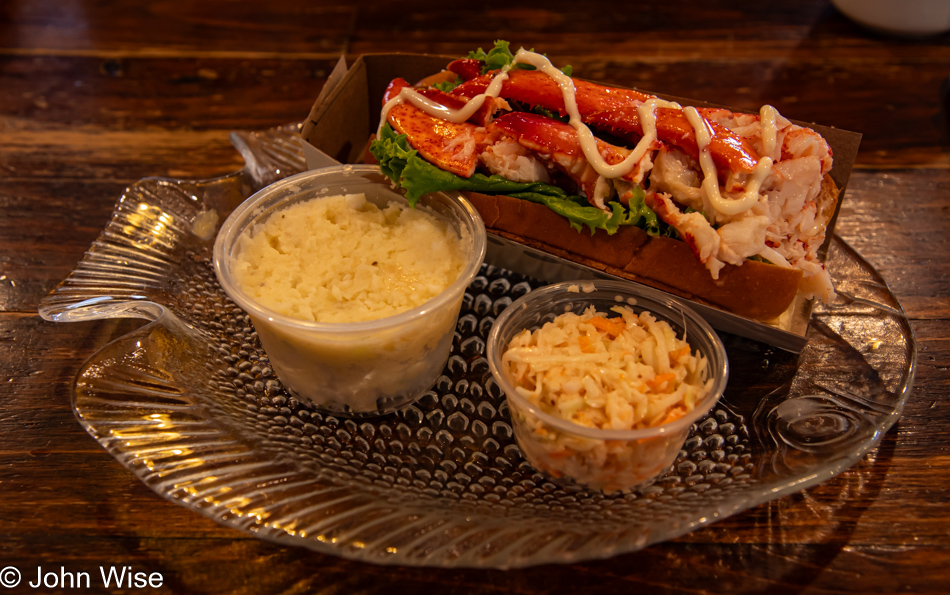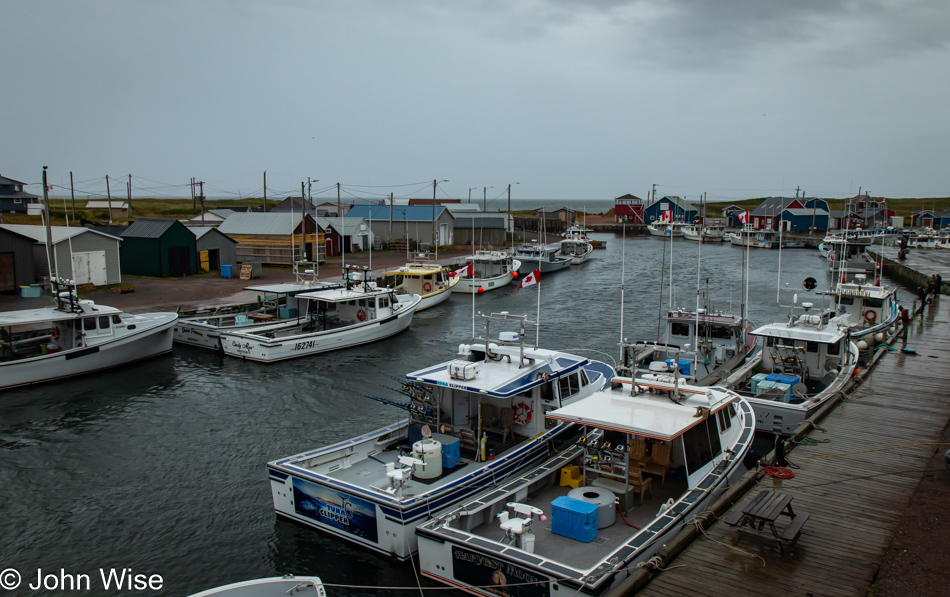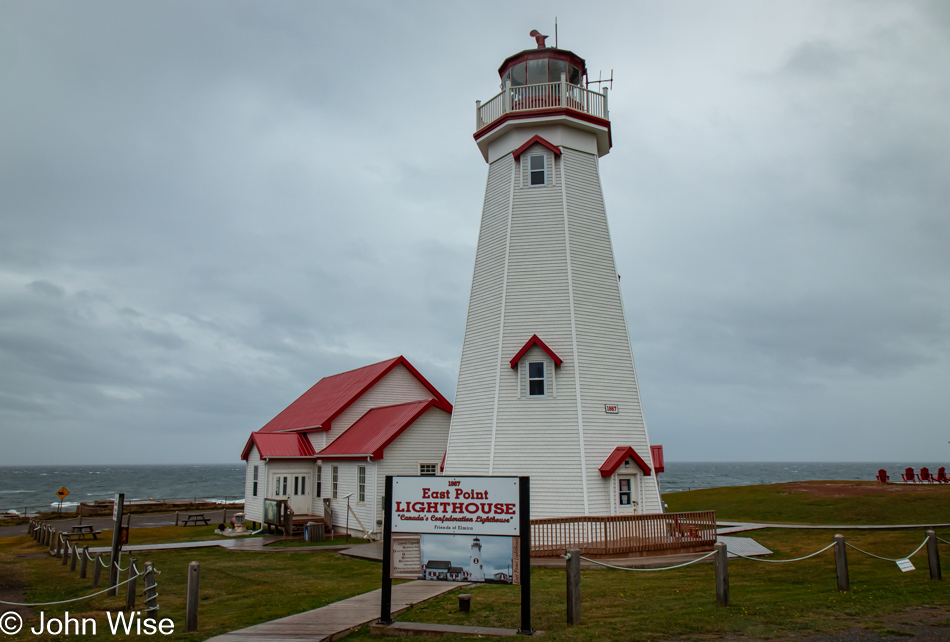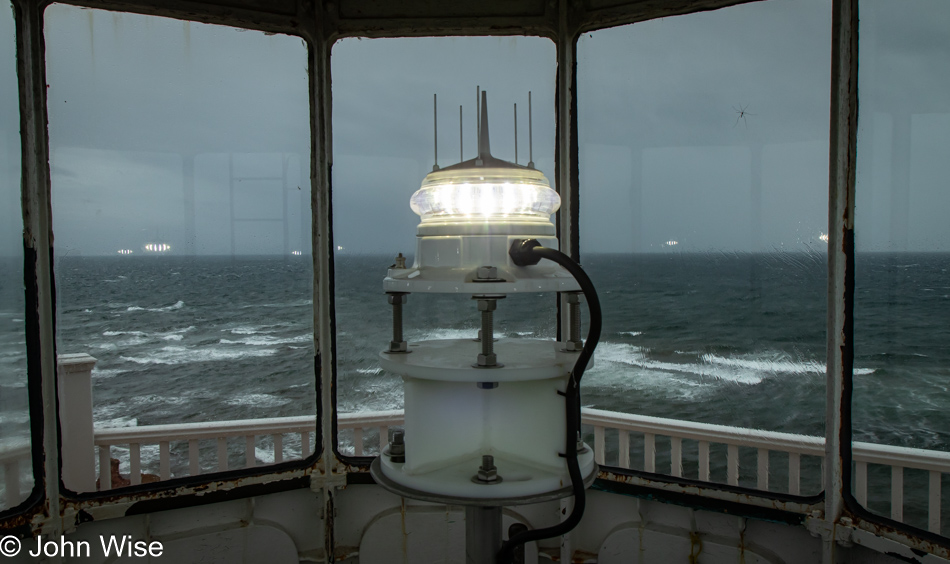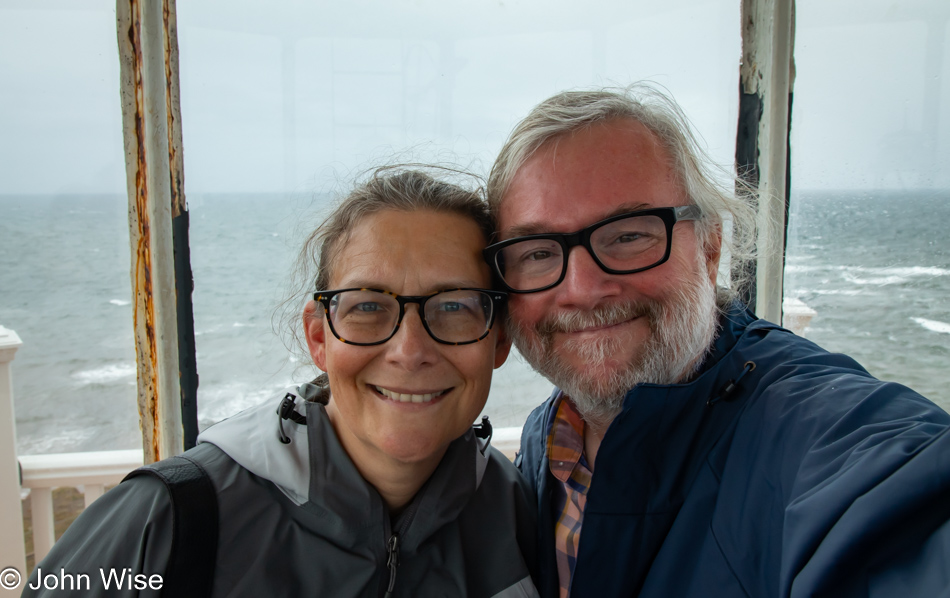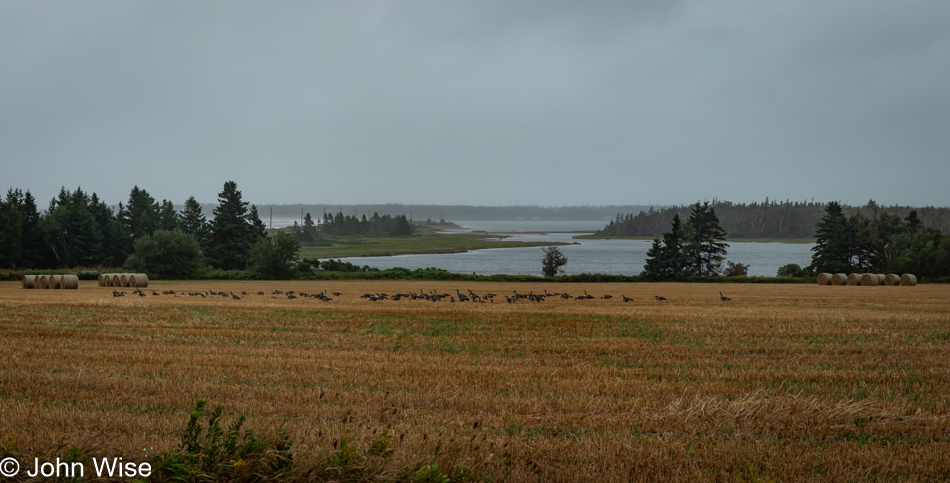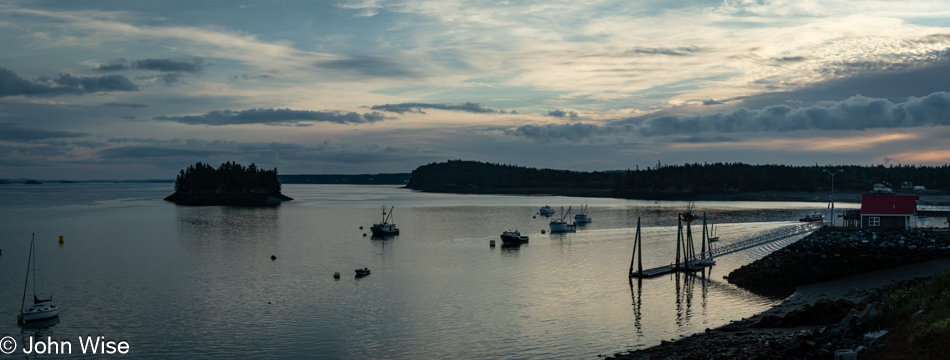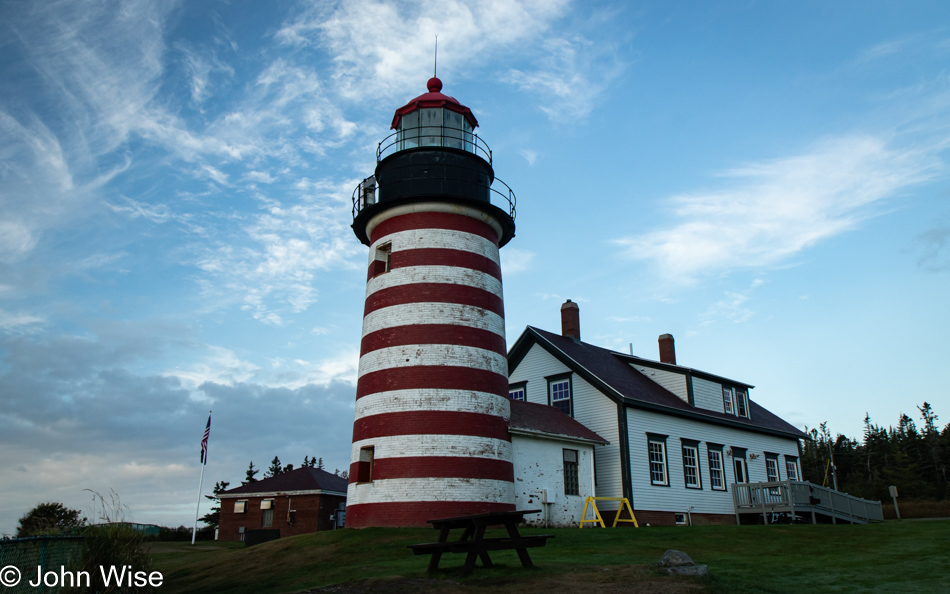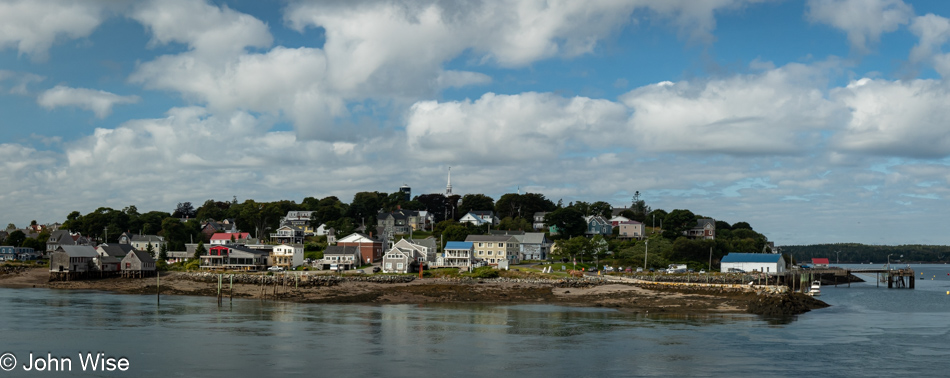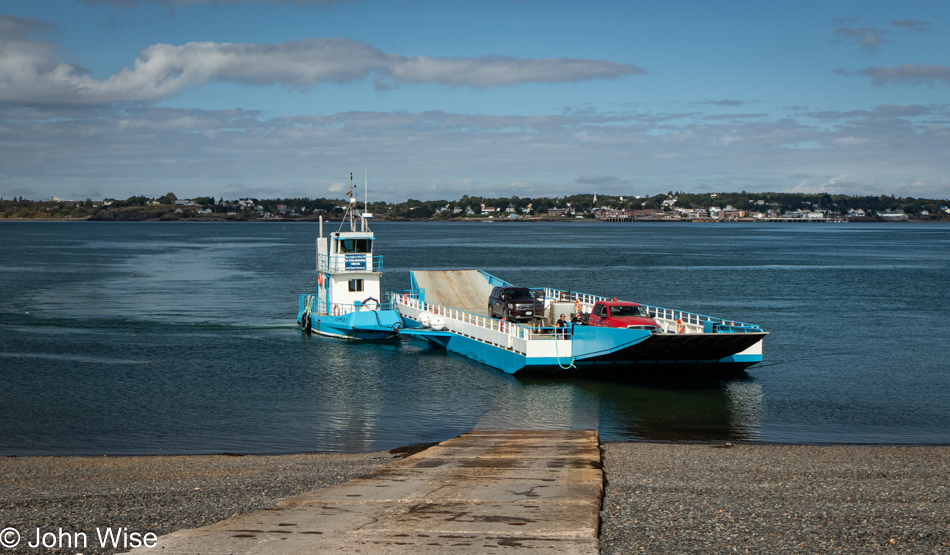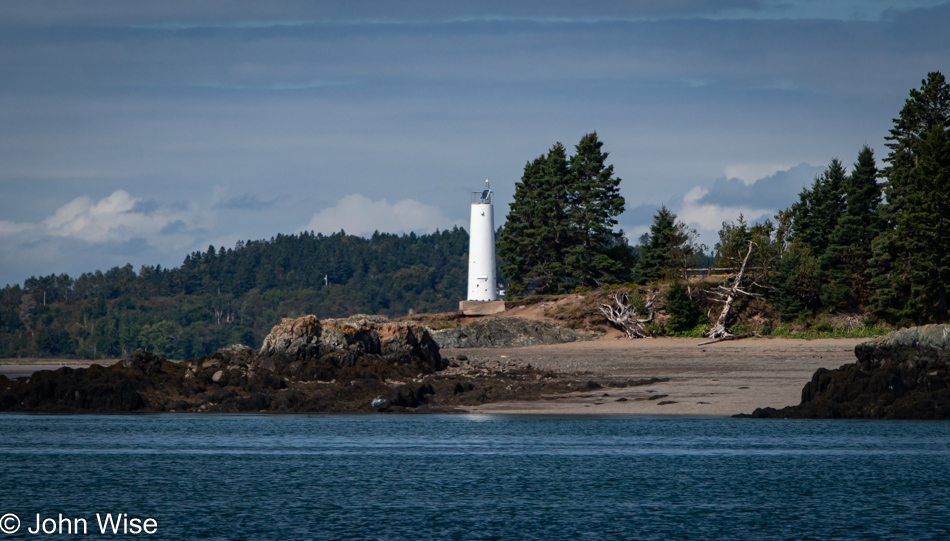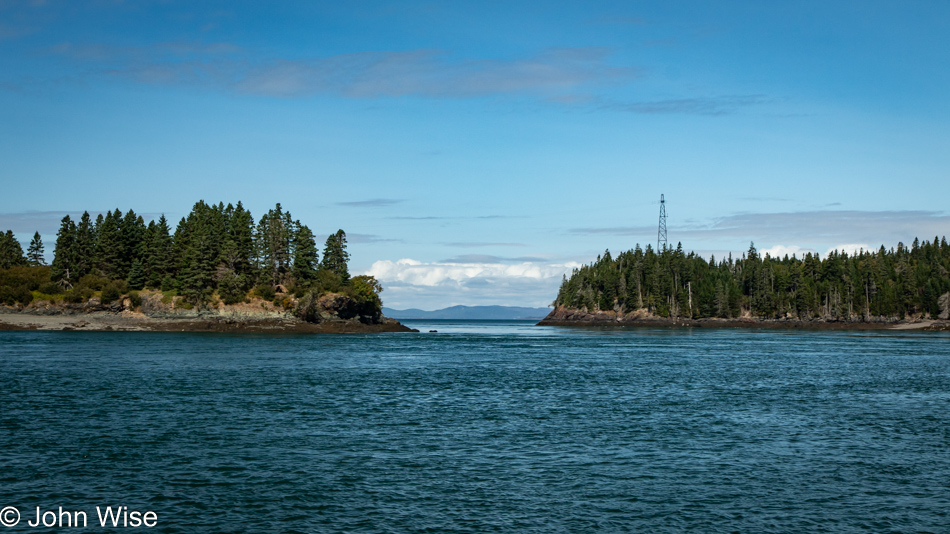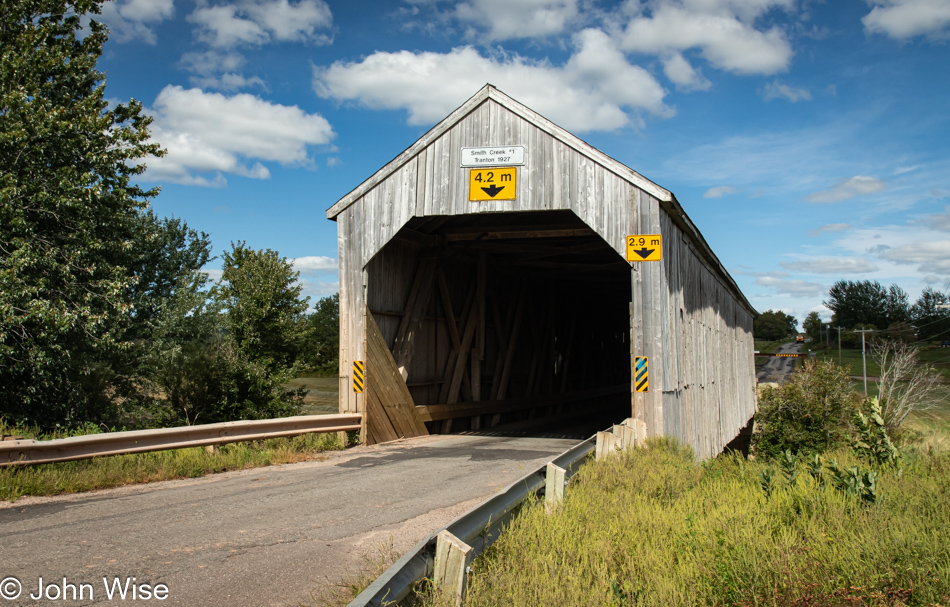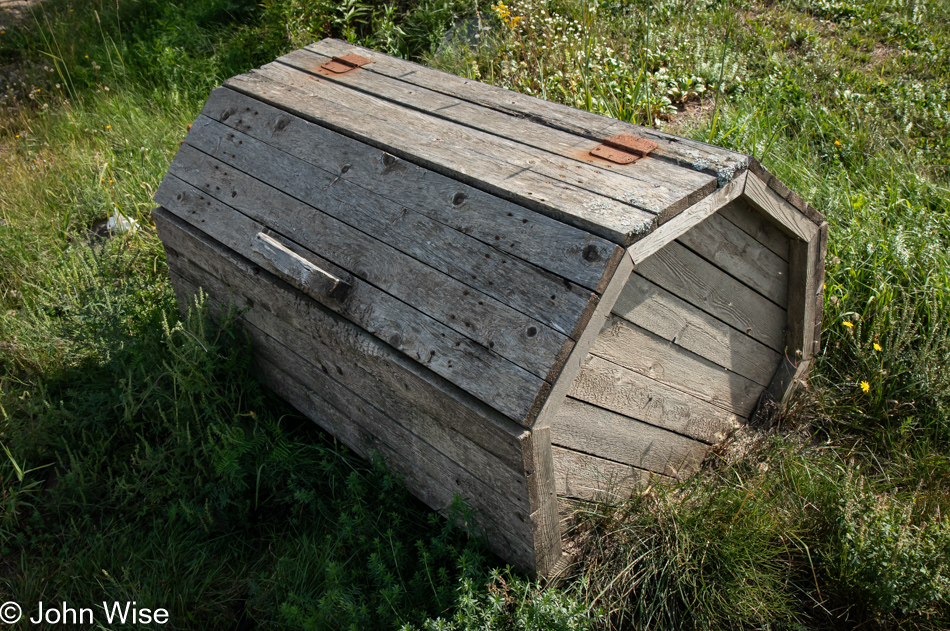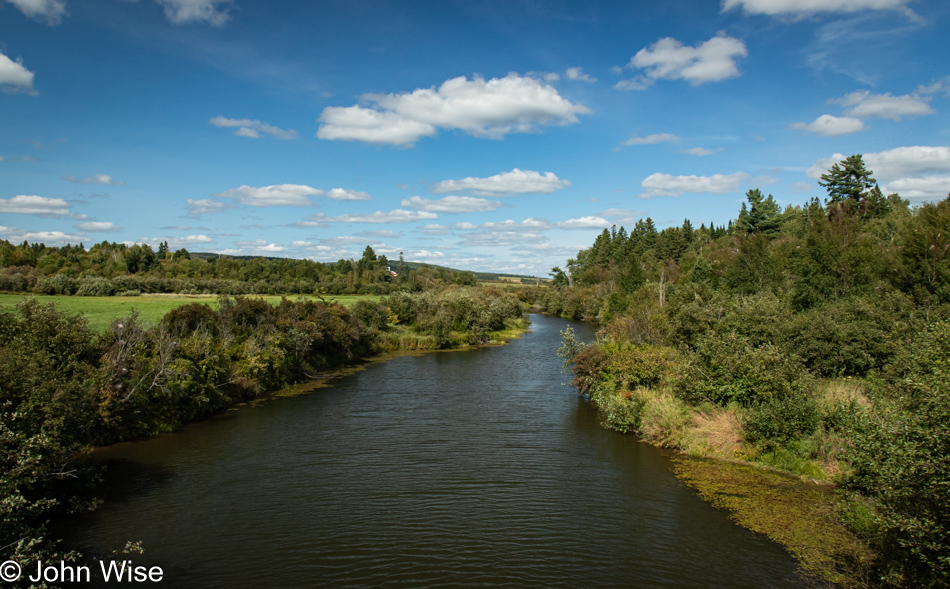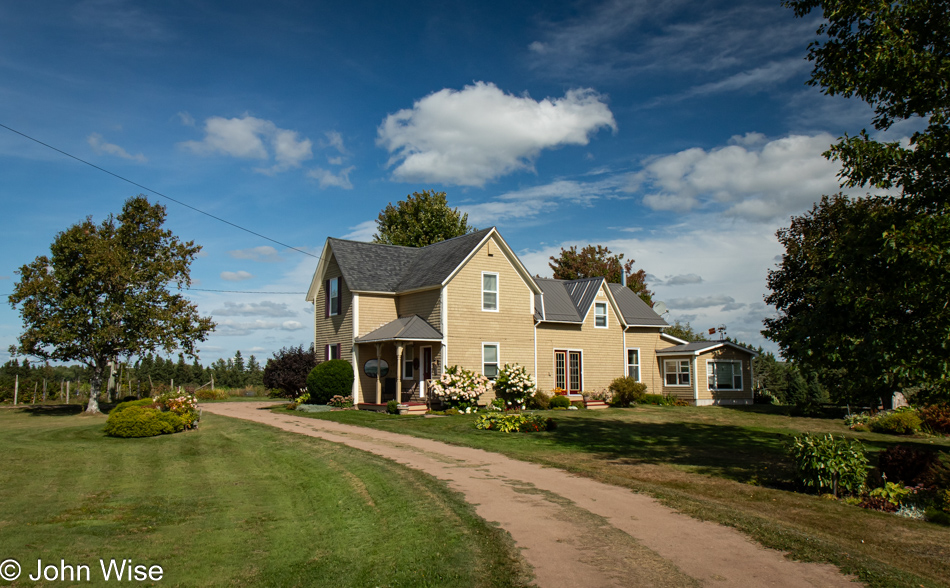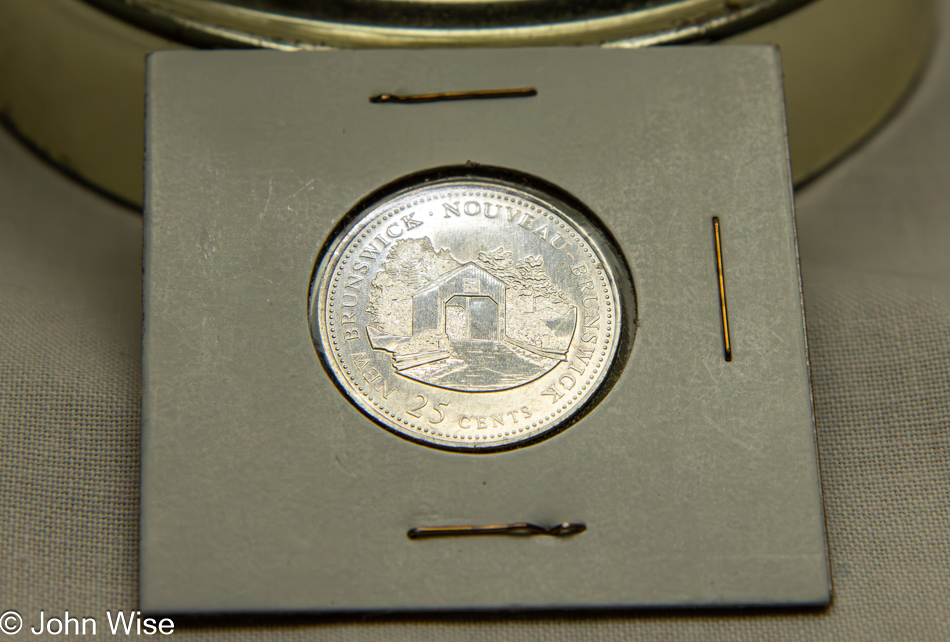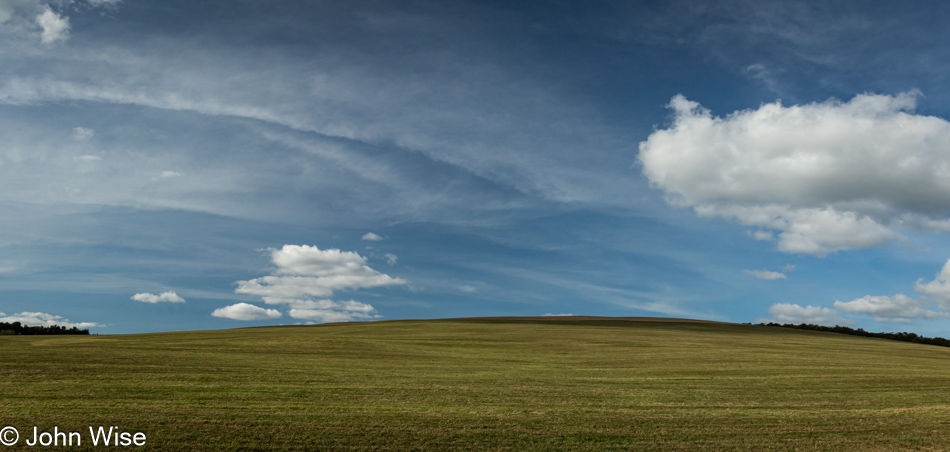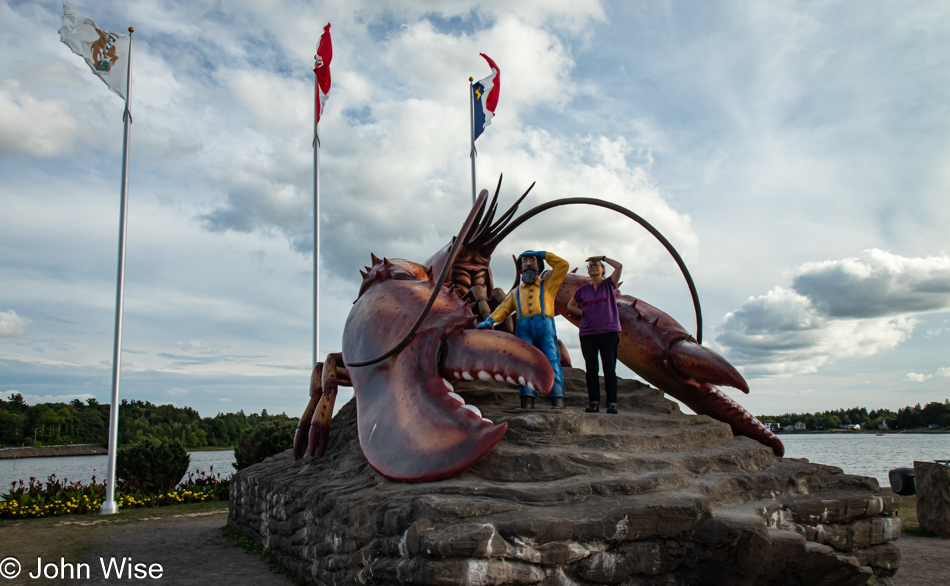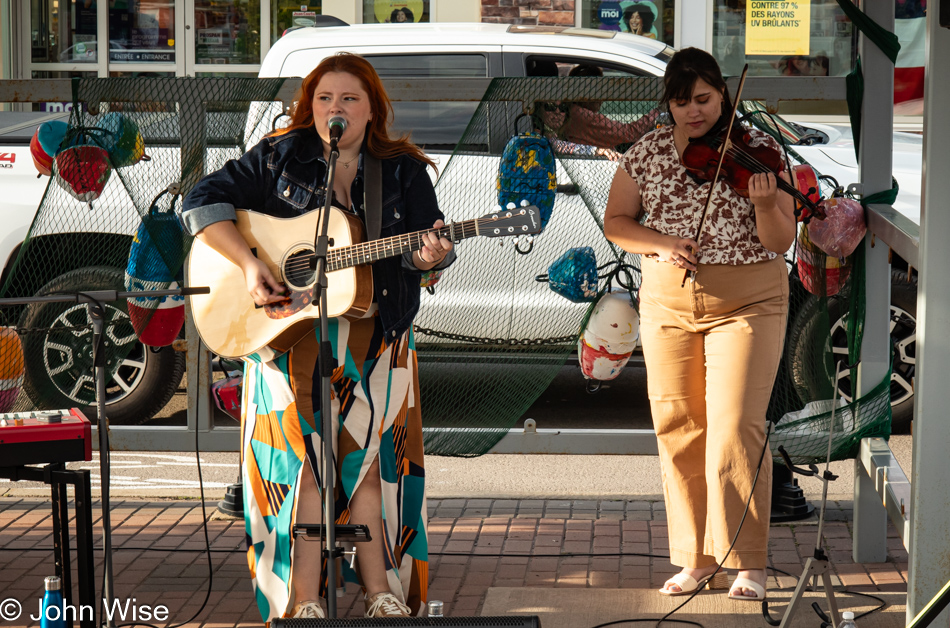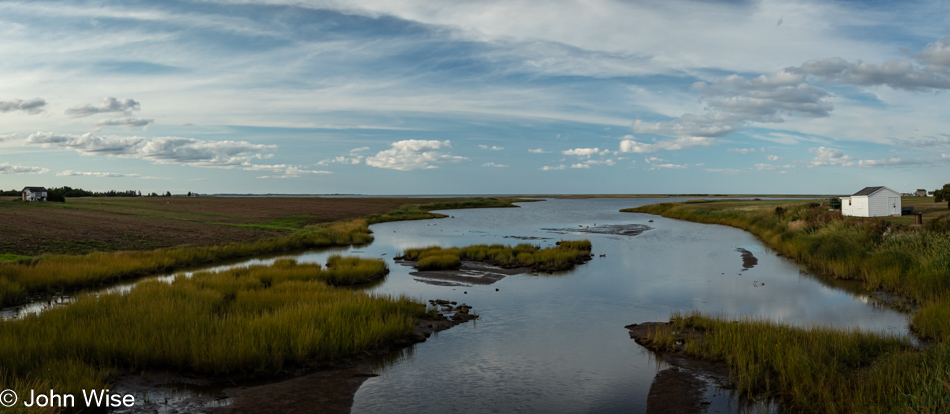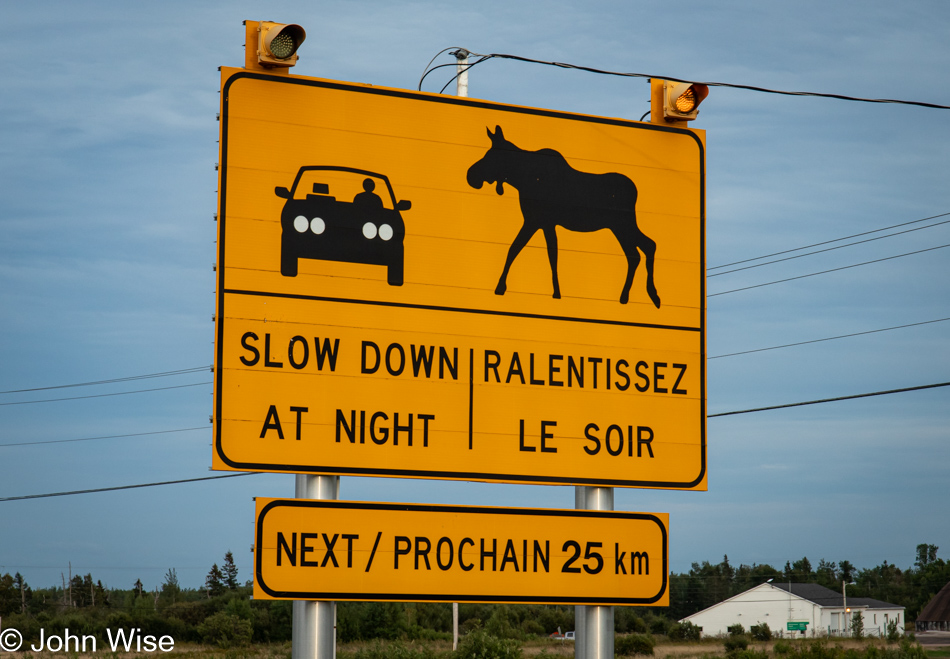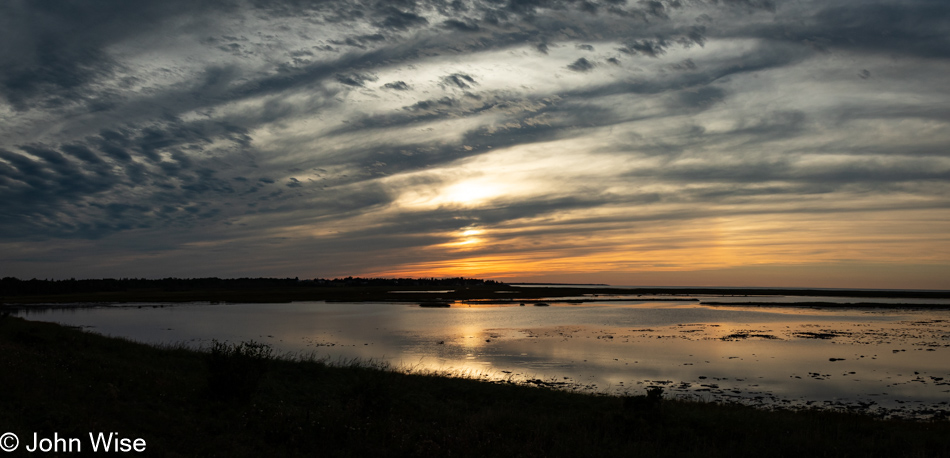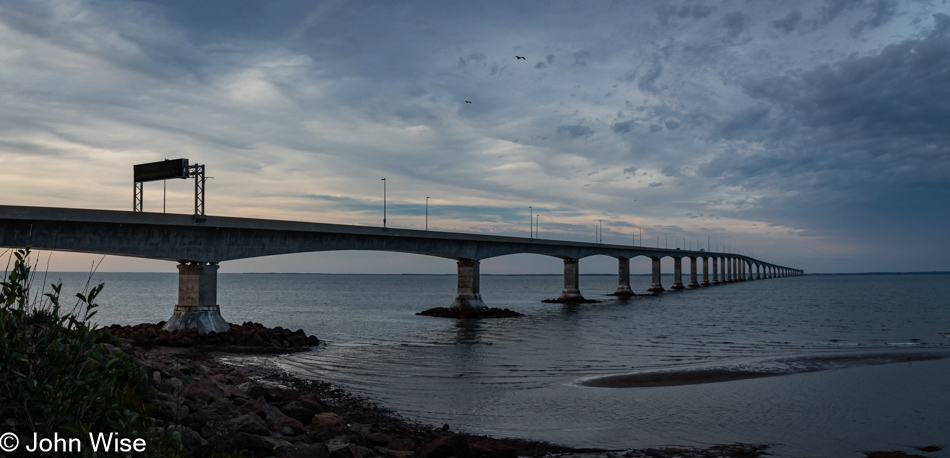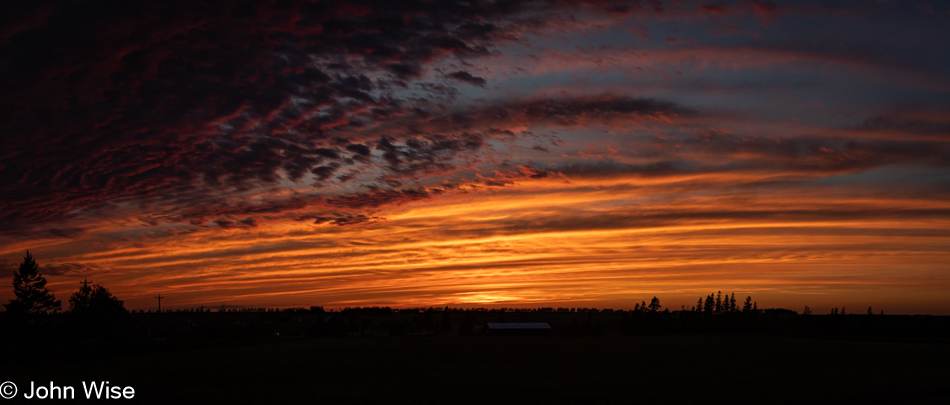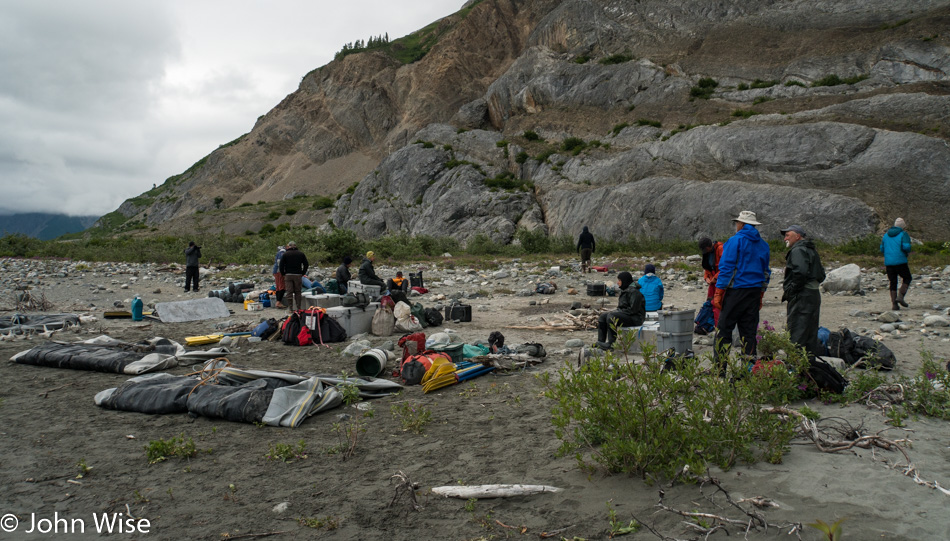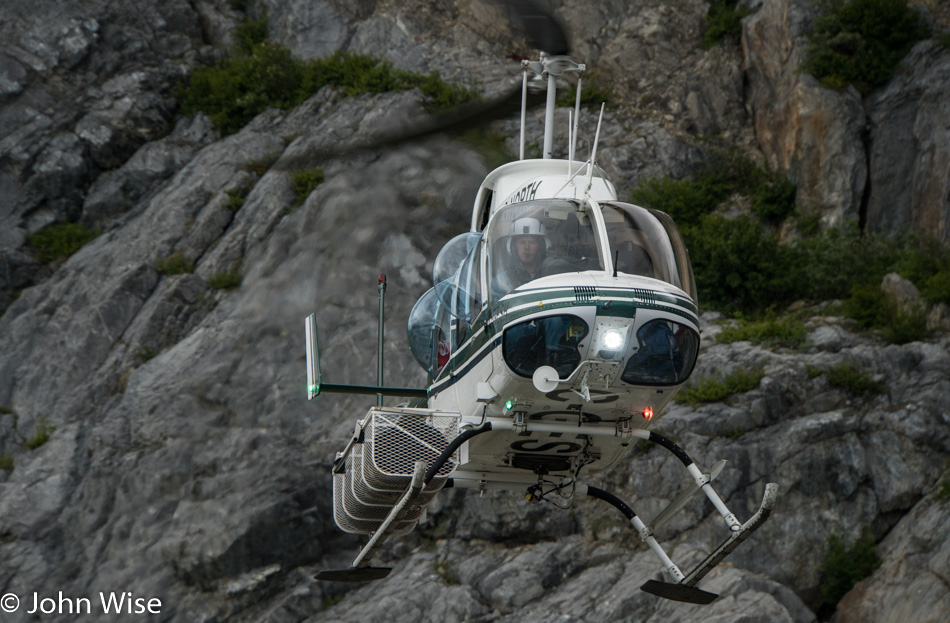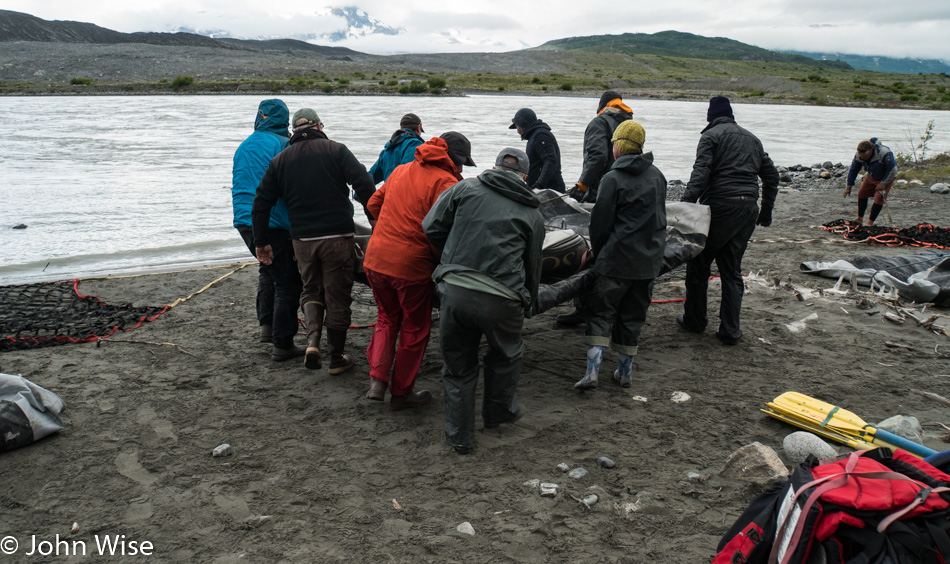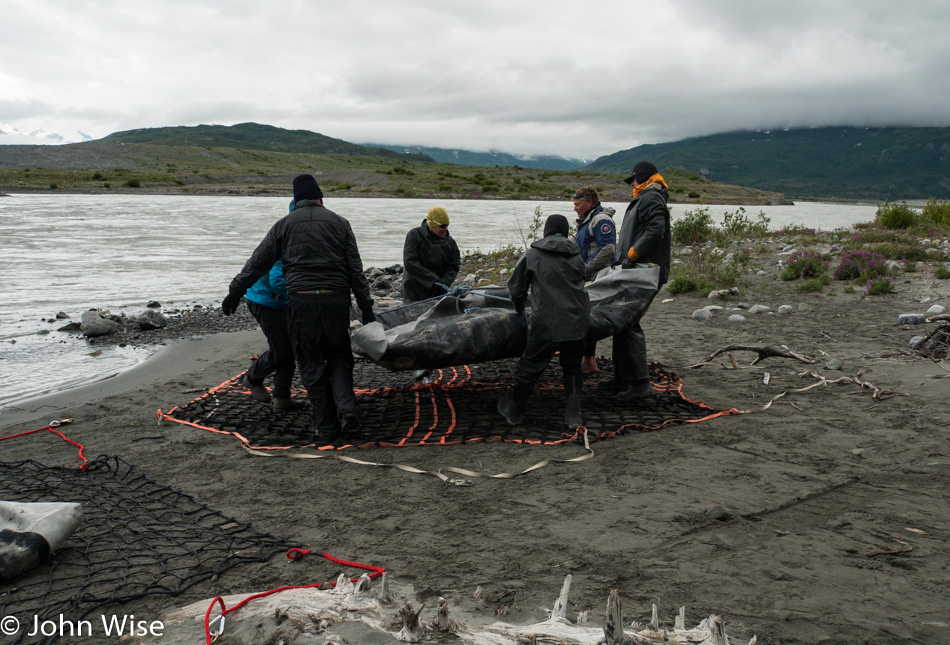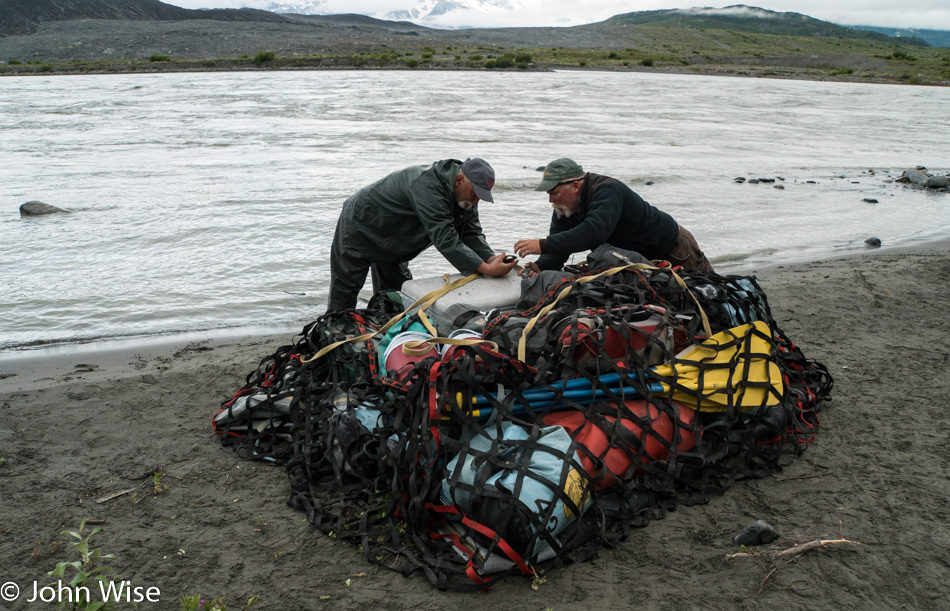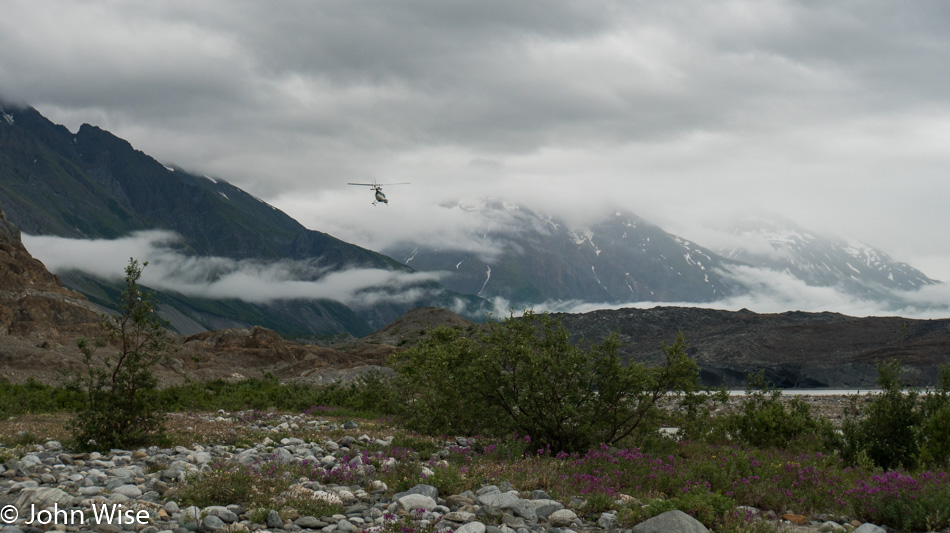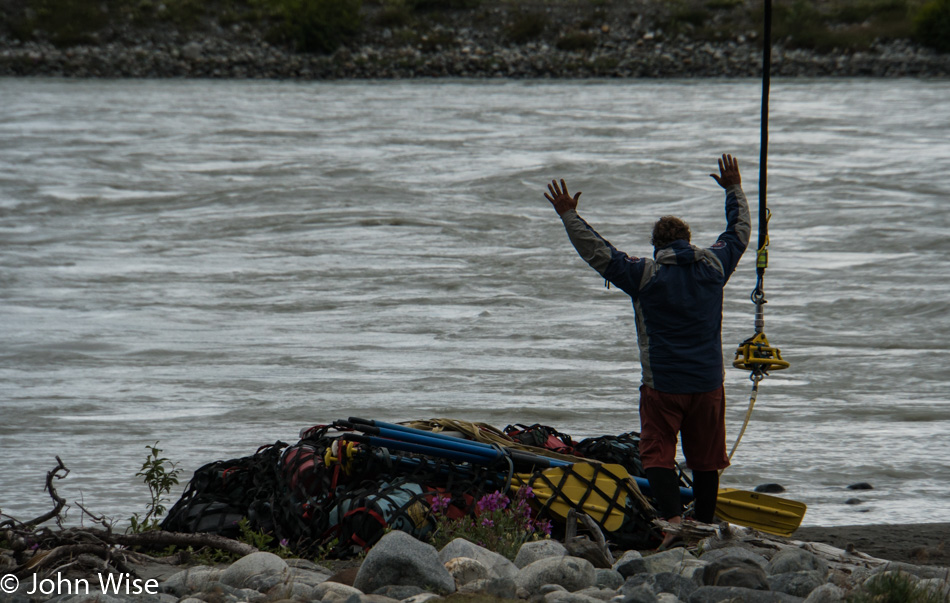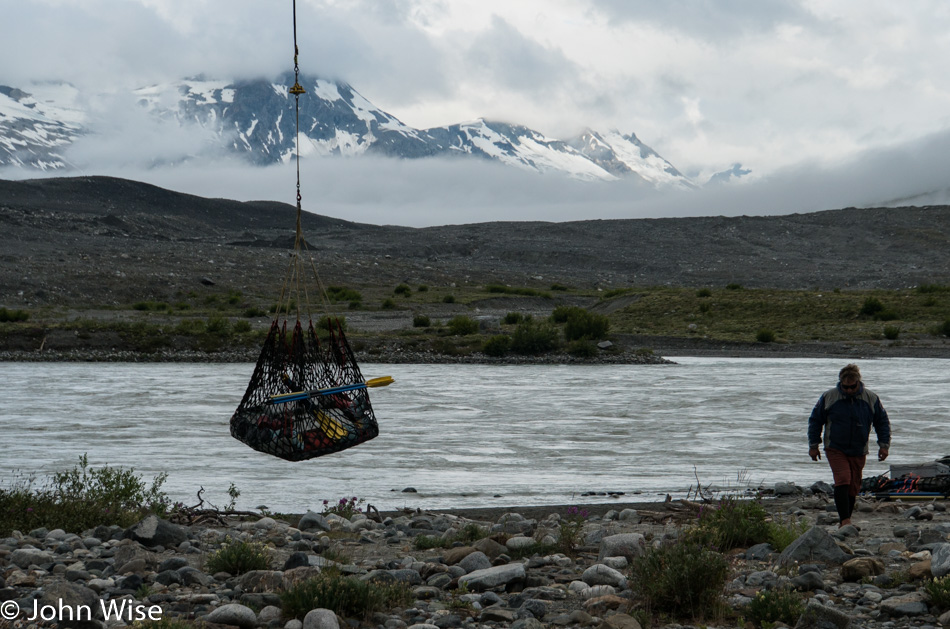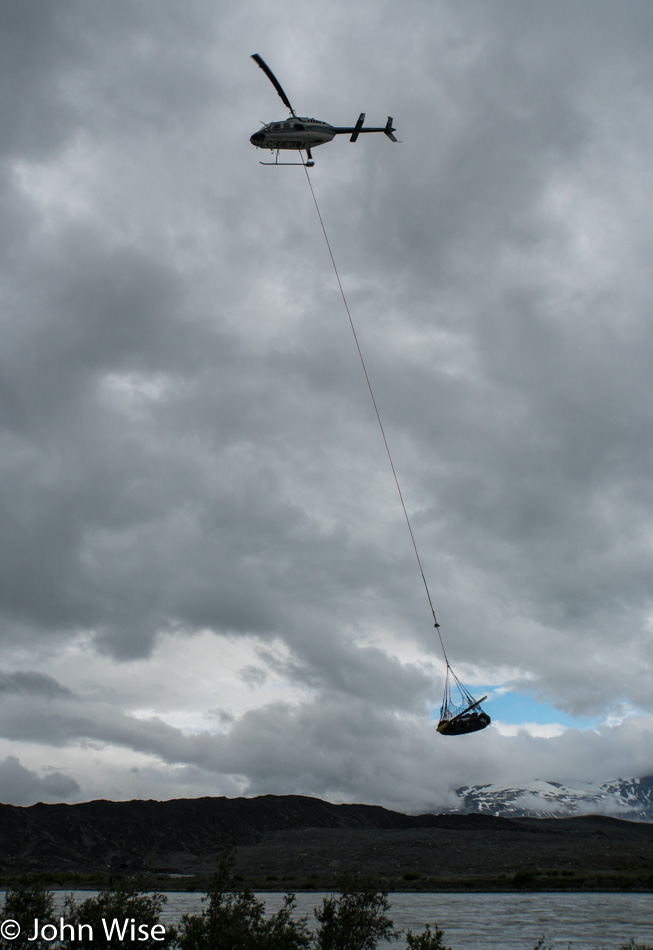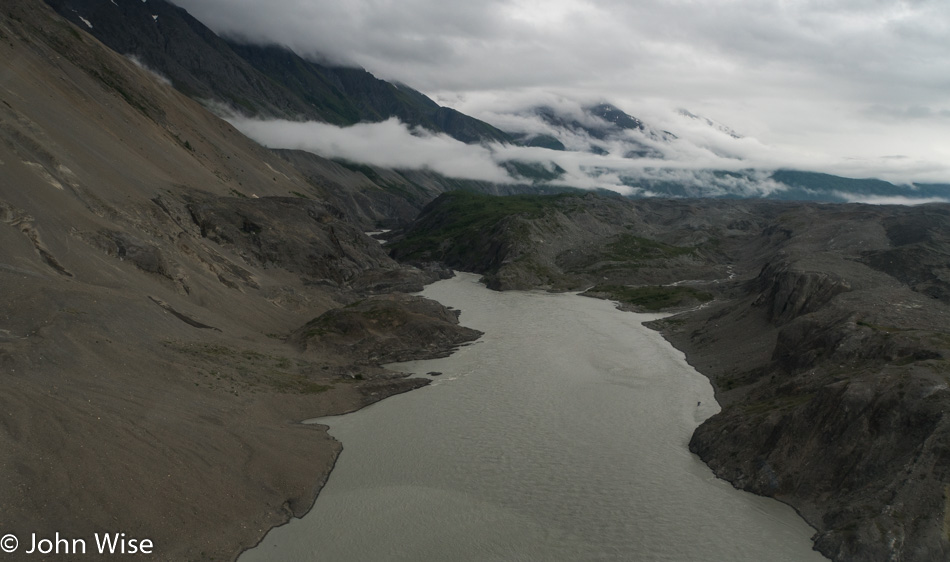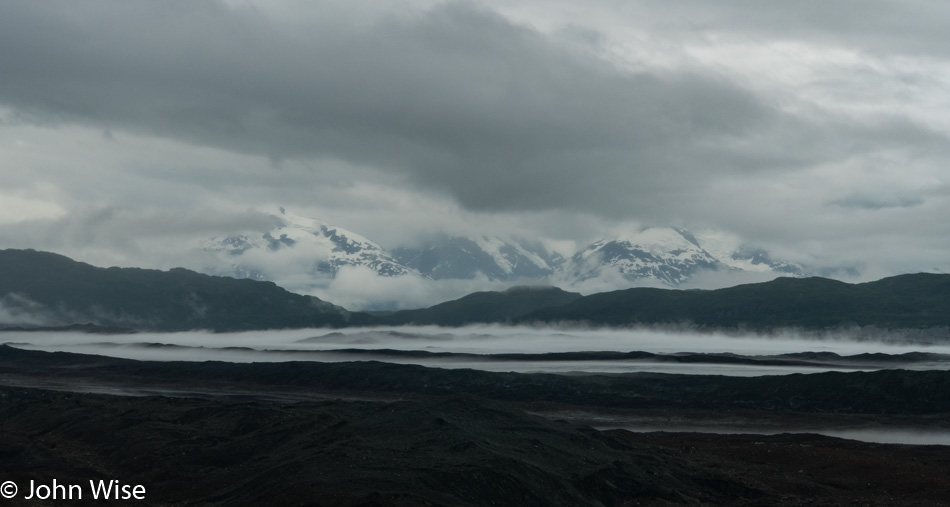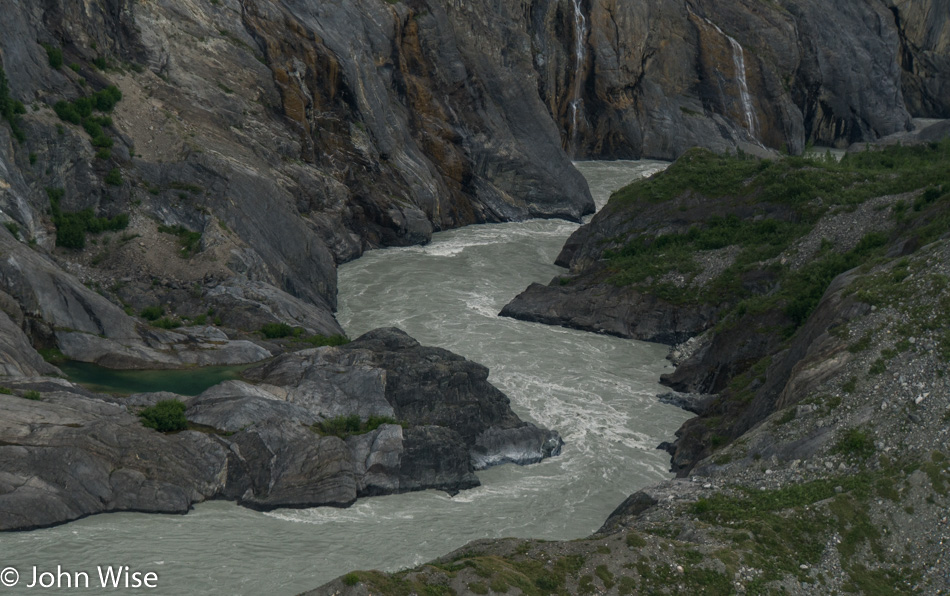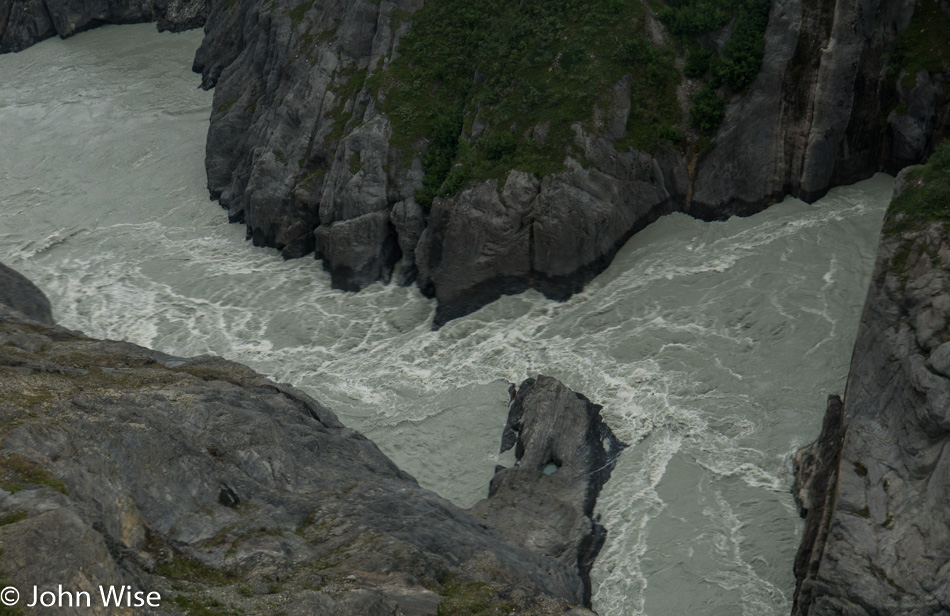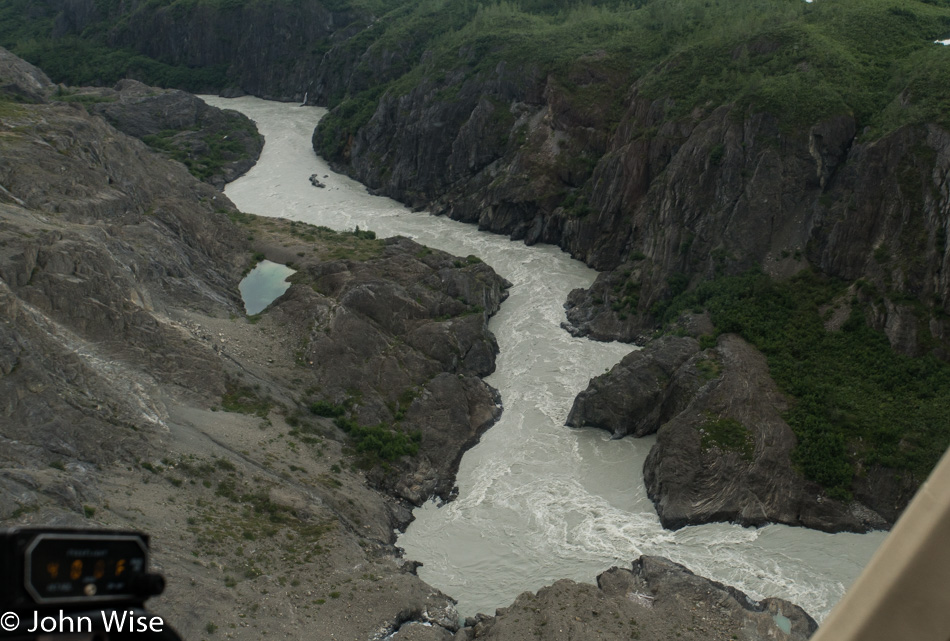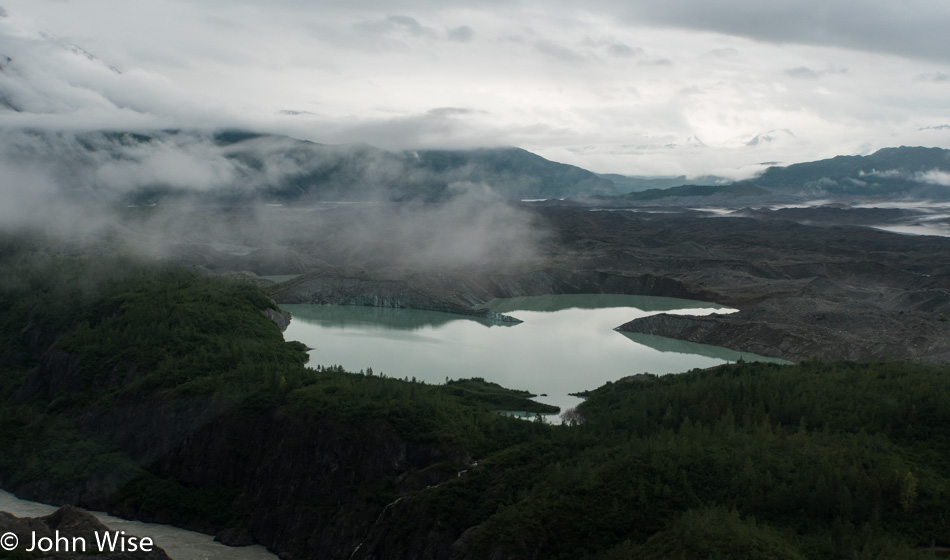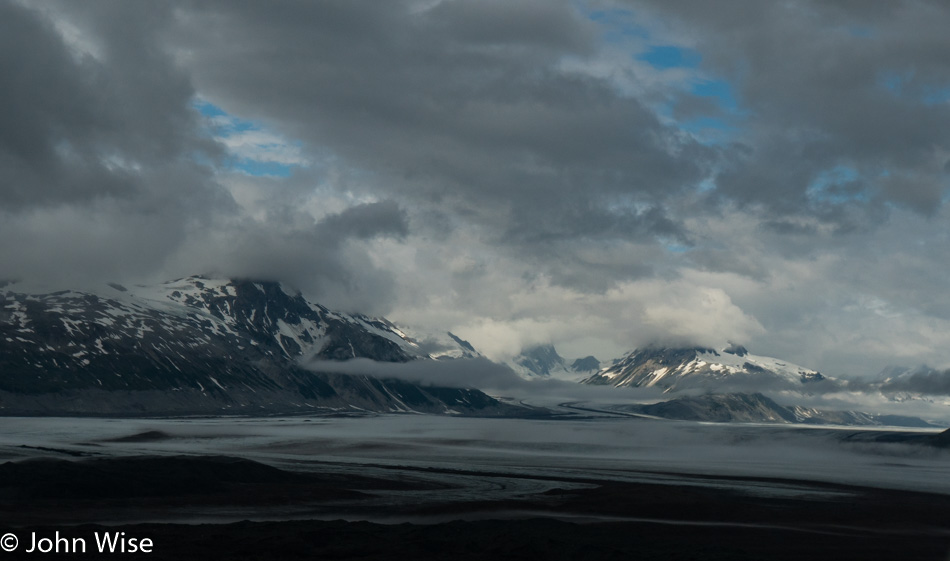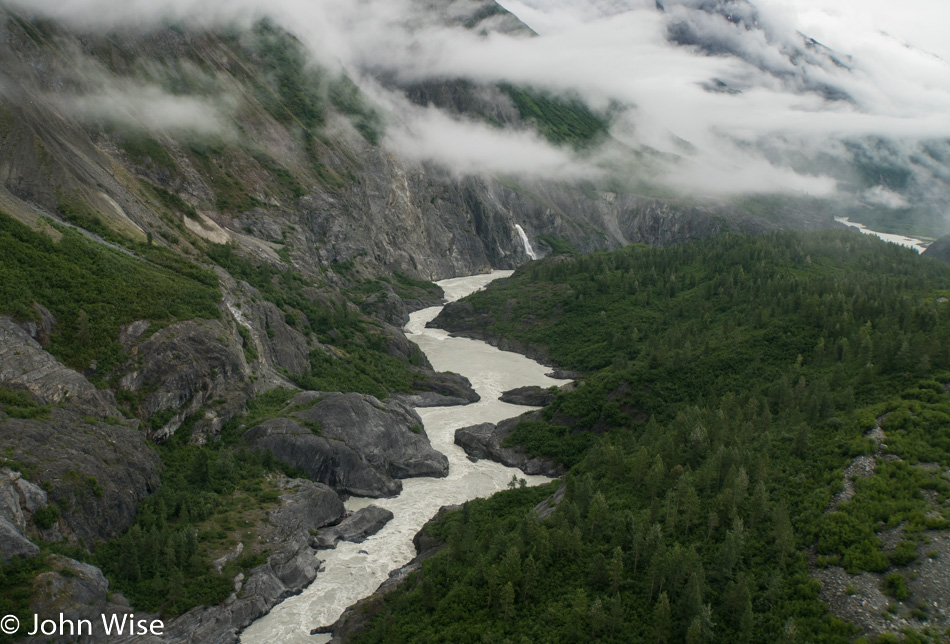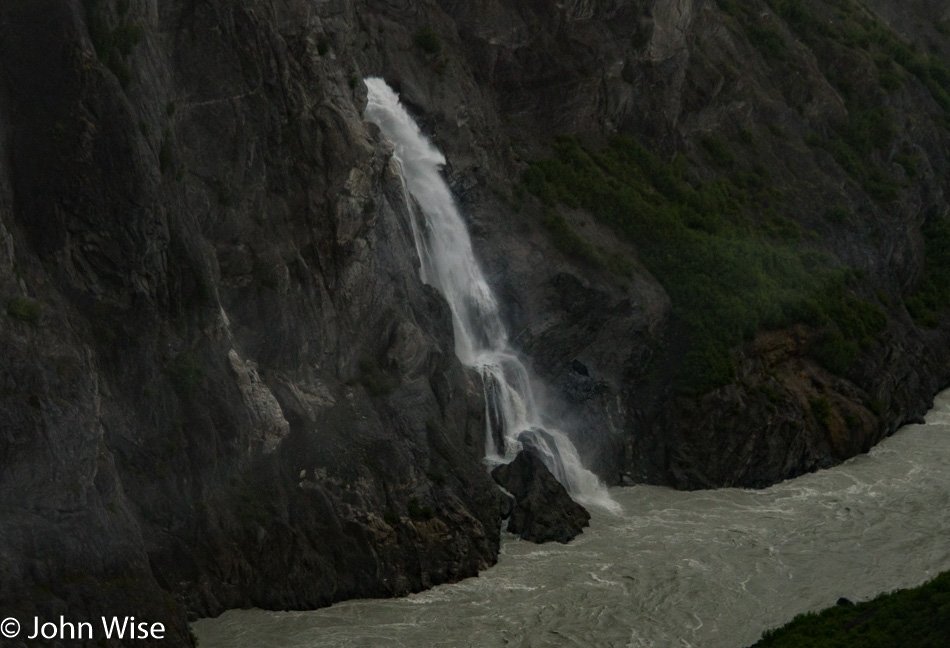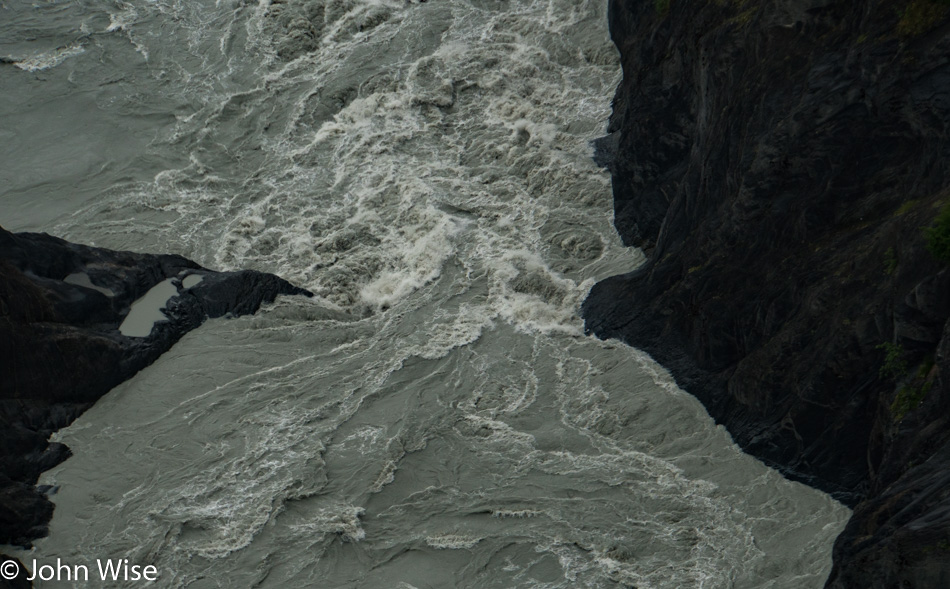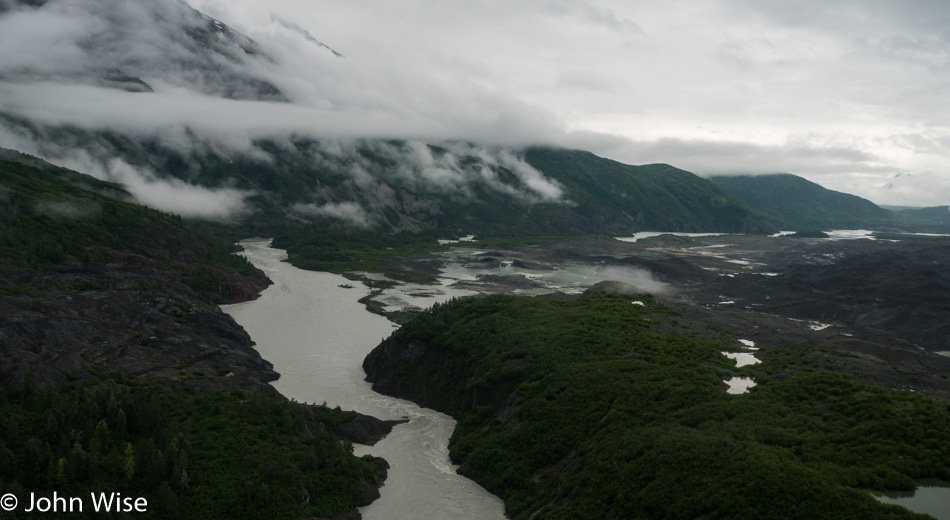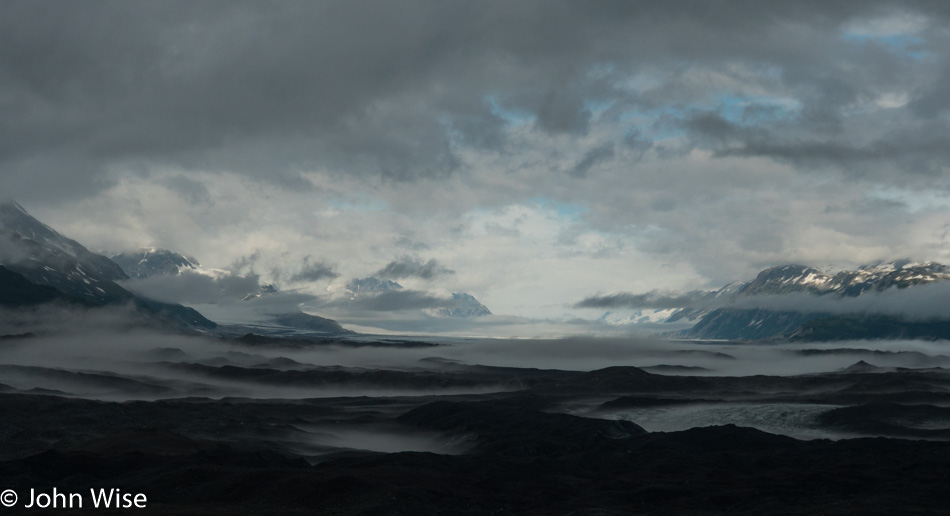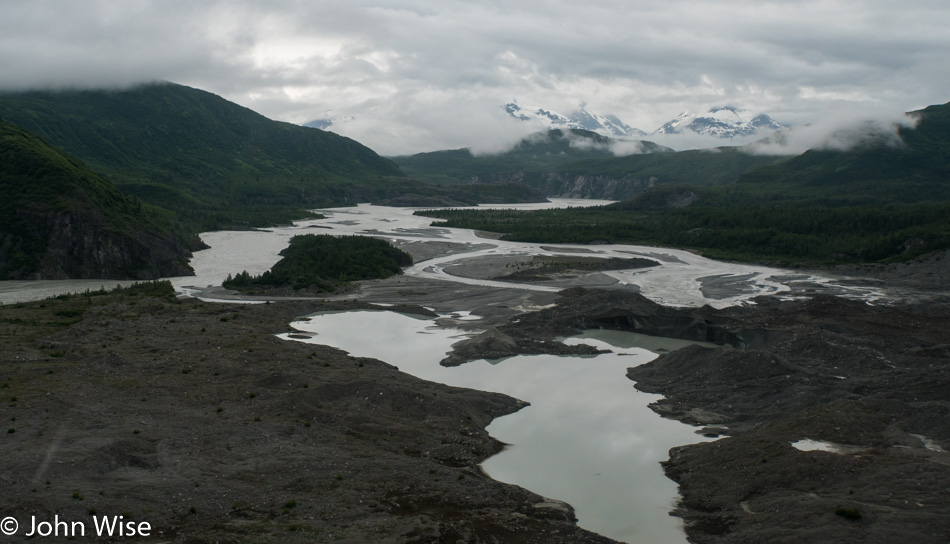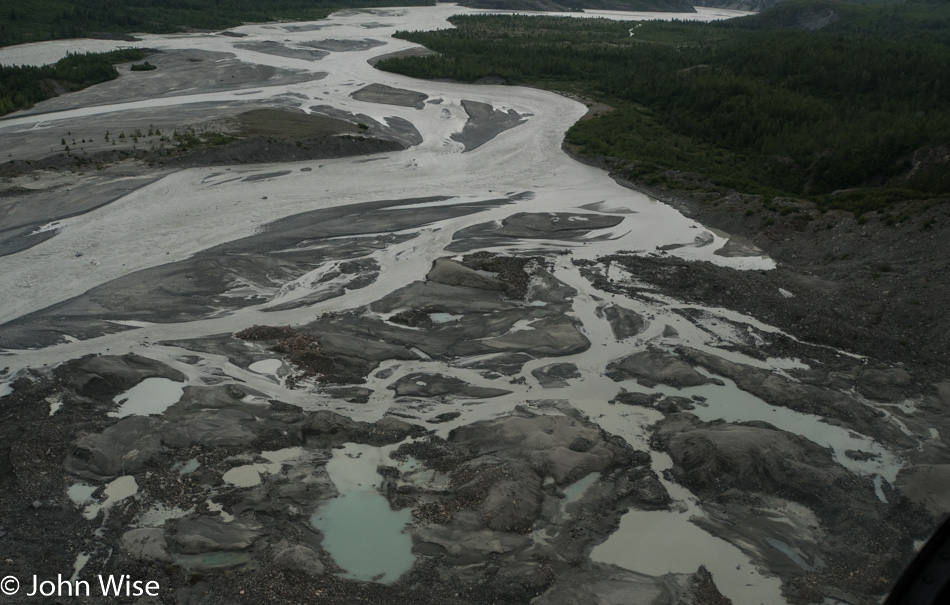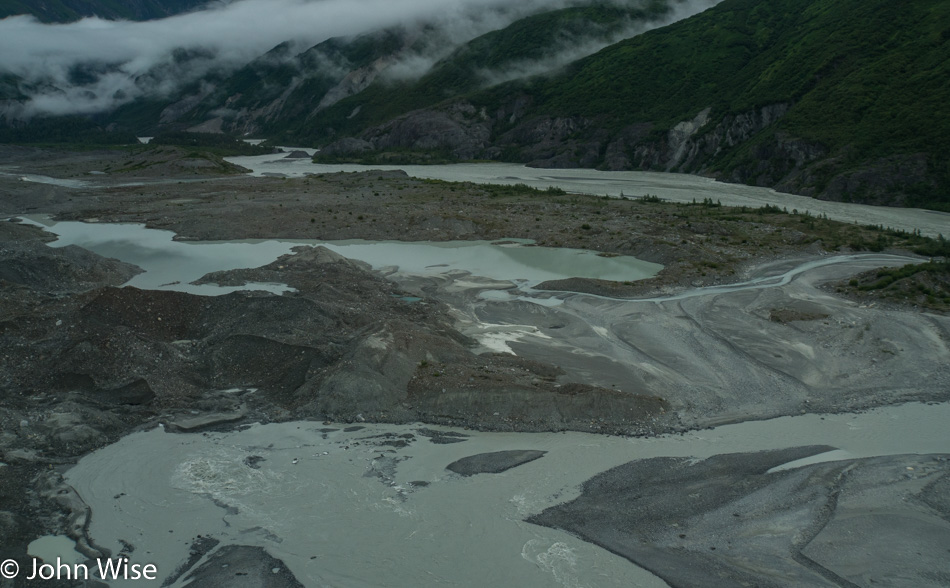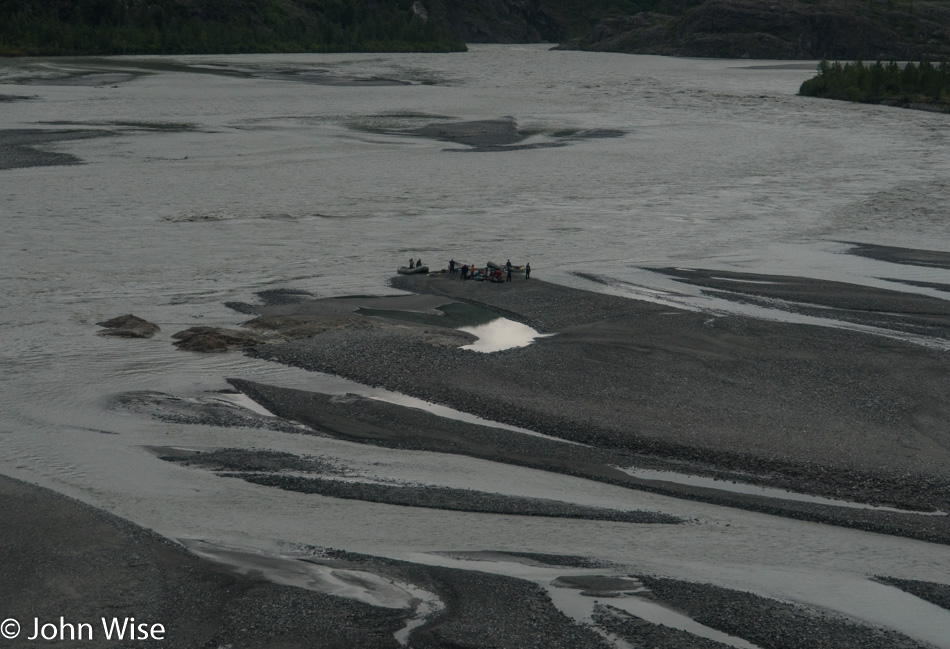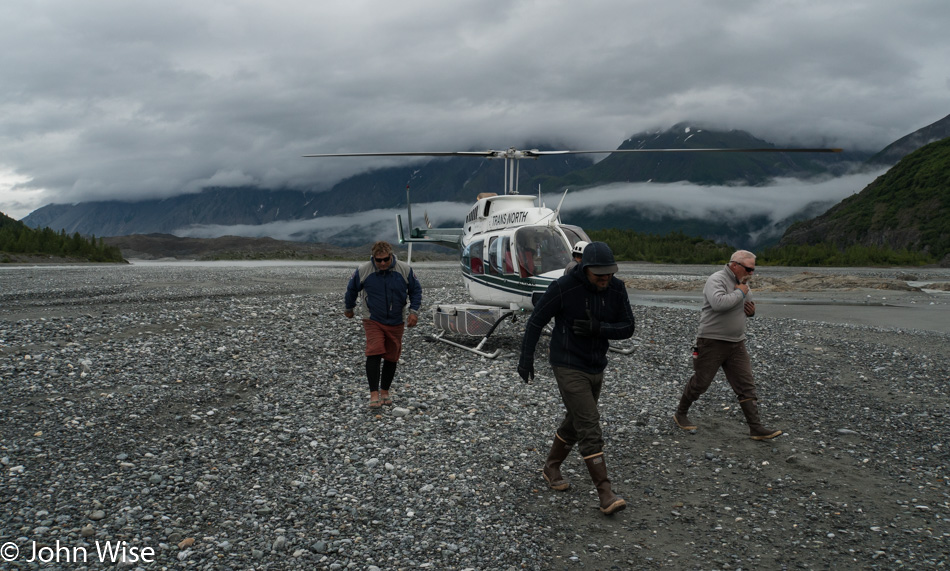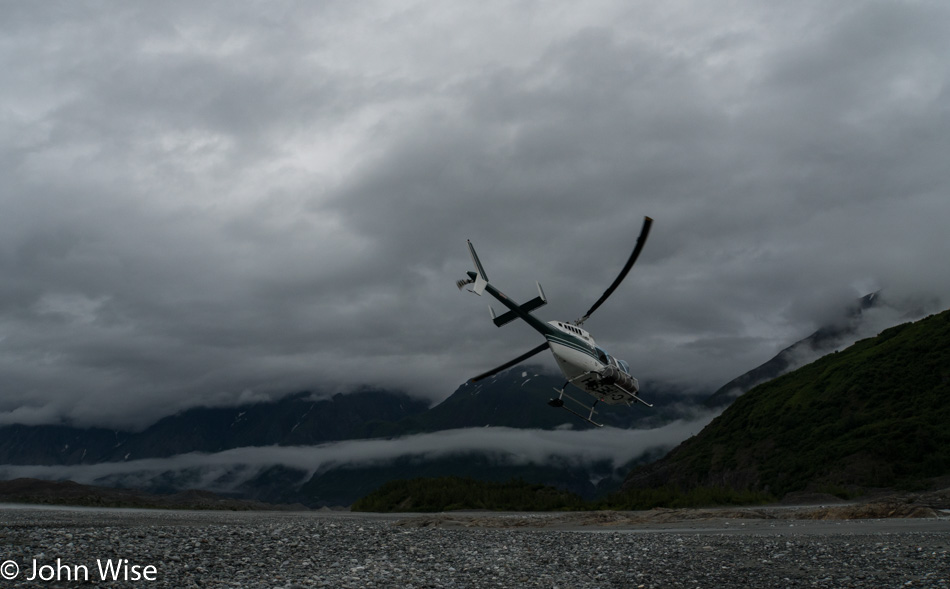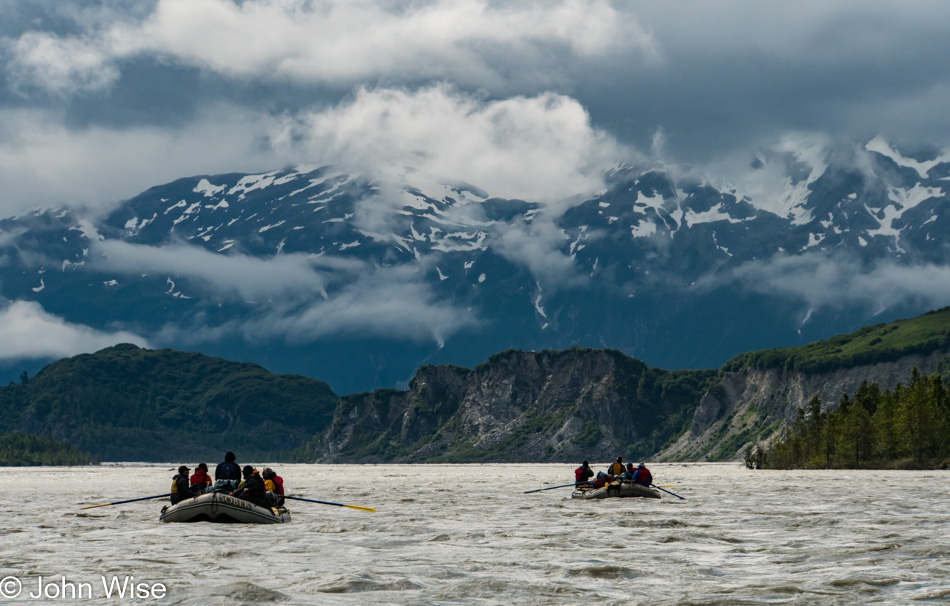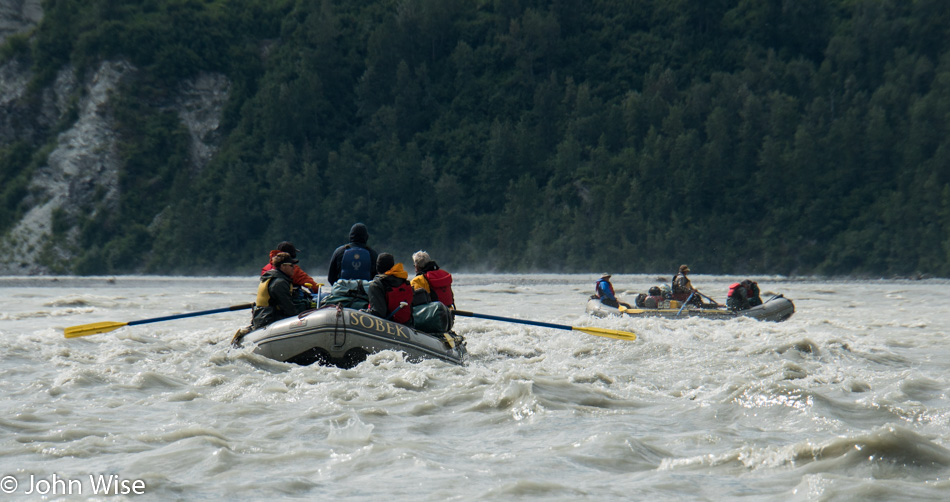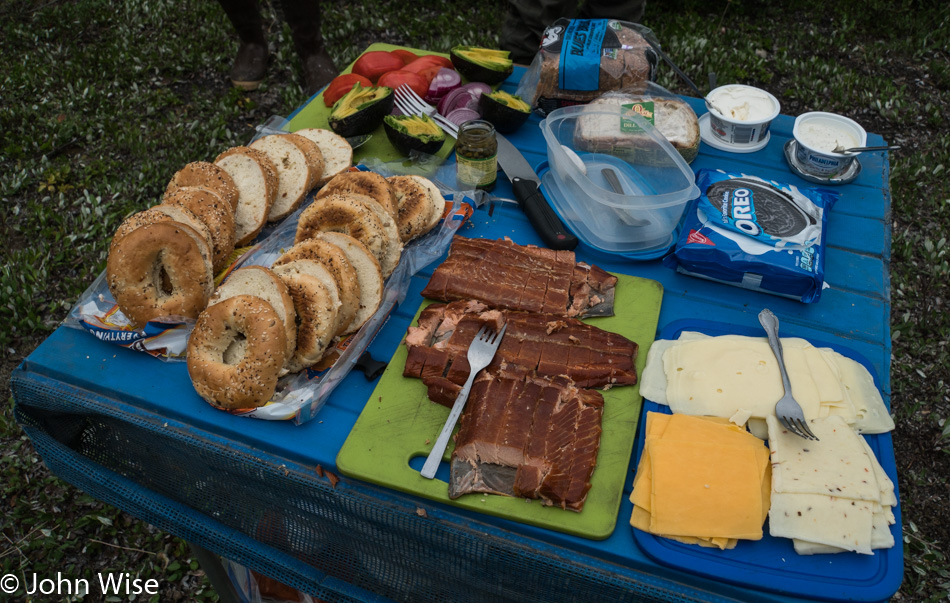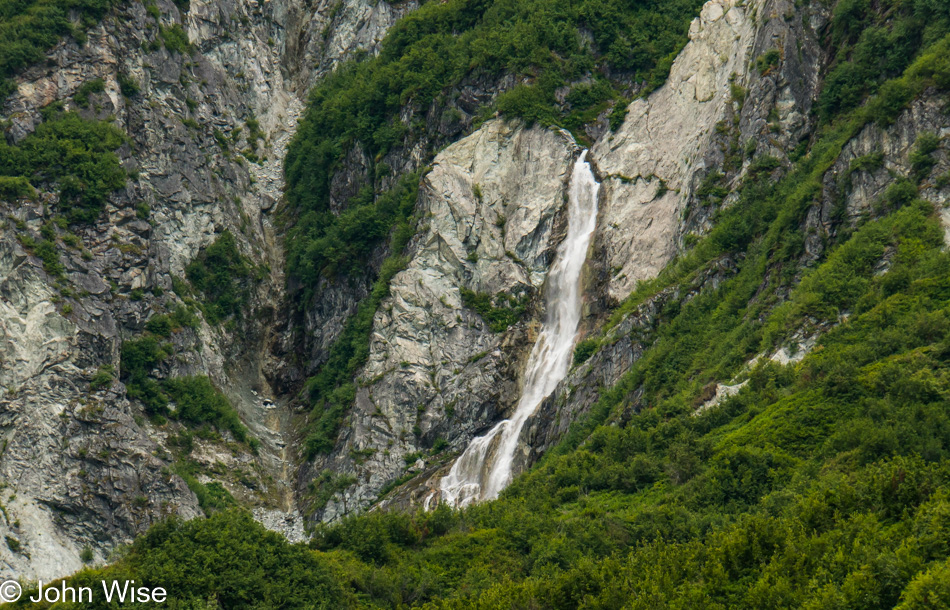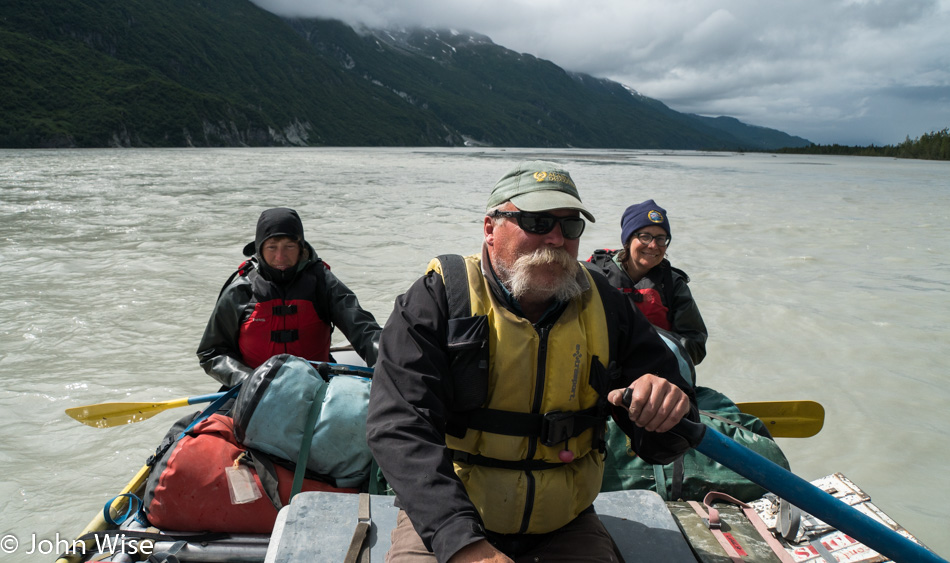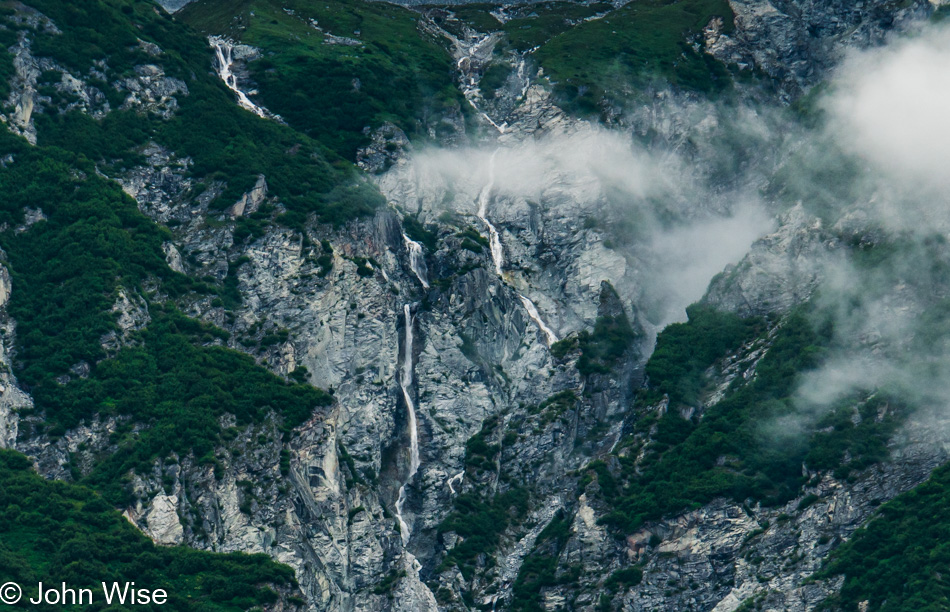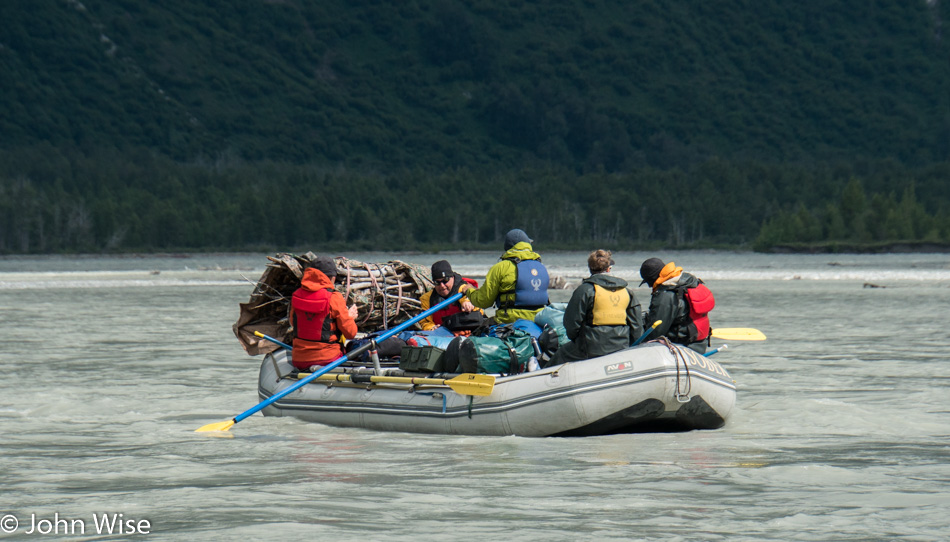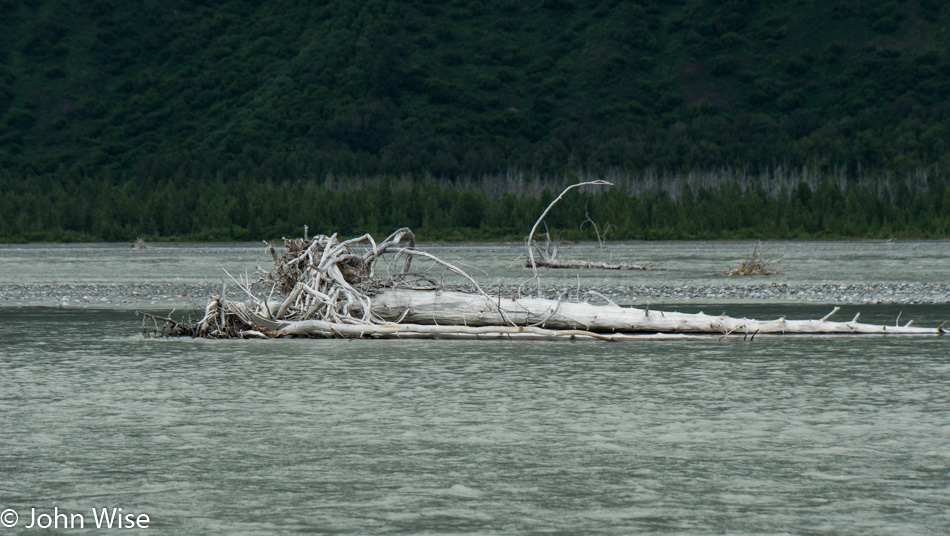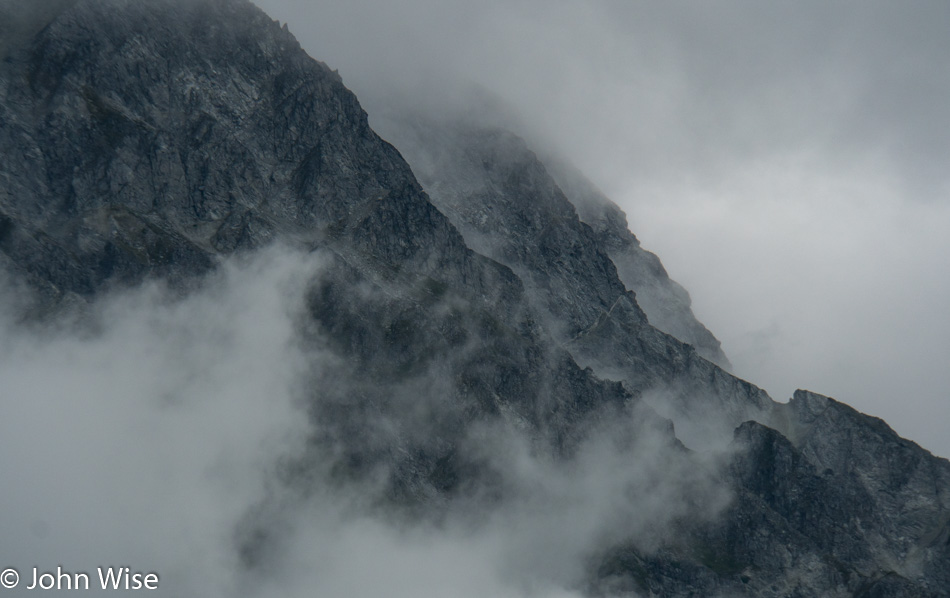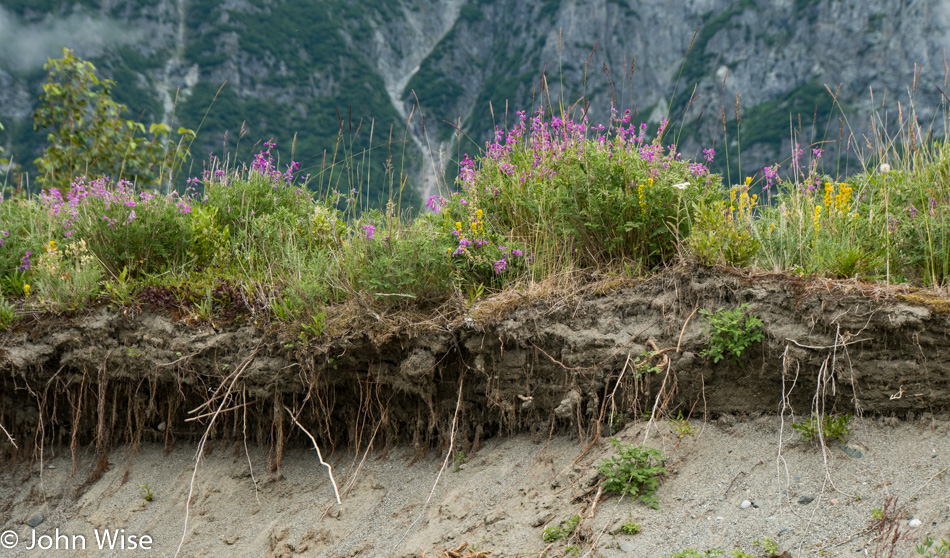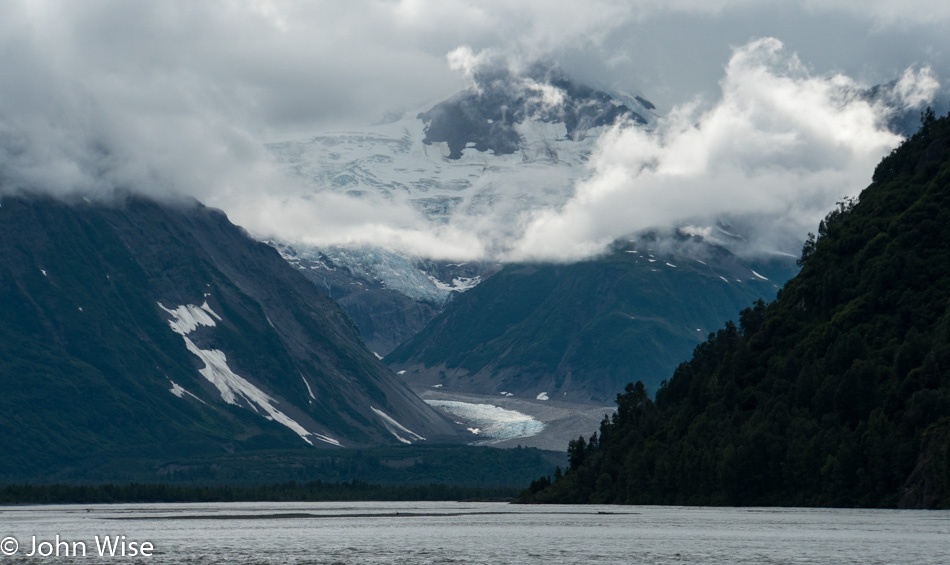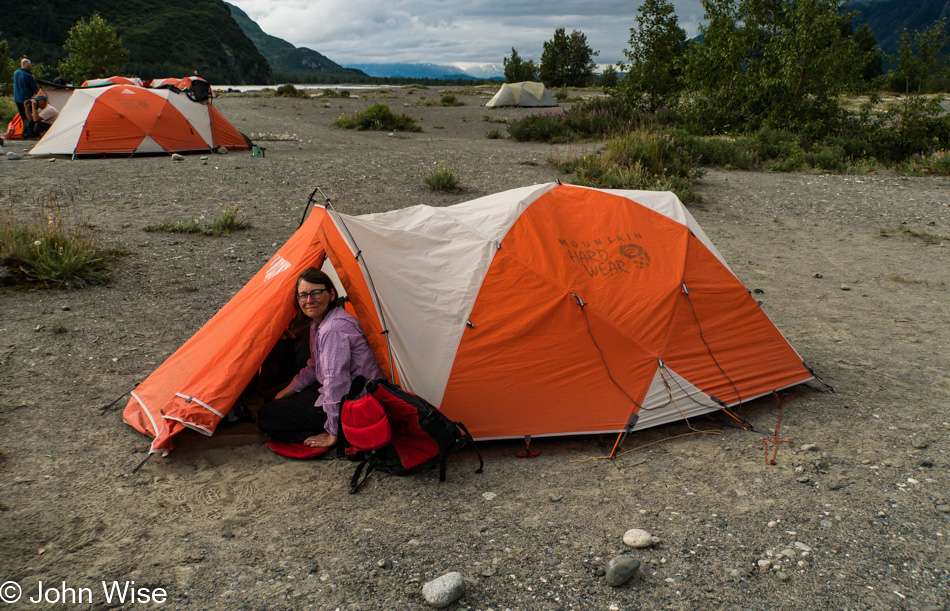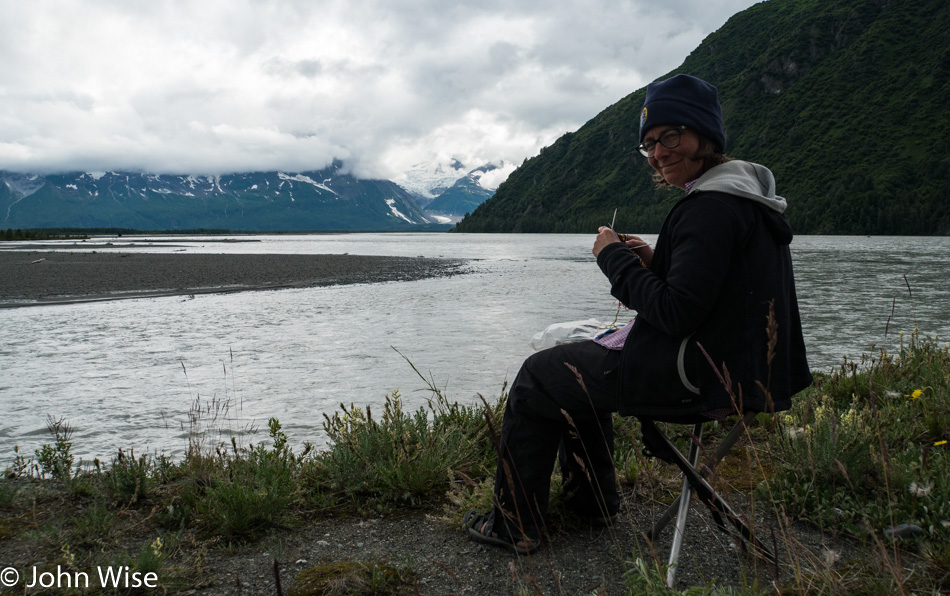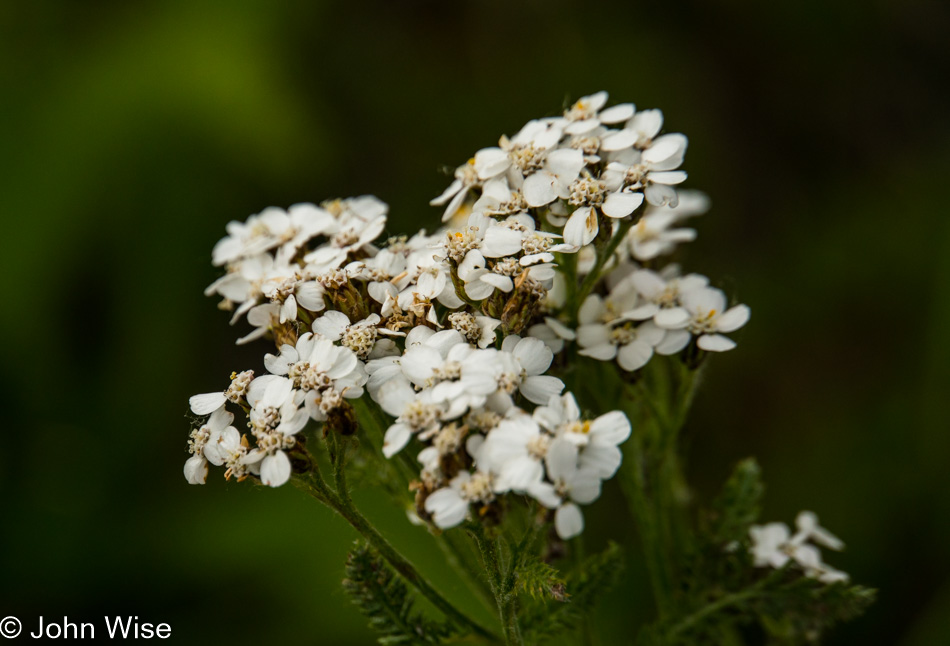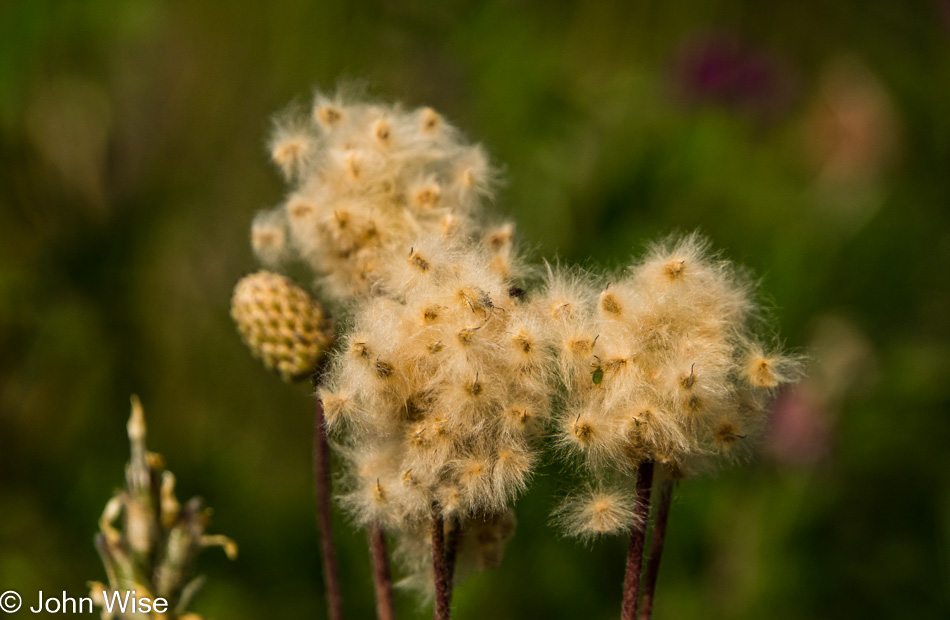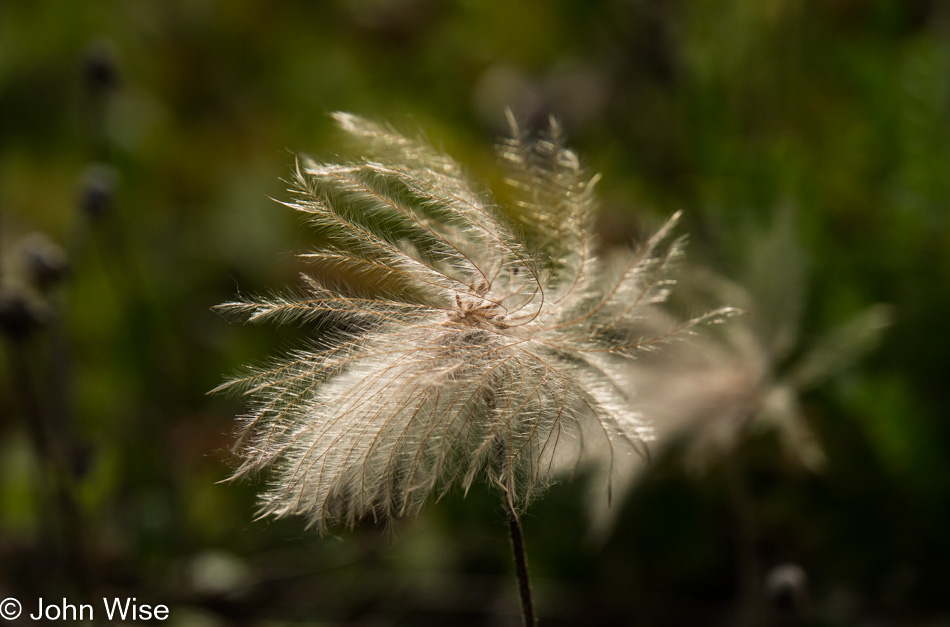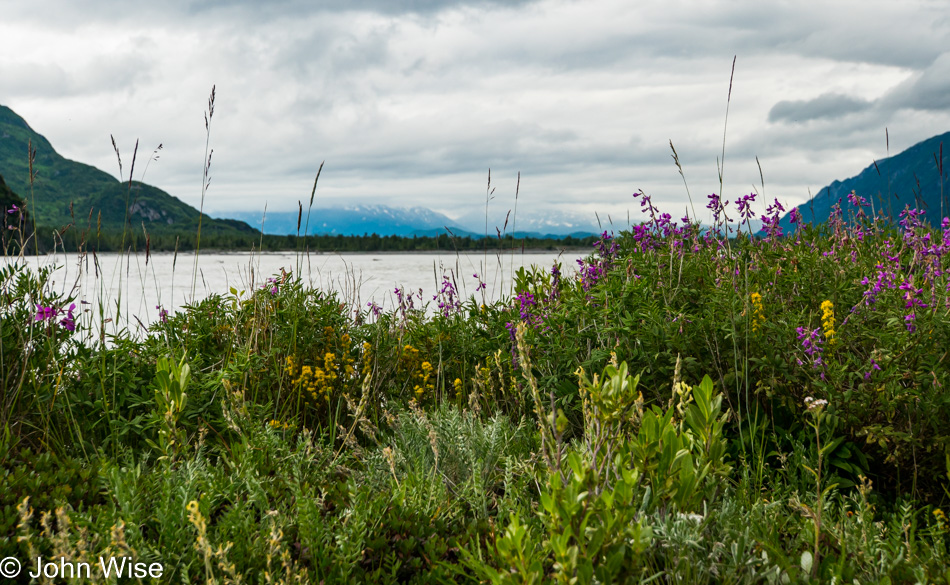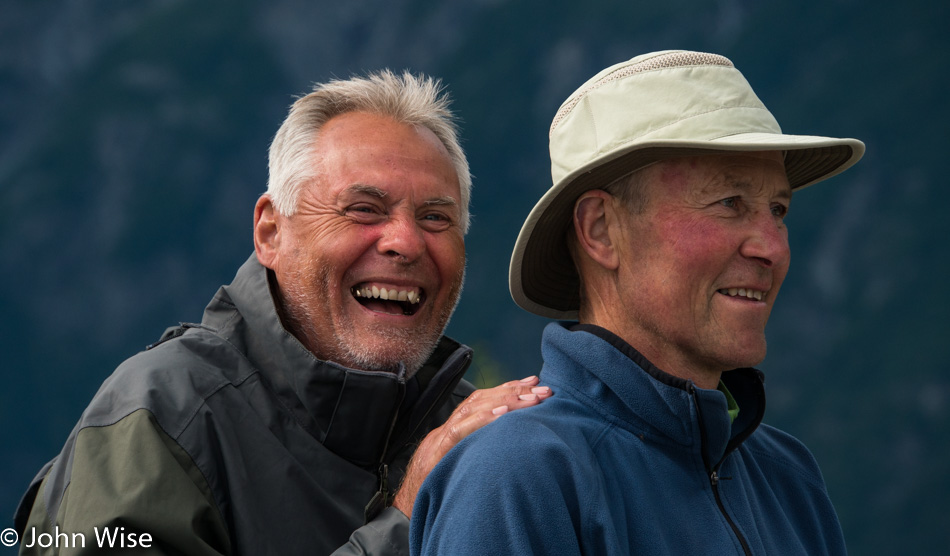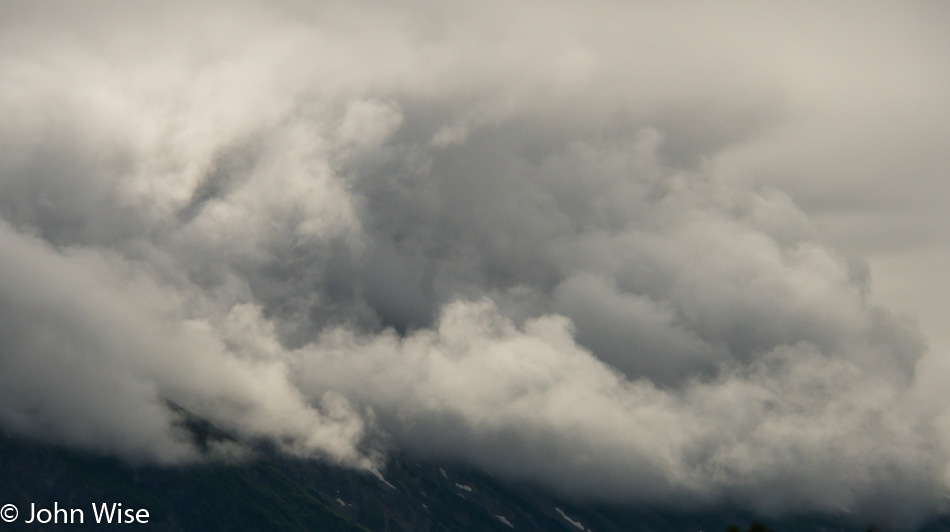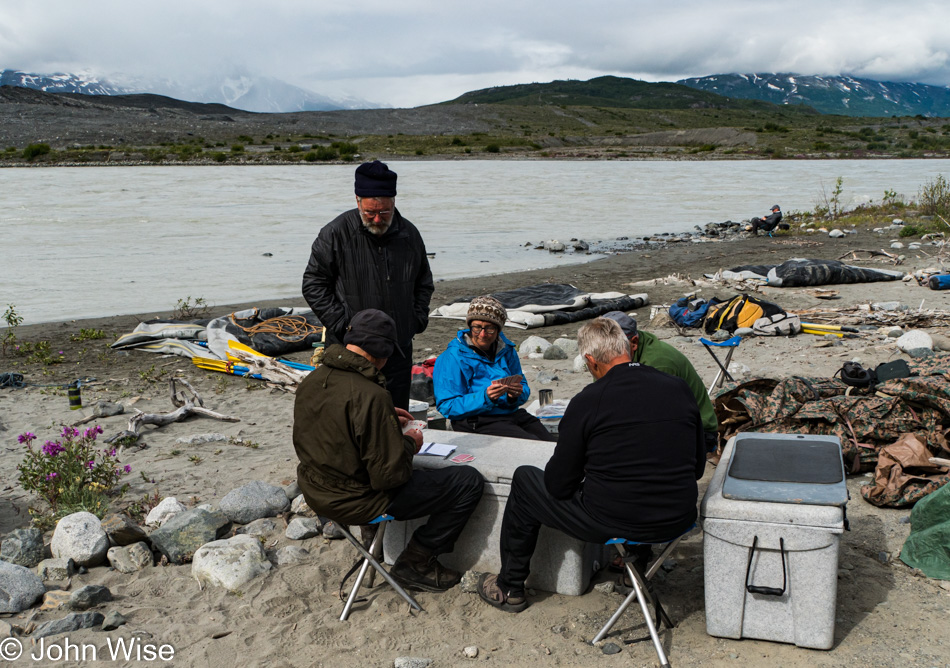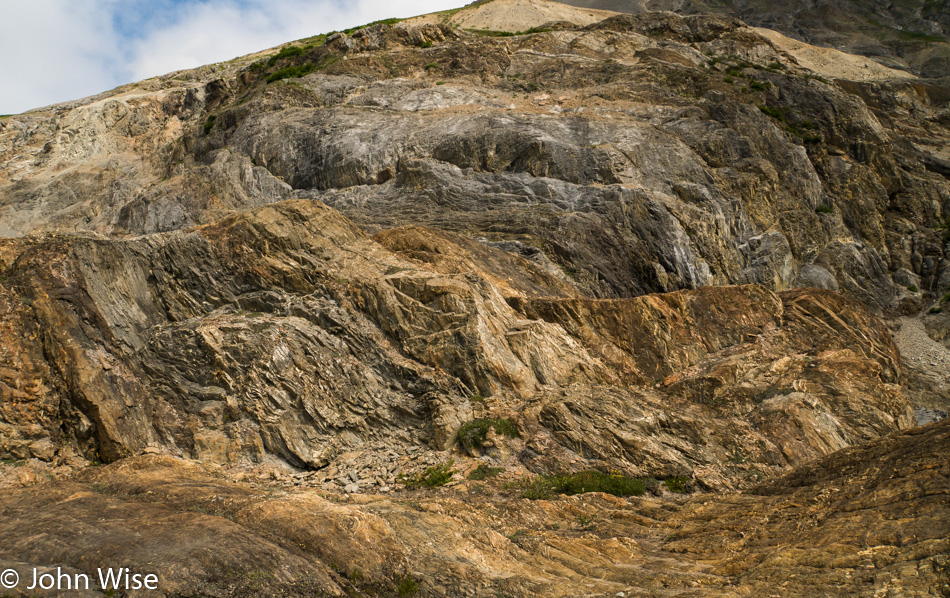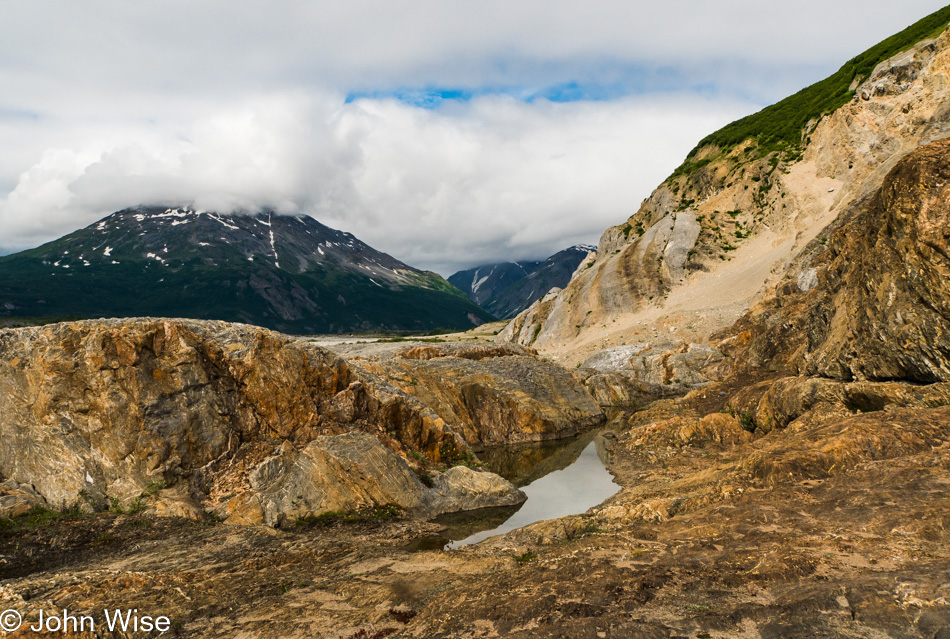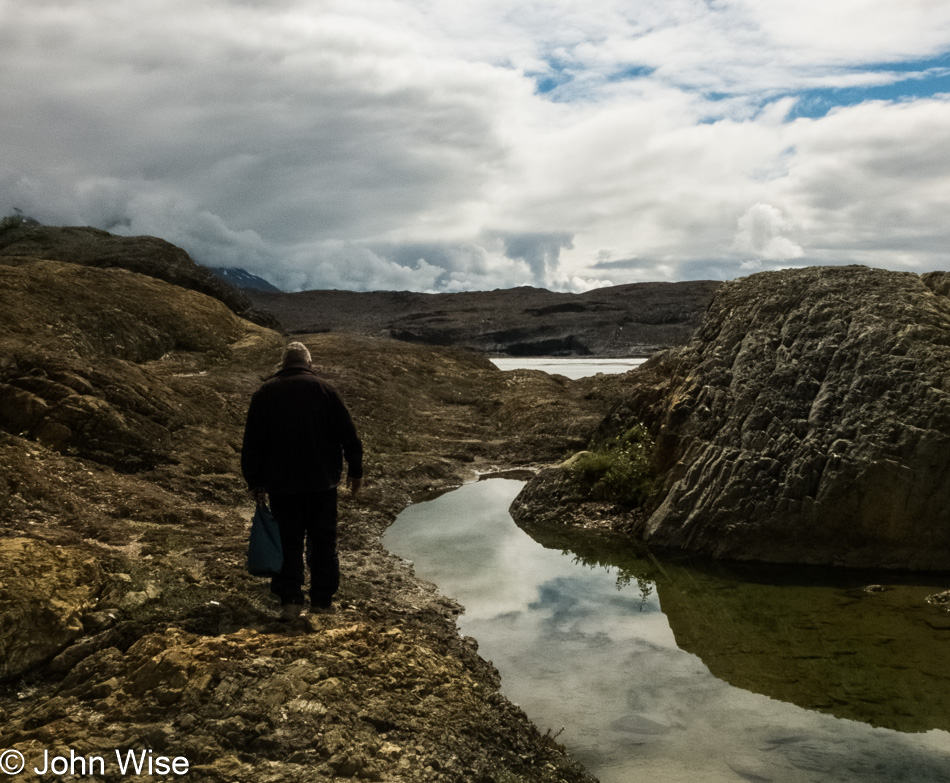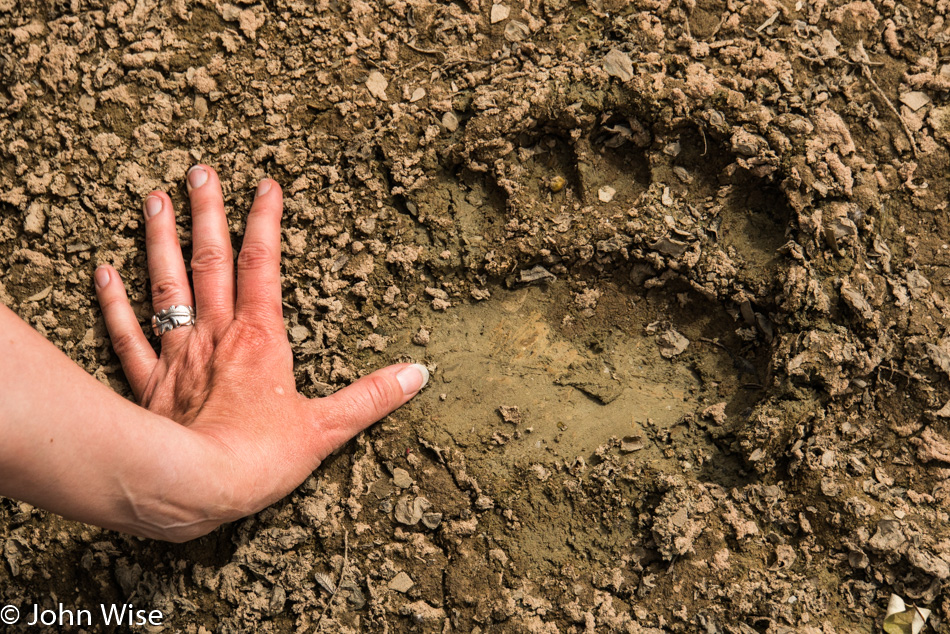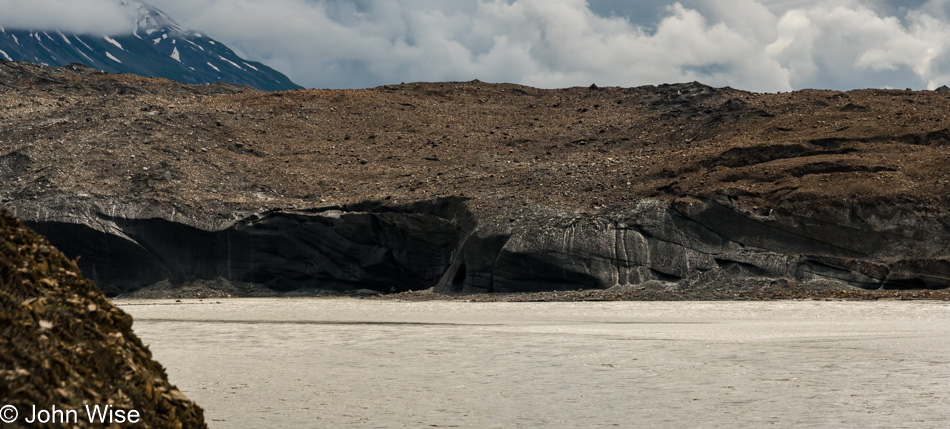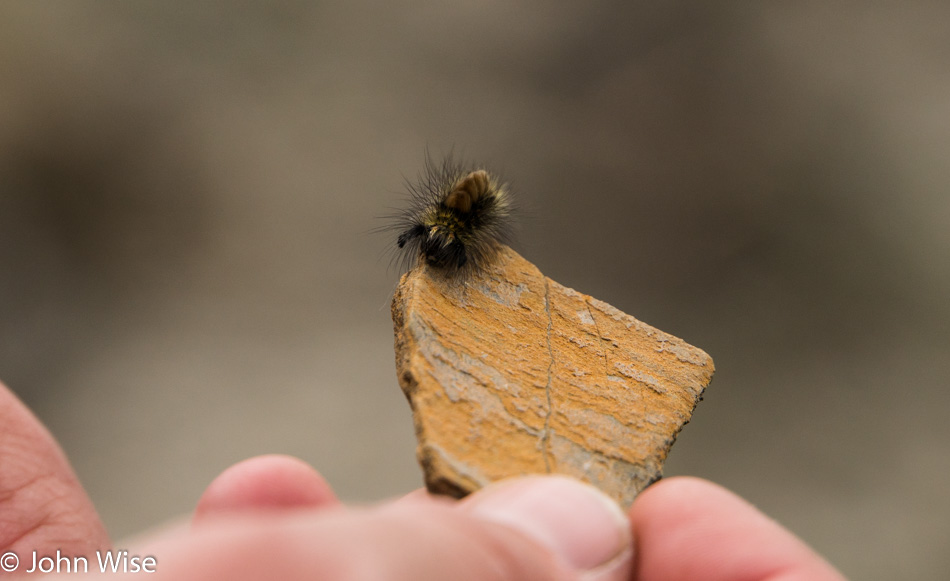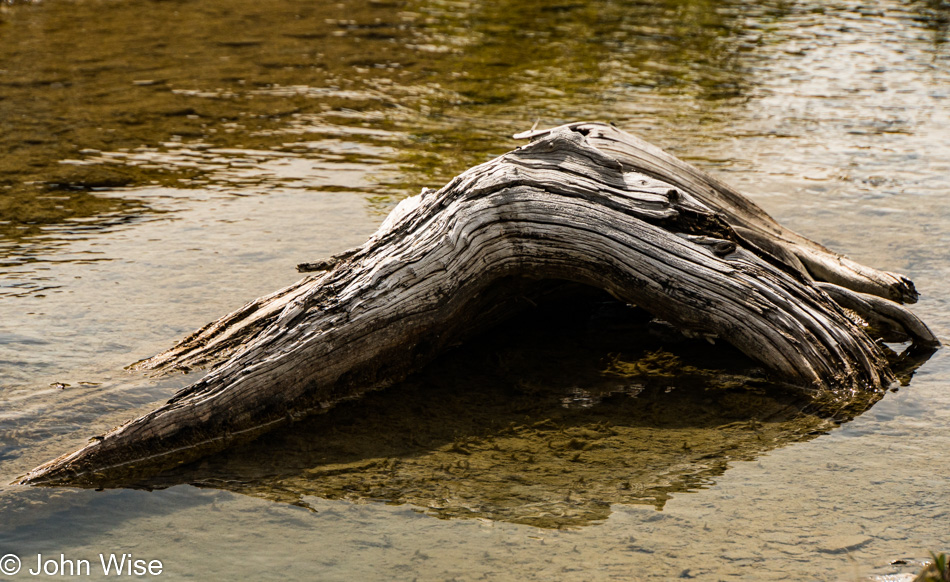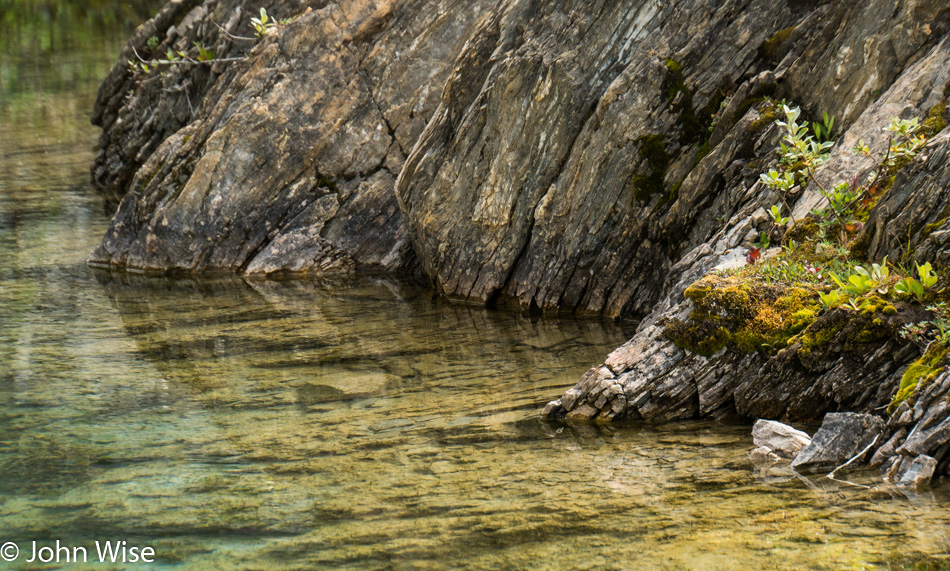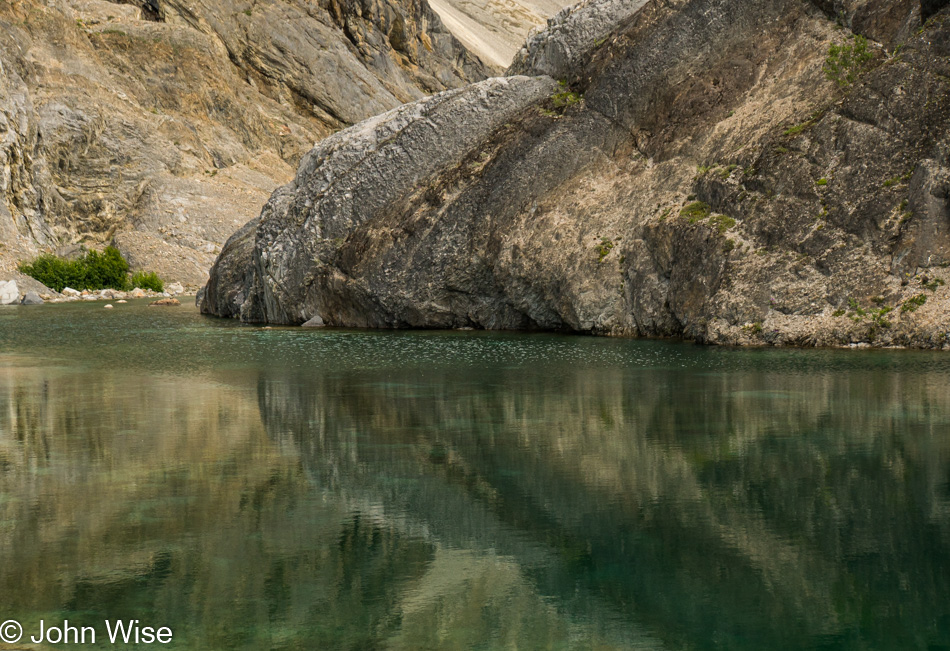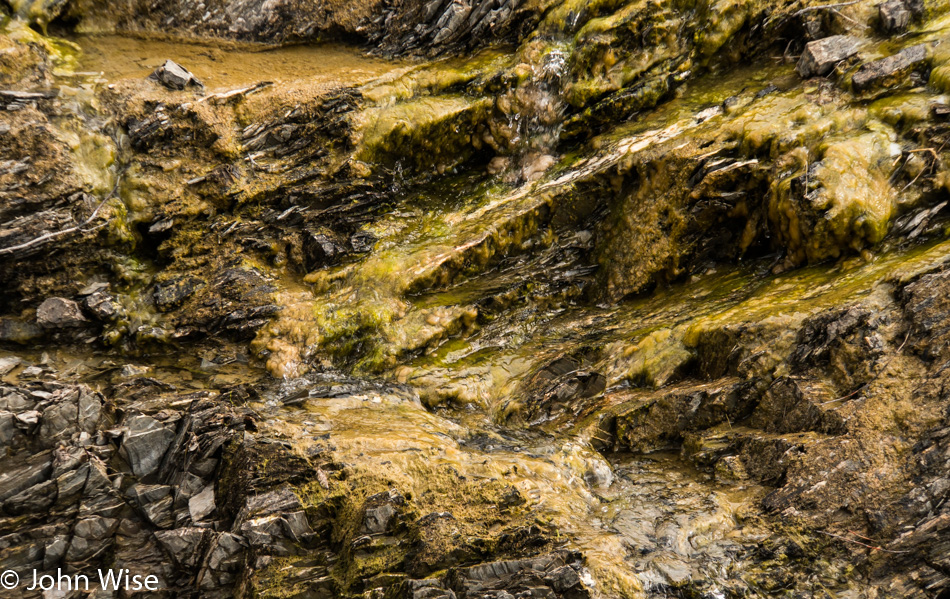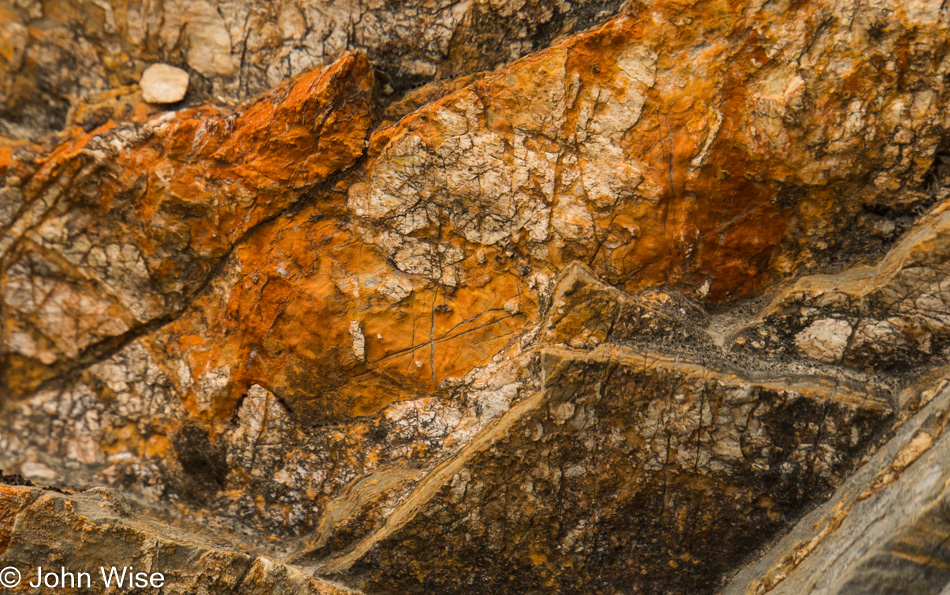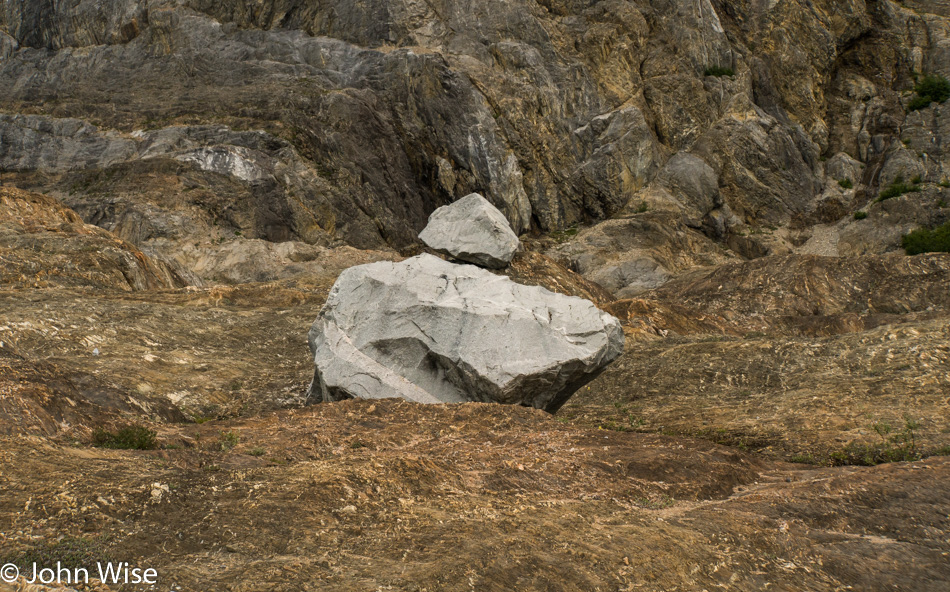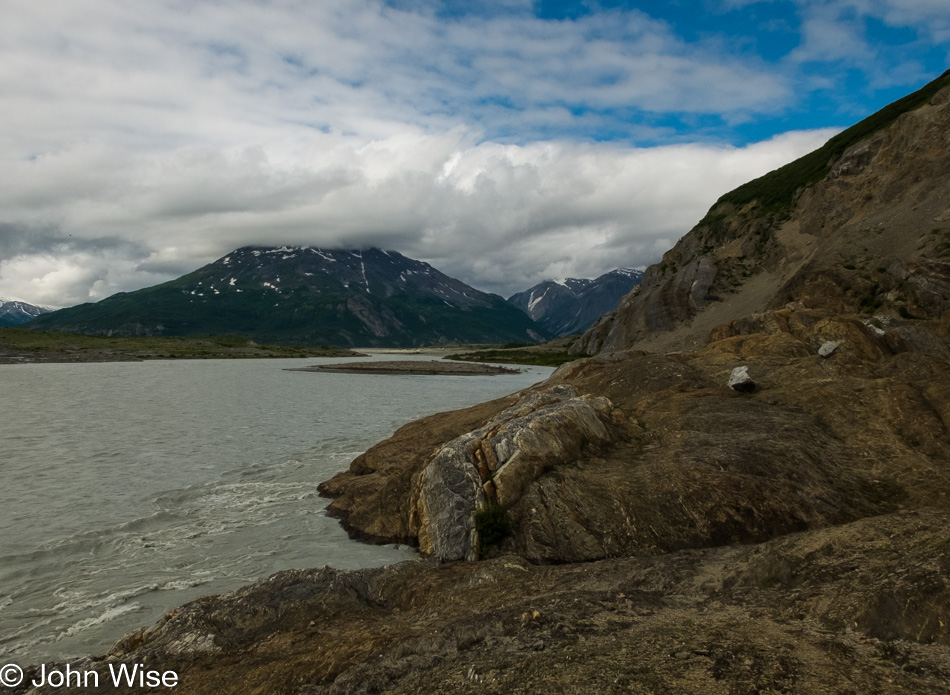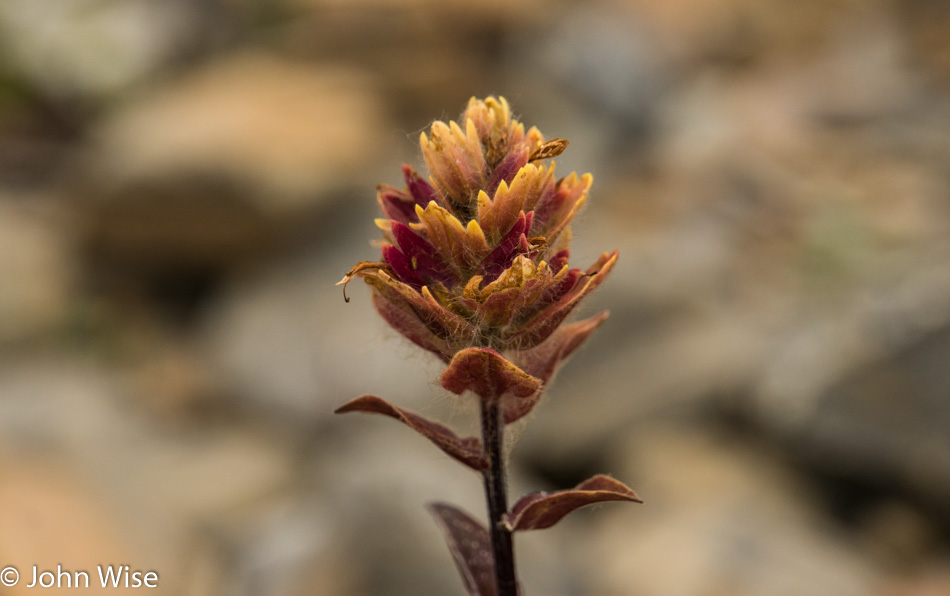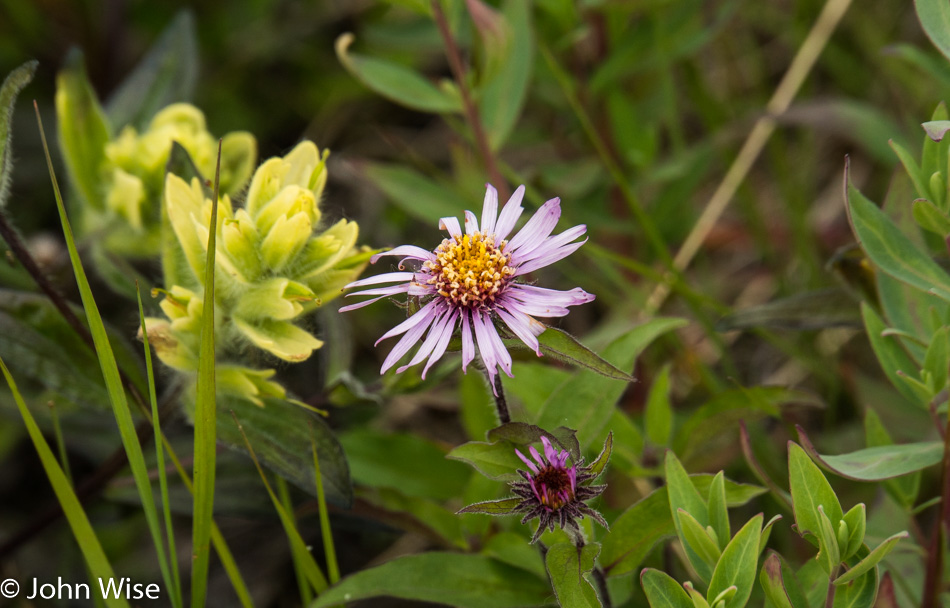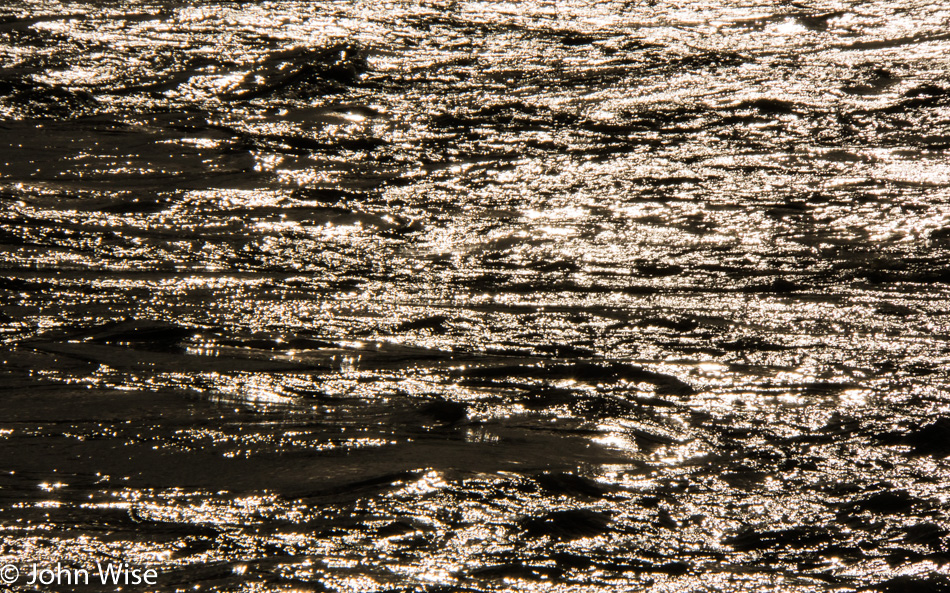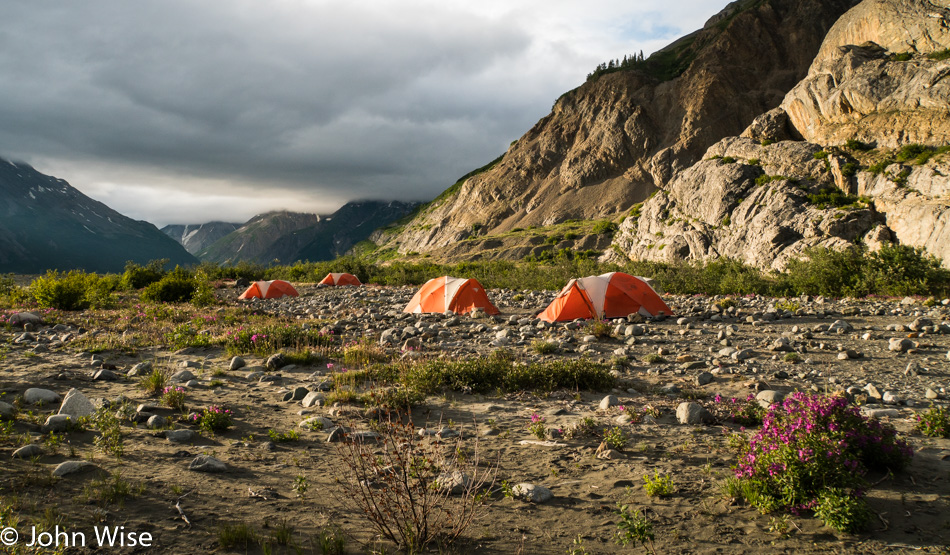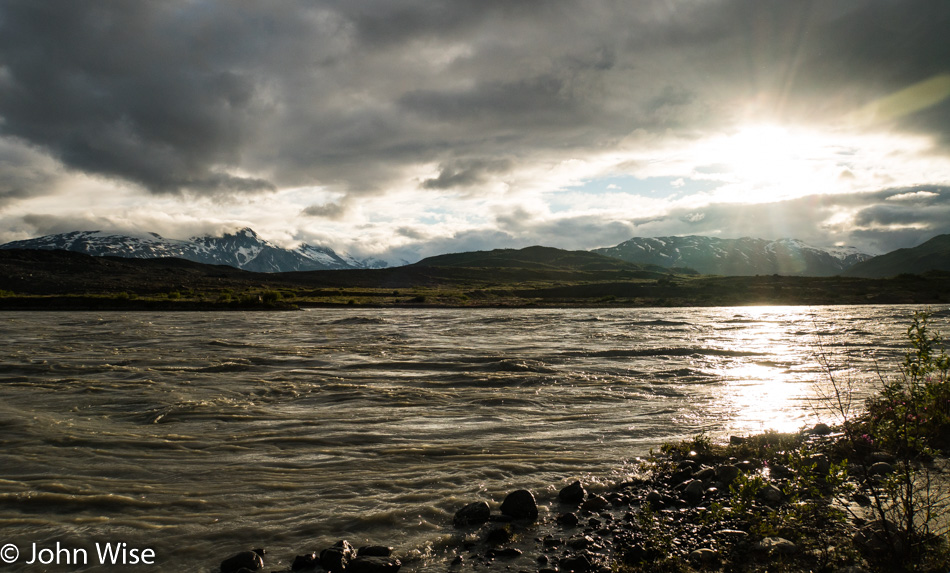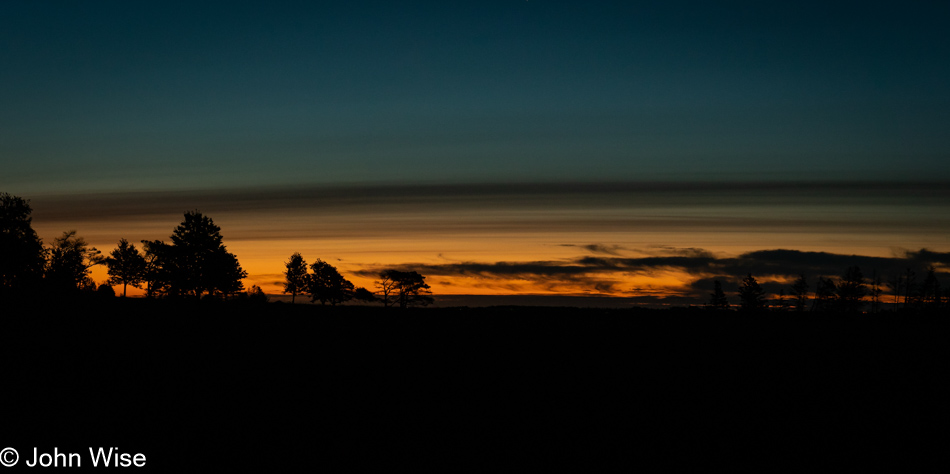
Having arrived on a Friday evening to quiet roads near the end of the main tourist season and waking the next day to gray skies and rain, our impressions were pushed to see Prince Edward Island as a calm, sparsely populated island. Exploring the lands of P.E.I. from east to west under less-than-ideal weather, we had to search a little deeper to find things that lent the island the mystique we felt we had heard of over the years. As Monday morning rolls around and we are soon to depart, the skies are clearing to what certainly promises to be a gorgeous day that we’ll not have the best opportunity to experience.
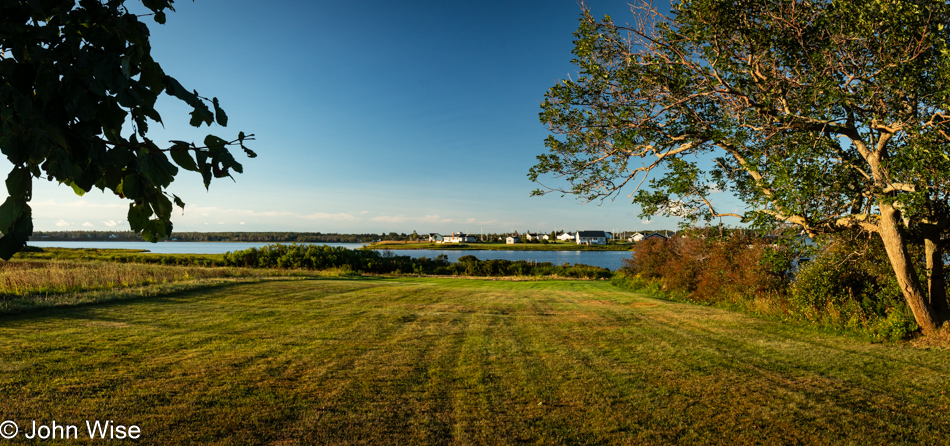
A sleeping giant was hidden during our stay, but these first glimpses of the vibrancy of the environment were striking. If only we had the day, or even half a day, to explore a few of these points along the way, we’d be bound to see the island in a completely new light, but there are no regrets; our visit has been perfect.
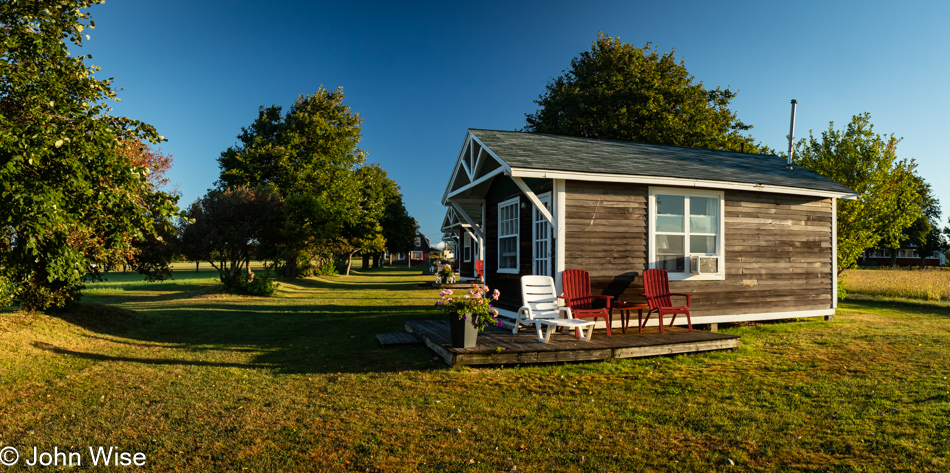
As I roll into this post, I’m days behind in my writing, though this allowed us to pare other photos taken in less-than-ideal situations, such as this one of our cottage, #10, closest to the bay. This will be how I choose to remember our stay here.

The amount of traffic flowing into Charlottetown is mind-blowing. It changes our perception of what we experienced over the weekend, and we can be thankful for not venturing into this historic city center. Charlottetown is a port where cruise ships dock, and we know the crowds that descend into these places, which is not the speed we choose to participate in when so far removed from heavily populated areas.

The town with its redbrick buildings is stunning, and had I made this a required stop in my itinerary, I’m sure we would have loved the place—instead, our experience of P.E.I. is one of a sleepy island already out of tourist season and starting to nest for the long winter.

Oh, a dandy example of a cathedral, actually it’s St. Dunstan’s Basilica, but that’s only a matter of semantics.
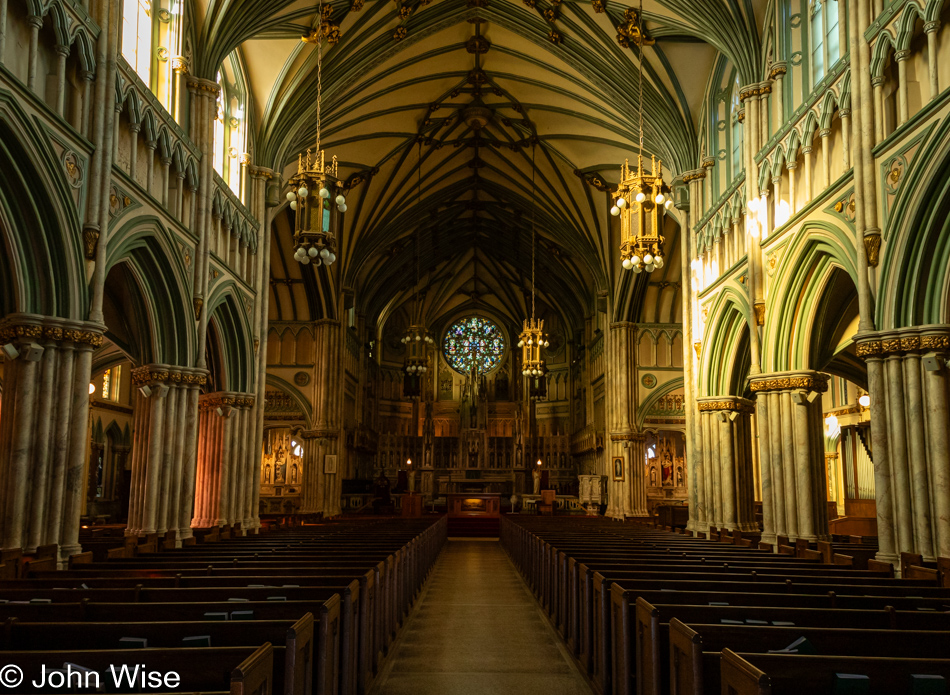
If I’ve said it once, I’ve said it a thousand times: I’ve never stepped into a cathedral (or basilica) that I didn’t love. Thinking about it, I don’t think humanity has often made more interesting buildings.
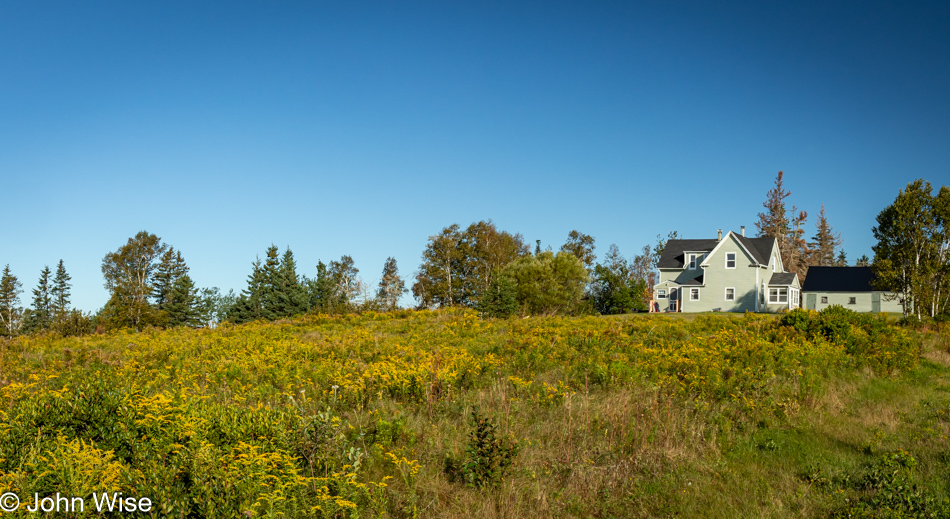
While the solitude spoke volumes to Caroline and me, the verdant landscape seen under the sun shows us the appeal that draws people to this distant, idyllic corner of Canada.

Goodbye, for now, Prince Edward Island. Last night, considering our travel options, we decided to take the ferry over to Nova Scotia instead of driving back over the bridge we arrived on. This is the largest ship of its kind that Caroline and I have used to ferry somewhere else together. We will be aboard for approximately 75 minutes.

This was the last of several lighthouses we visited on Saturday, the Wood Islands Lighthouse, as seen from a wholly new perspective.

It was a glorious travel day to be crossing the Northumberland Straight.
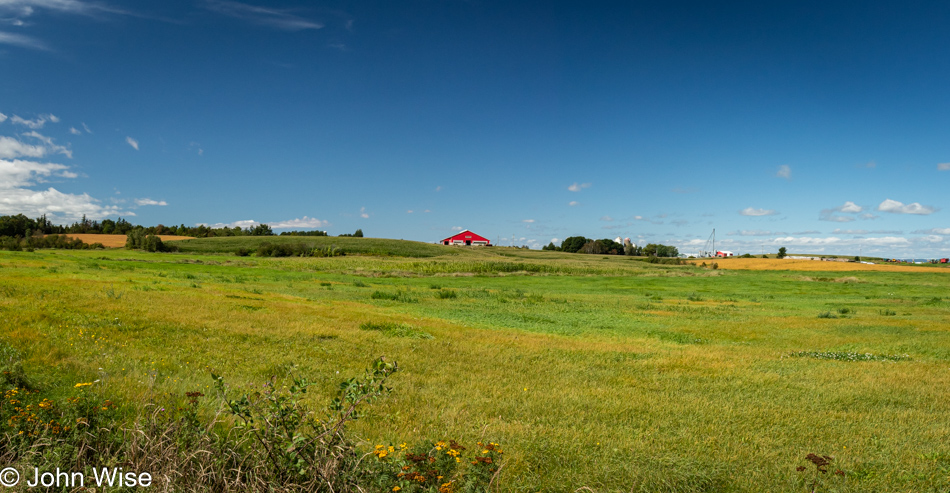
After landing on Nova Scotia, we were thrust onto a major highway immediately, and it wouldn’t be until we were well south that we left that roadway and made our way over to the village of Old Barns. Yep, that’s its name.

We went looking for a view of the Bay of Fundy down a back road, and all we found were these cows.
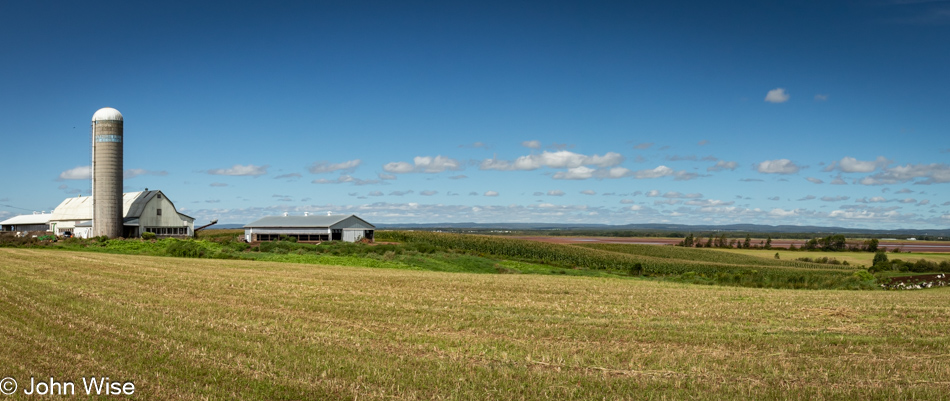
Still, on those back roads in Old Barns, we found our view of the Bay of Fundy, but as a tiny sliver of red earth on the right side of the photo, you’d never know it was there.
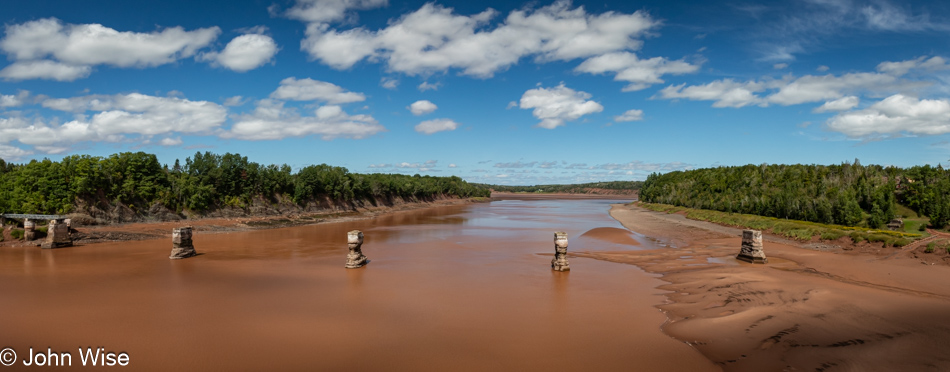
This is the Shubenacadie River in South Maitland, very close to where it flows into the Bay of Fundy and also where we were offered our first glimpse of how different the tidal levels are in this area. As it turned out, this spot on the “Shubie” is a great place to witness the bay’s tidal bore. When the tide rolls into the mouths of rivers at the narrow end of the bay, you’ll see a big wave coming through here, going in the “wrong” direction. An interpretive center nearby explains the phenomenon and lists the best times to view the bore. We were here at the wrong time, of course, but that doesn’t make the river and its banks less scenic.

We scour every inch of what we see, looking for the signs that remind us that we are exploring Nova Scotia. Will the Frieze & Roy General Store in Maitland do that for us? One never really knows where the most valuable reminders will be found. This store is famous for being the oldest store in the province. We ventured inside, and Caroline bought a bag of ketchup-flavored potato chips, which are clearly very popular in Canada. As are potato chips in general. Unfortunately, a few days later, we found that when the bag was left open, they made our car smell like someone had forgotten a hotdog from a baseball game under the seats, overpowering the fresh scents from the soaps we bought yesterday.
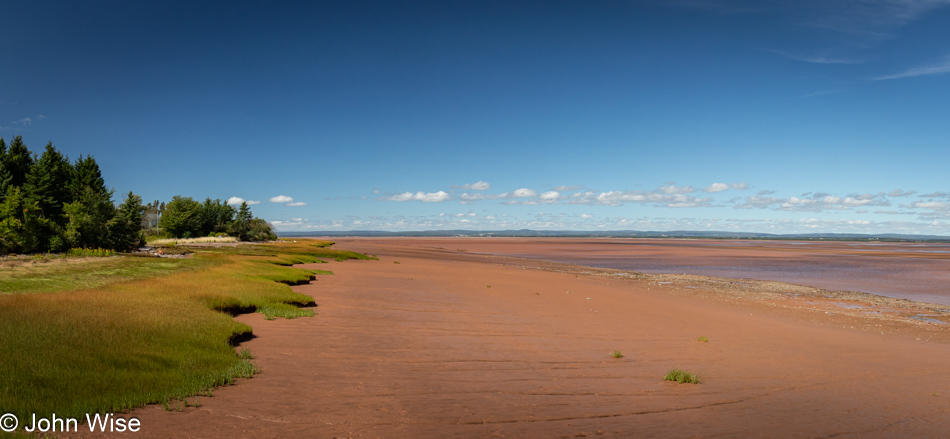
A roadside sign at Dawson Dowell Park, also in Maitland, told us that amazing views of the Bay of Fundy were just over a berm, that view didn’t disappoint.
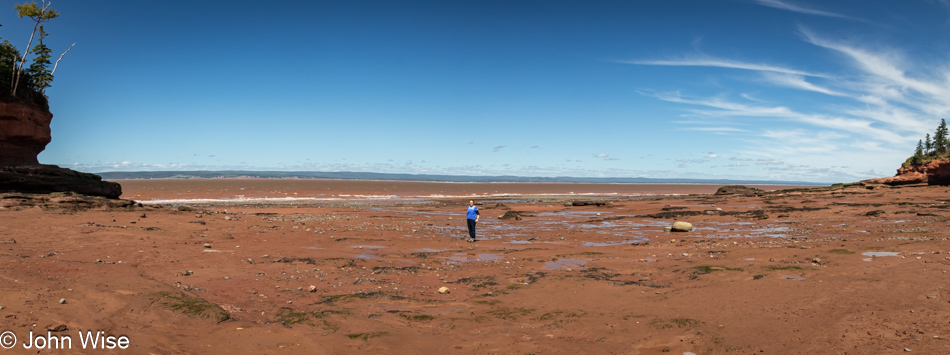
Burntcoat Head Park in Noel might be one of the more famous locations to witness the change of tides in the Bay of Fundy (it lays claim to “the world’s highest tides”), but the commitment required to witness the change from low tide to high tide is a matter of time that we do not have today. Caroline is standing on the sea floor, though maybe some hours ago, she could have ventured out even farther. Compared to low tide areas we have seen on the Oregon Coast, there is not a lot of sea life to be seen, maybe because the constant extreme changes in water levels don’t allow as many organisms to put down roots. There were, however, signs asking visitors to stay away from tide pools in several areas, which are habitats for the Atlantic mud piddock (an endangered clam). These clams live in burrows in the sand, so their presence was not obvious.
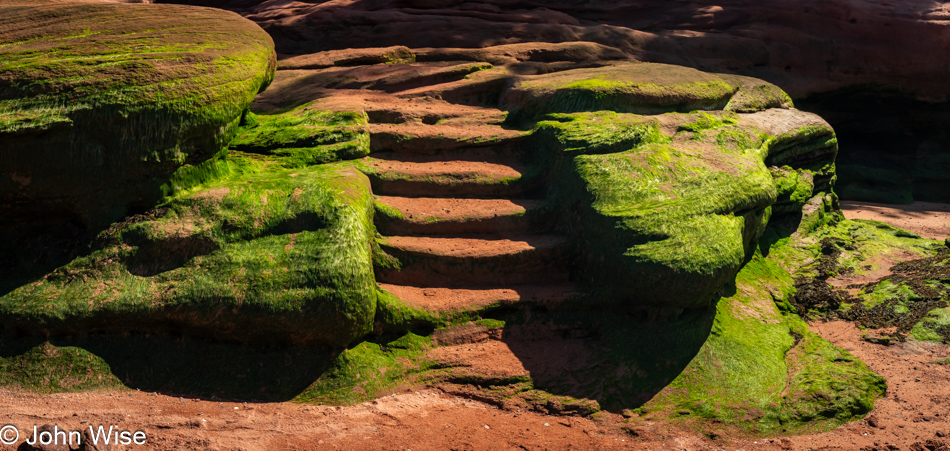
It seems obvious that these stairs spend a lot of time underwater.

There’s a small replica of the lighthouse that once stood here at Burntcoat Park, and while it’s okay, it was the couple pounds of Gravenstein and Cortland apples that would become part of breakfast at some point, just as the blueberries from yesterday joined our granola this morning.
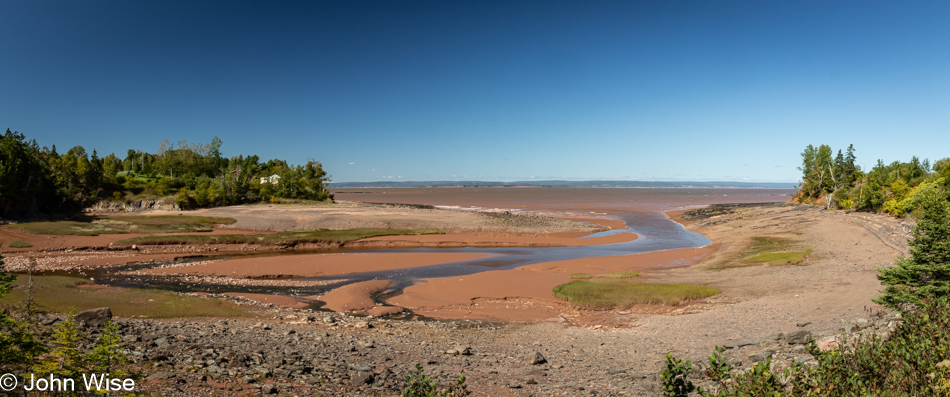
If for no other reason than to witness the full effect of the changing tides, we’ll hopefully one day make our way back to see for ourselves the work of the Bay of Fundy. This view is from a bridge at Tennecape.

We’ve collected so many visits to various lighthouses that by this time, we took on the challenge of making a detour to see the Walton Lighthouse. While the door was open, there was no visiting the upper part of the tower.

I missed this sign as we passed by, but Caroline didn’t, and she wanted a photo of it. One has to wonder how many hundreds of millions below a billion served is the actual number. If I had to guess, I’d say they may have served thousands, if not tens of thousands, of burgers, or maybe they were referring to whoppers of lies. We were ready to give the Walton Whopper a try, but the pub wasn’t open.
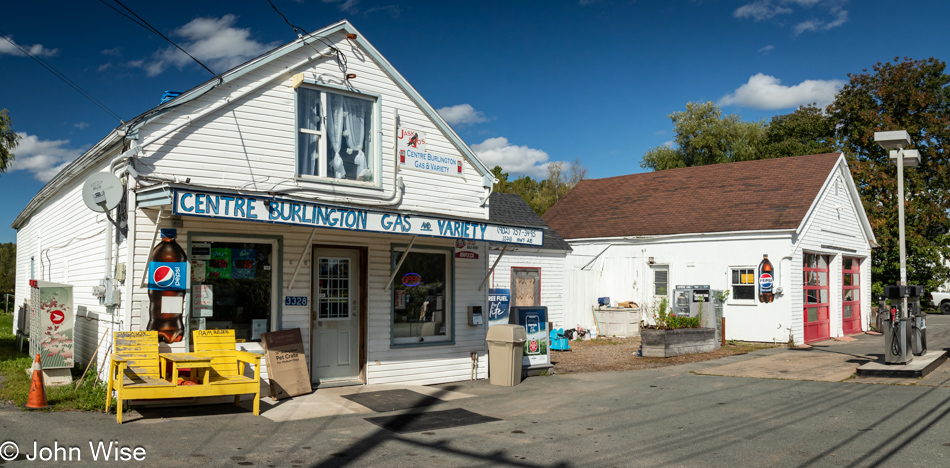
Hungry and intrigued by the old buildings, this would have to suffice as the next best place on the road to grab something quick to eat. We discovered a Fritos bag among the chips that we couldn’t pass up since we’d just run out of the bag we’d brought from home, and the ketchup-flavored chips just weren’t for me. [And sadly wouldn’t become a favored thing more me either – Caroline]. I also bought the spicy sausage and cheese stick combo from McSweeneys that had expired a month before, and apparently, I survived eating it.

We had pulled into Annapolis Royal to see what was what, seeing I had put it on the itinerary as potentially having some interest to us. I couldn’t be sure what that attraction might have been. In the four months between making these plans and now carrying them out, a lot of water has passed under the bridge of consciousness, and my itineraries do not go into excruciating details about everything we might encounter. Maybe this way, once the days arrive when we are seeing these towns, enclaves, and parks in person, there’s an element of surprise that we should be finding this or that, such as this lighthouse.

There’s little left of the original Fort Anne built by Scottish settlers back in 1629, and the museum was already closed, but what there is was explored by our hungry senses to absorb all we can, make notes, and take photos. If, at a future date, we should learn more about the historical events that occurred here over the centuries, we’ll have some frame of reference and likely wish to have arrived at a time when the facilities were open, but this is the nature of moving into an environment as it unfolds and discovering. [Fort Anne saw a lot of action in its time and switched back and forth between English and French control in the 17th and early 18th centuries. It is Canada’s oldest extant fort. – Caroline]

The fort’s powder magazine from 1708 is the oldest building administered by Parcs Canada. It didn’t look as though it was visitable at any time as the door was loaded with cobwebs and obviously hadn’t been opened in a good long time. It was nice that we were able to explore the grounds and the outsides of the buildings after the historic site had closed. It is a beautiful park in and of itself.
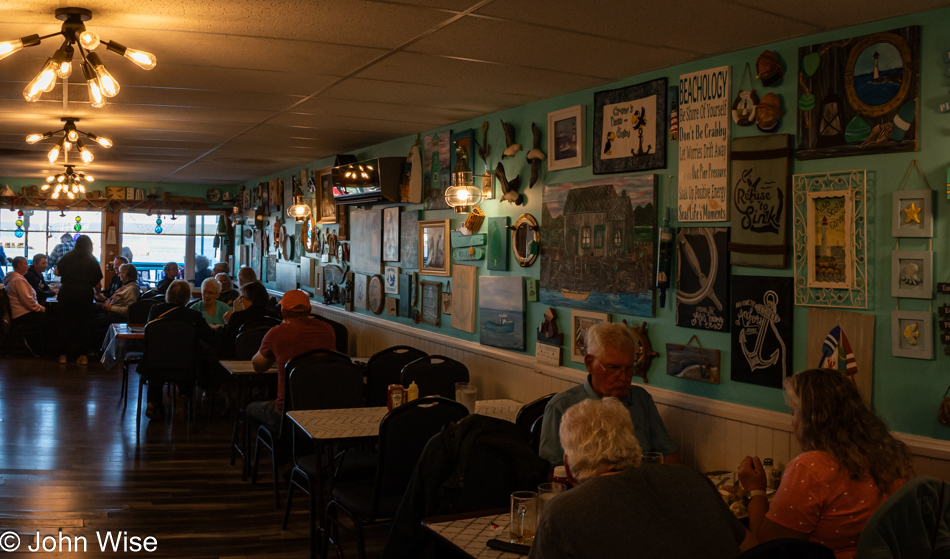
Tonight, our hotel is in Digby, where we are also having dinner at the Crow’s Nest, a popular joint for scallops. It is scallops that are the basis of the fame that Digby claims. The location on the bay, the excitement of our first dinner in Nova Scotia, and the fact that we love scallops made up for the truth that the scallops I make at home are better by a long shot compared to what we dined on here. Jeez, John, it sounds kind of petty now that I read what I just let flow from my fingers, but not every meal can be a culinary conquest, and maybe a reputation is oversized due to the grand location that is lending so many other positive impressions.

What is it about red boats, red houses, and red barns that illicit our appreciation in ways that other colors fail? Sure, when one is in Pacific Grove, California, the contrast of the rainbow palette of hues used to paint those colorful homes has its own unique impact, but there’s something about the blood red and rust color of red that resonates in inexplicable ways, speaking to something seemingly deeper within us, at least for me.
